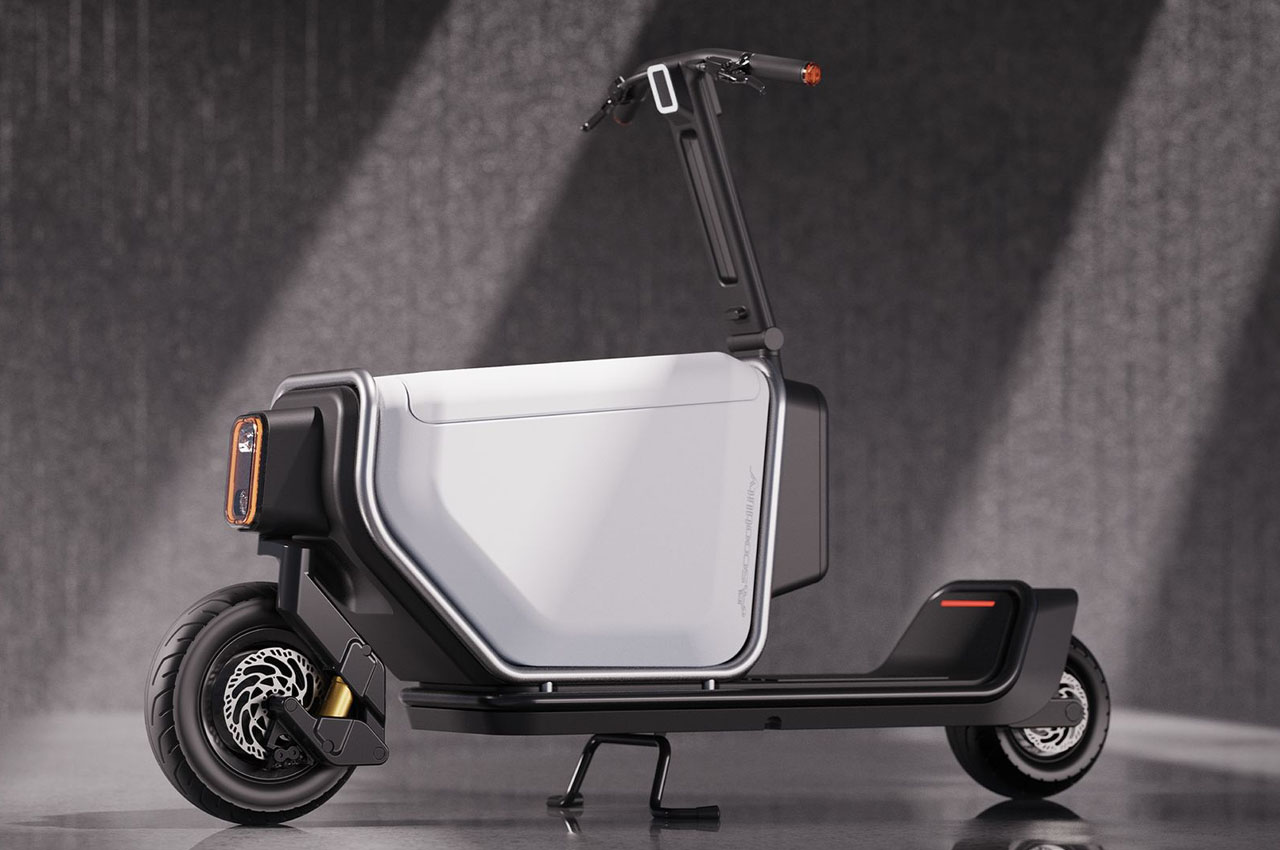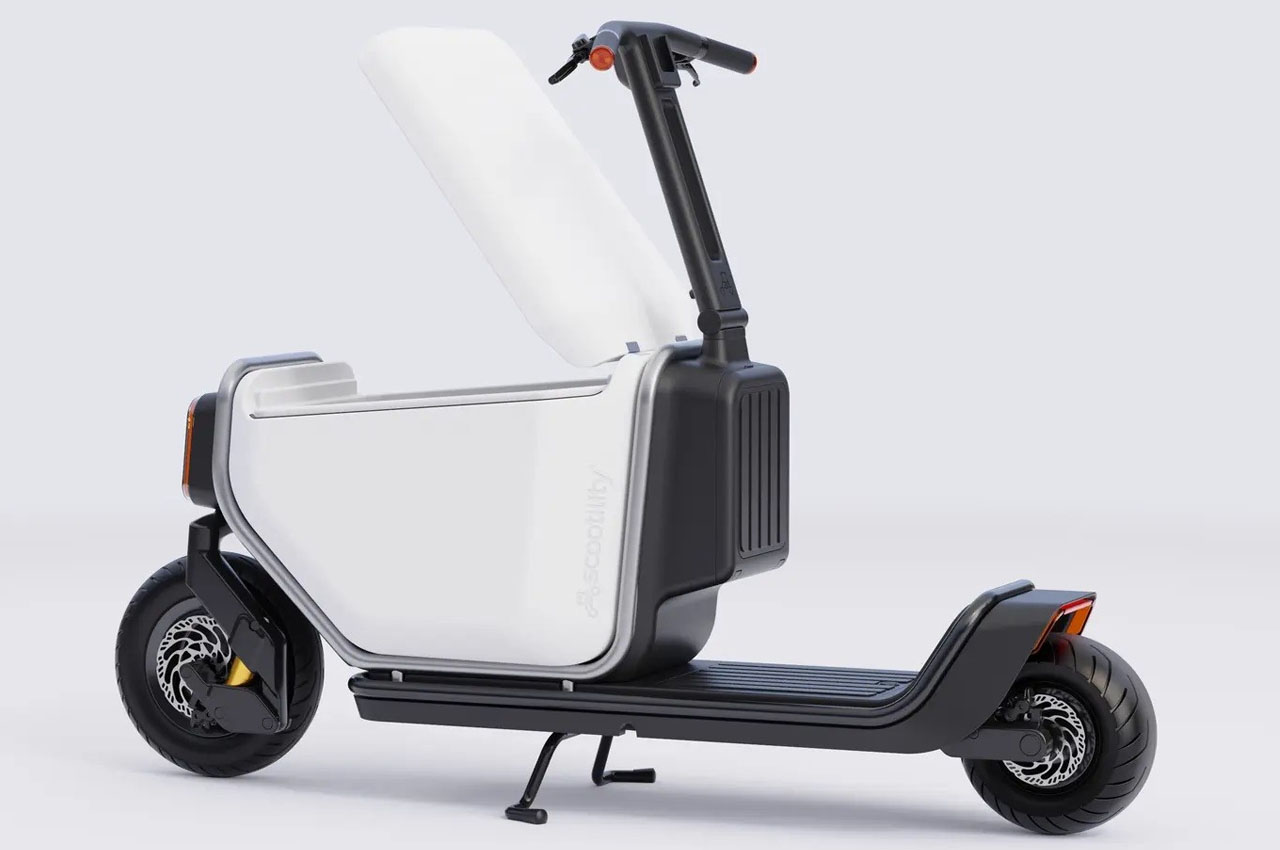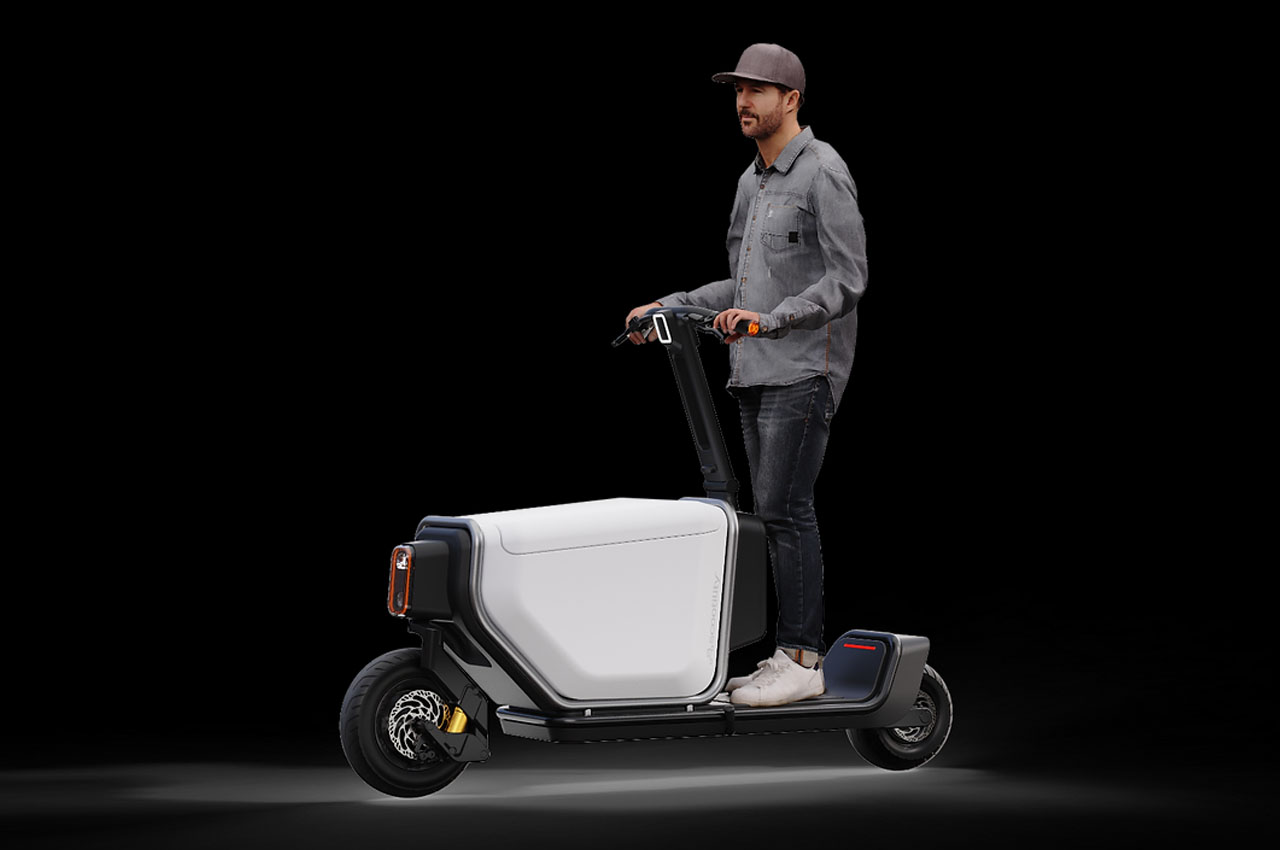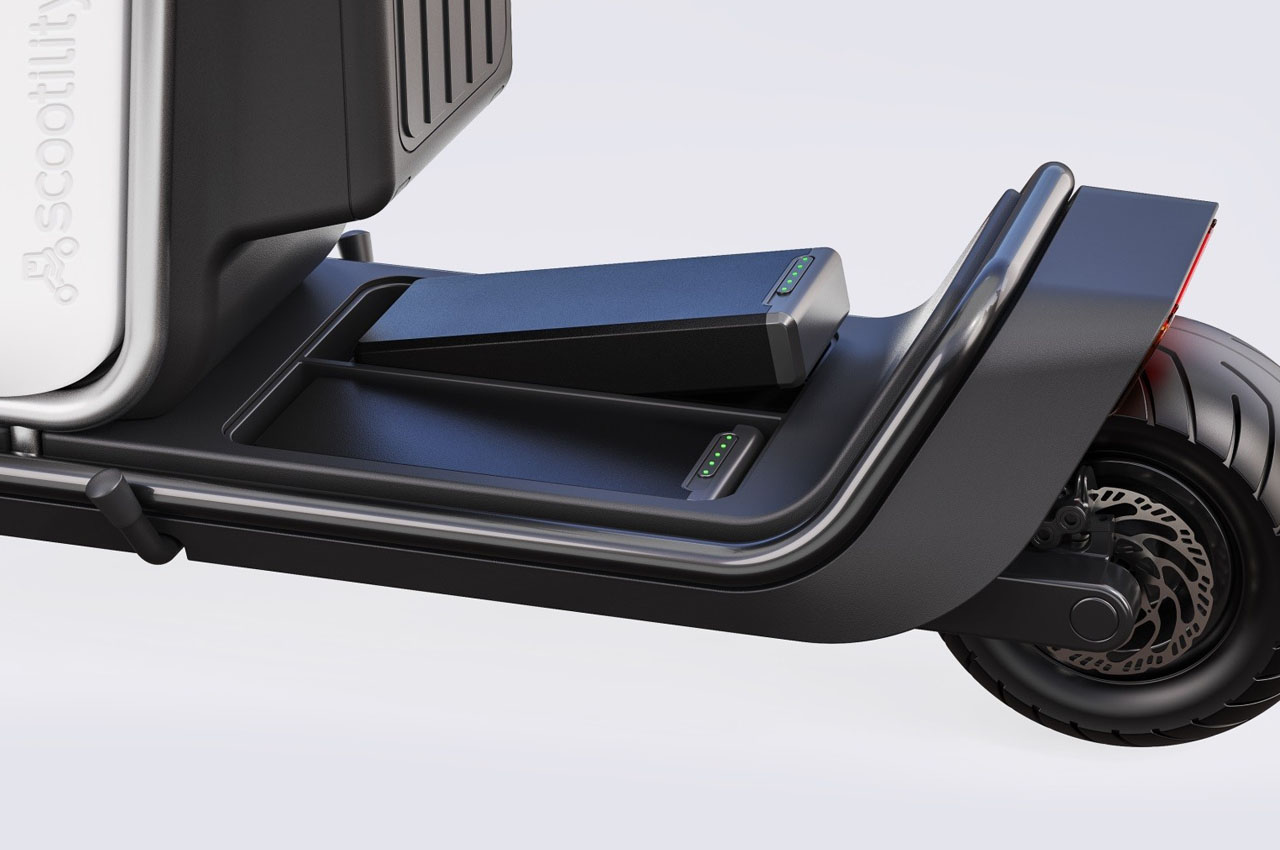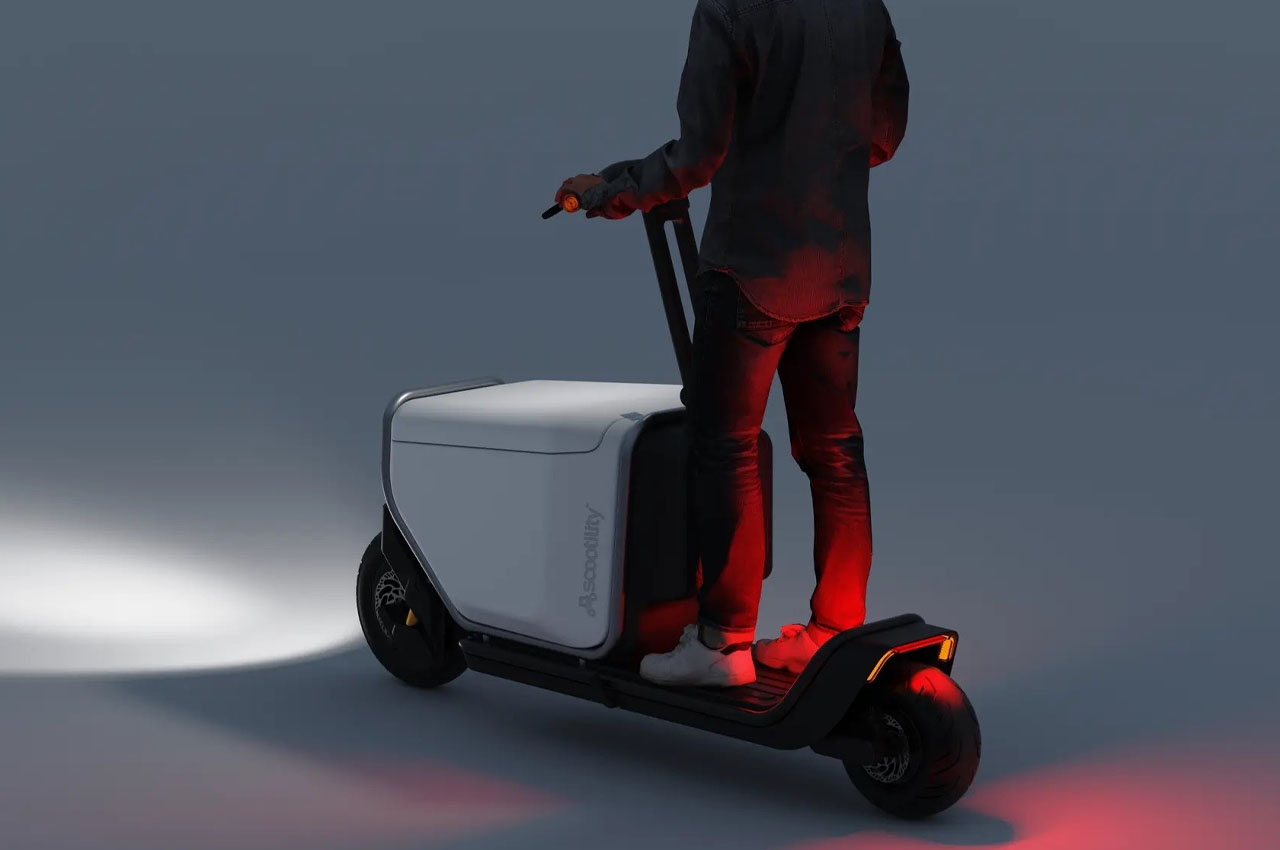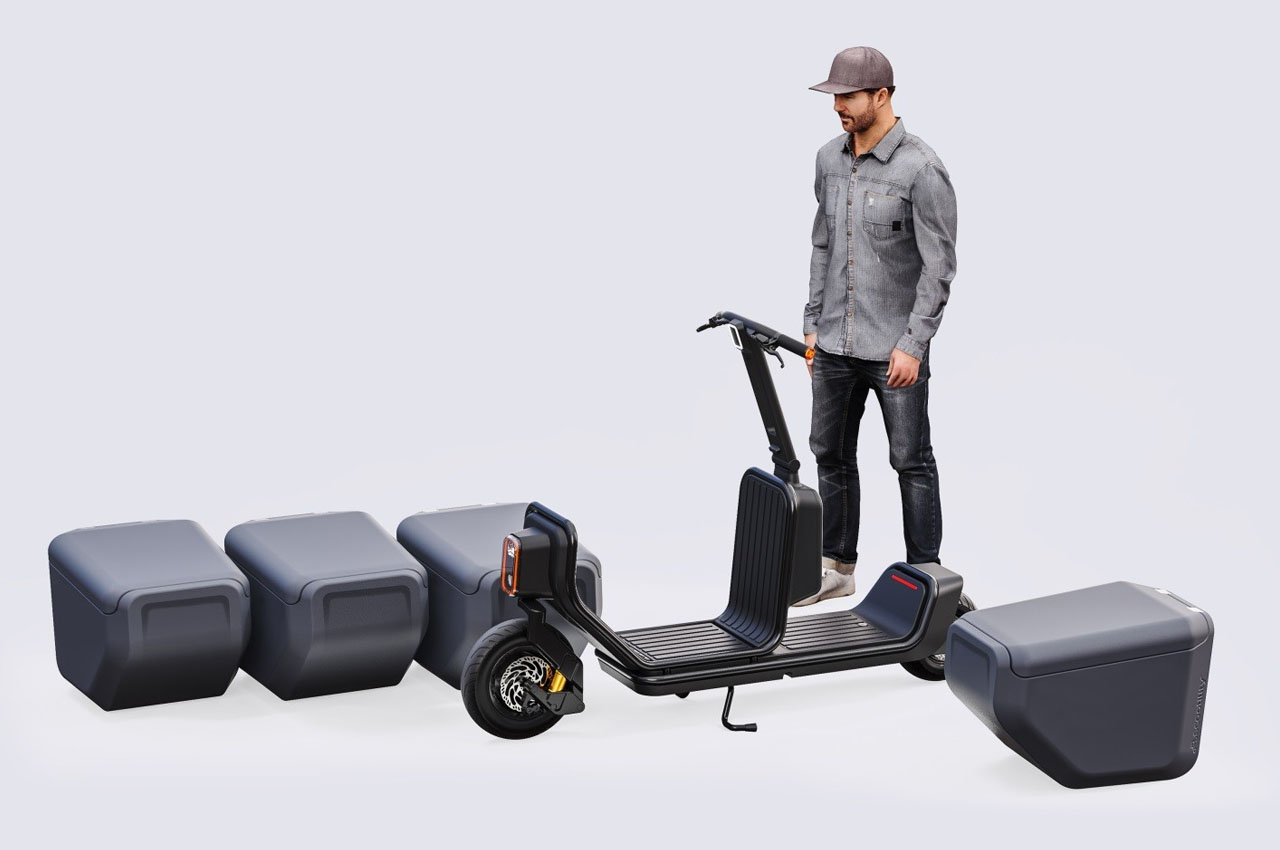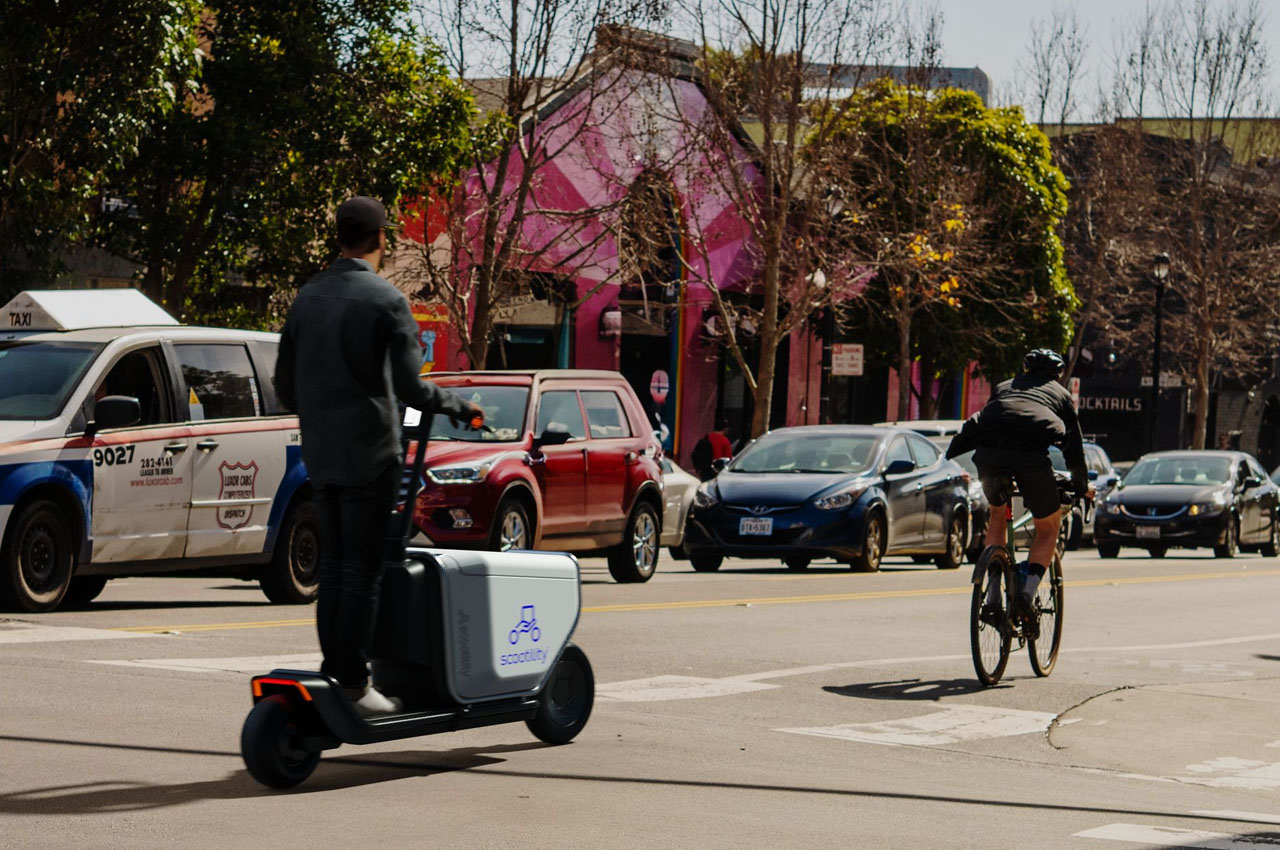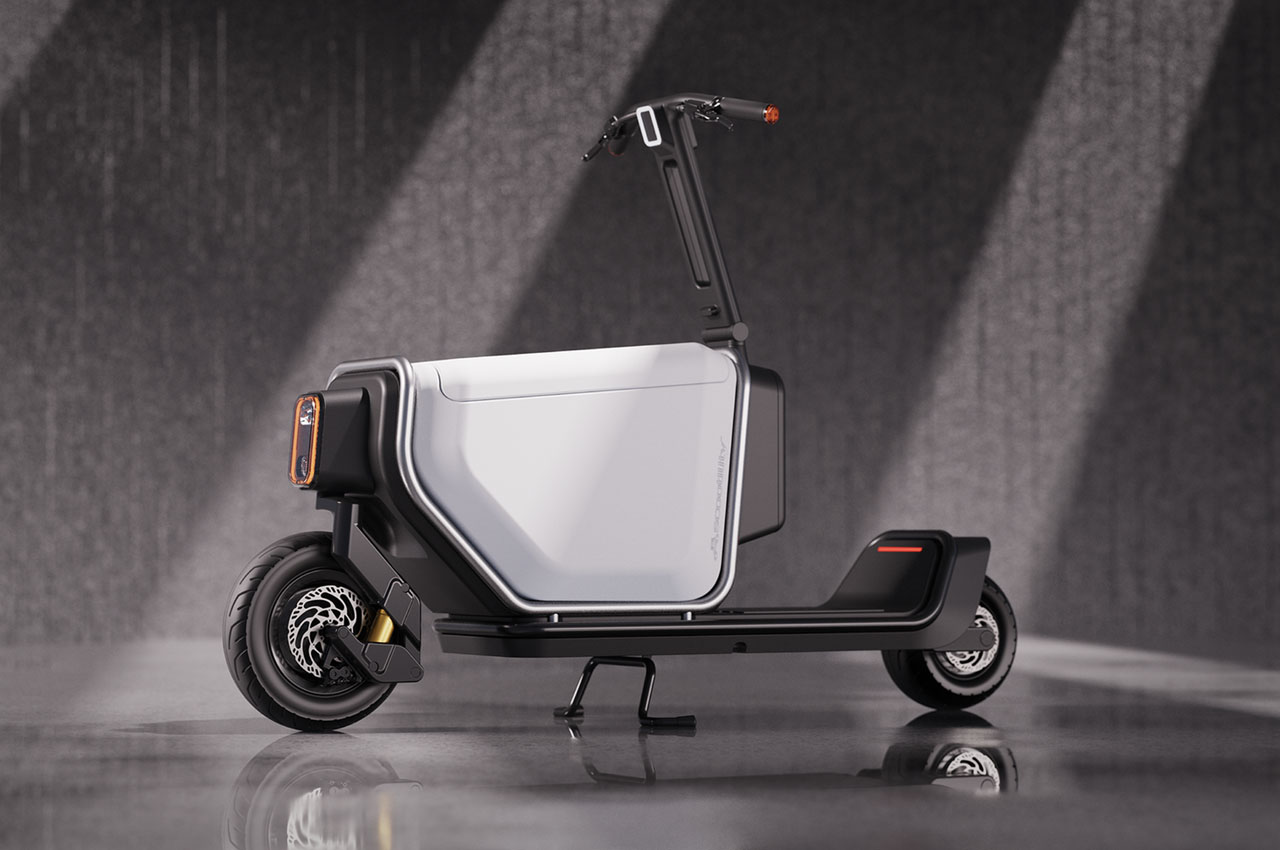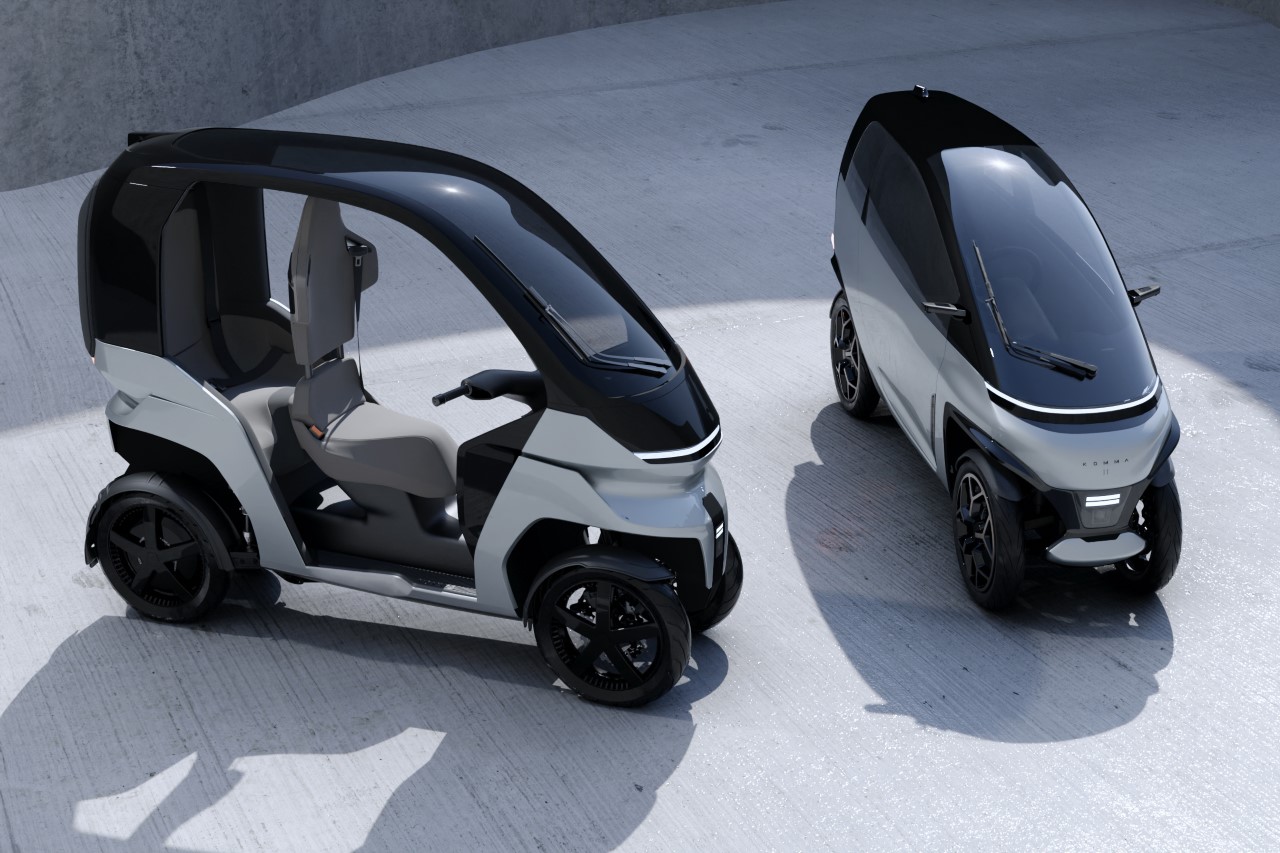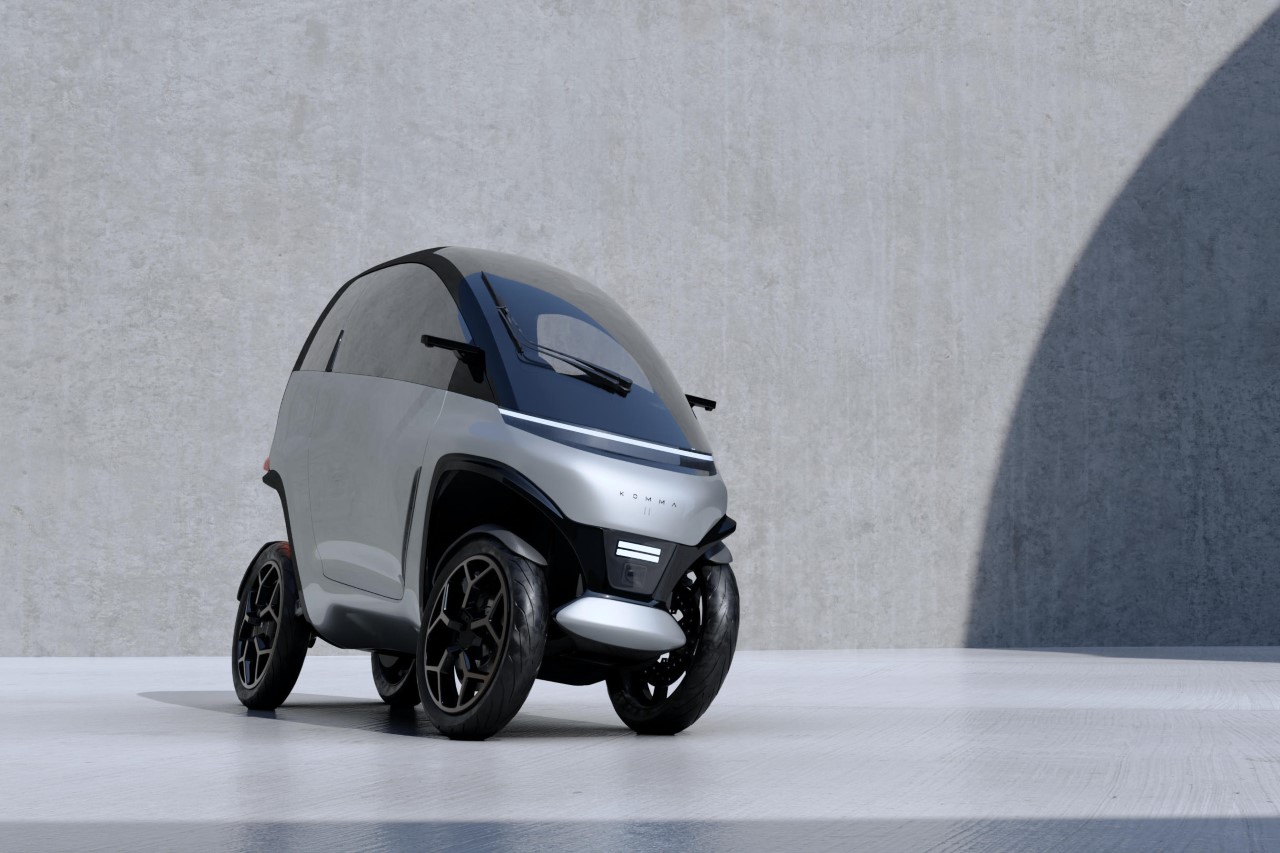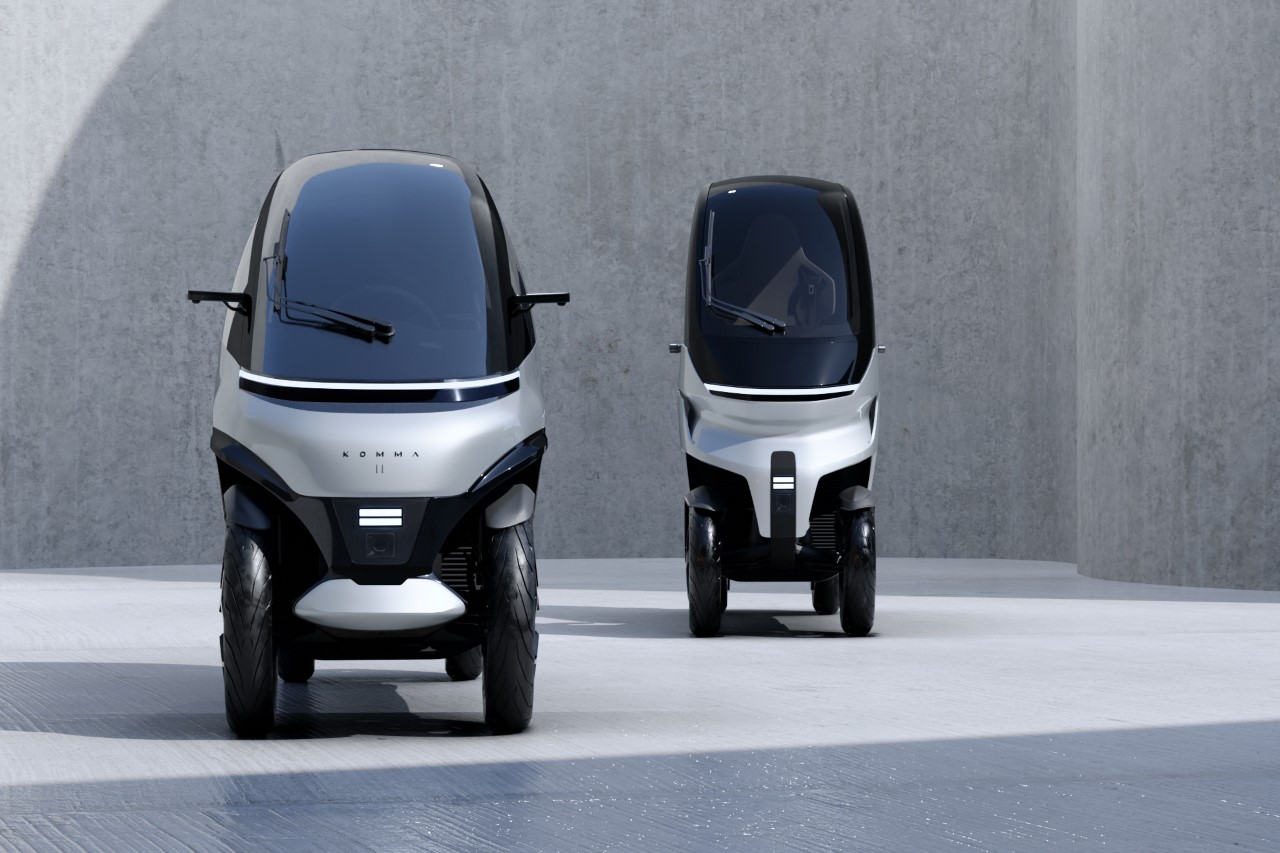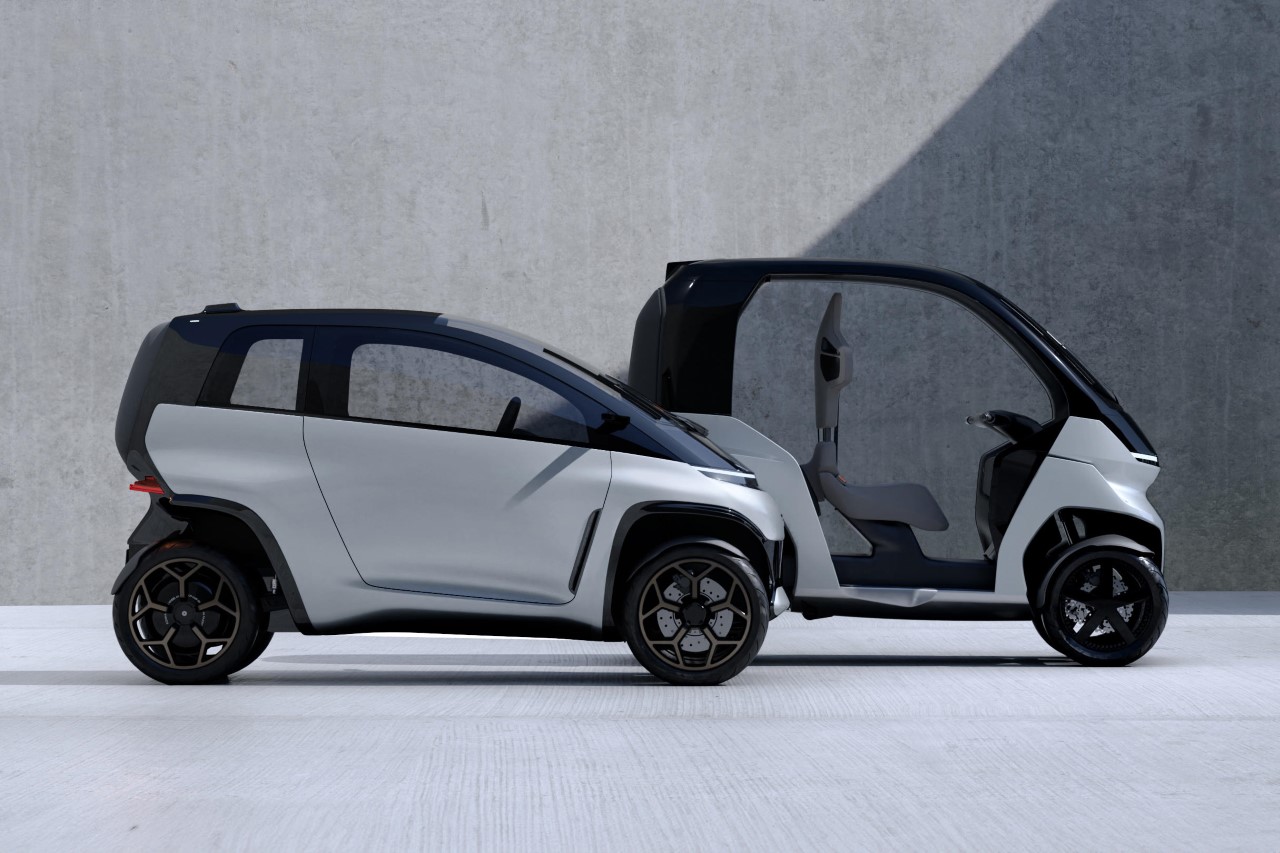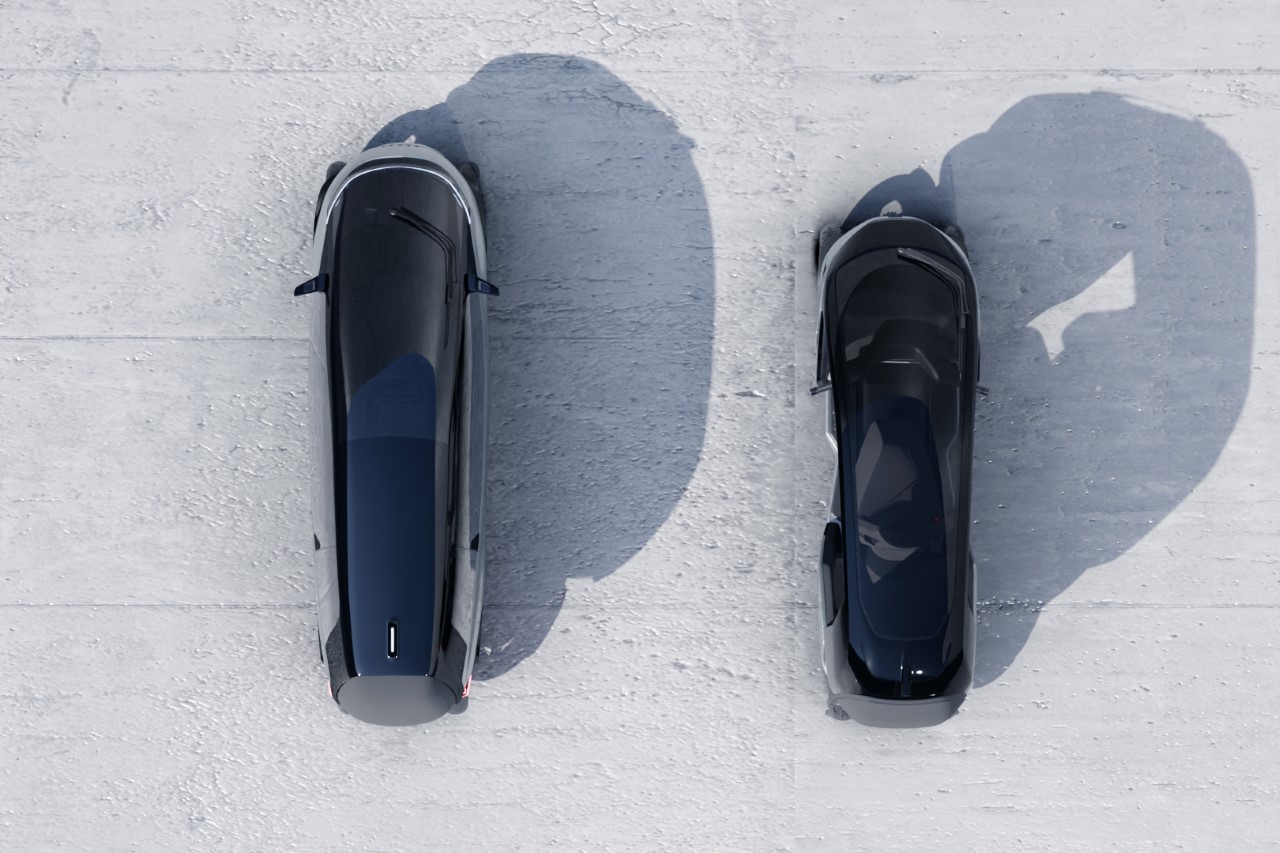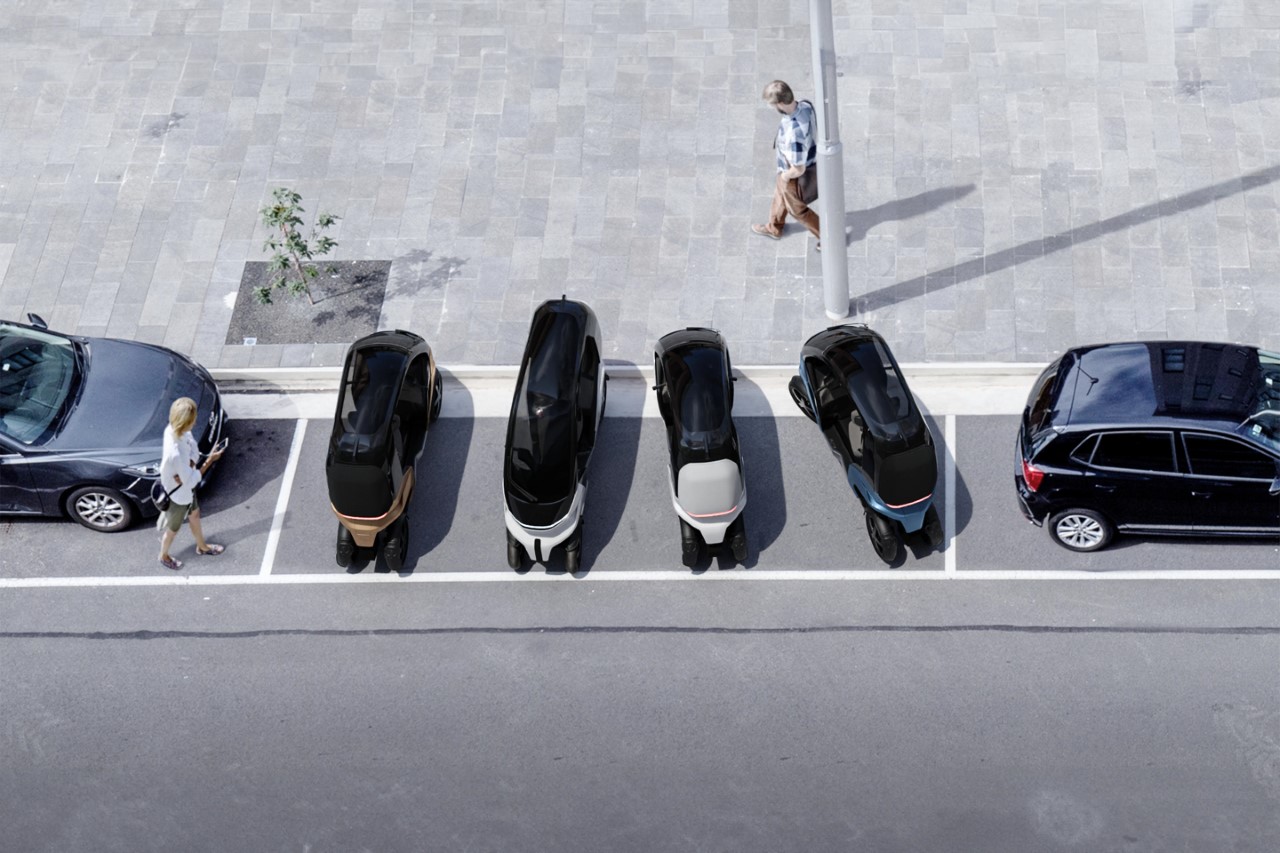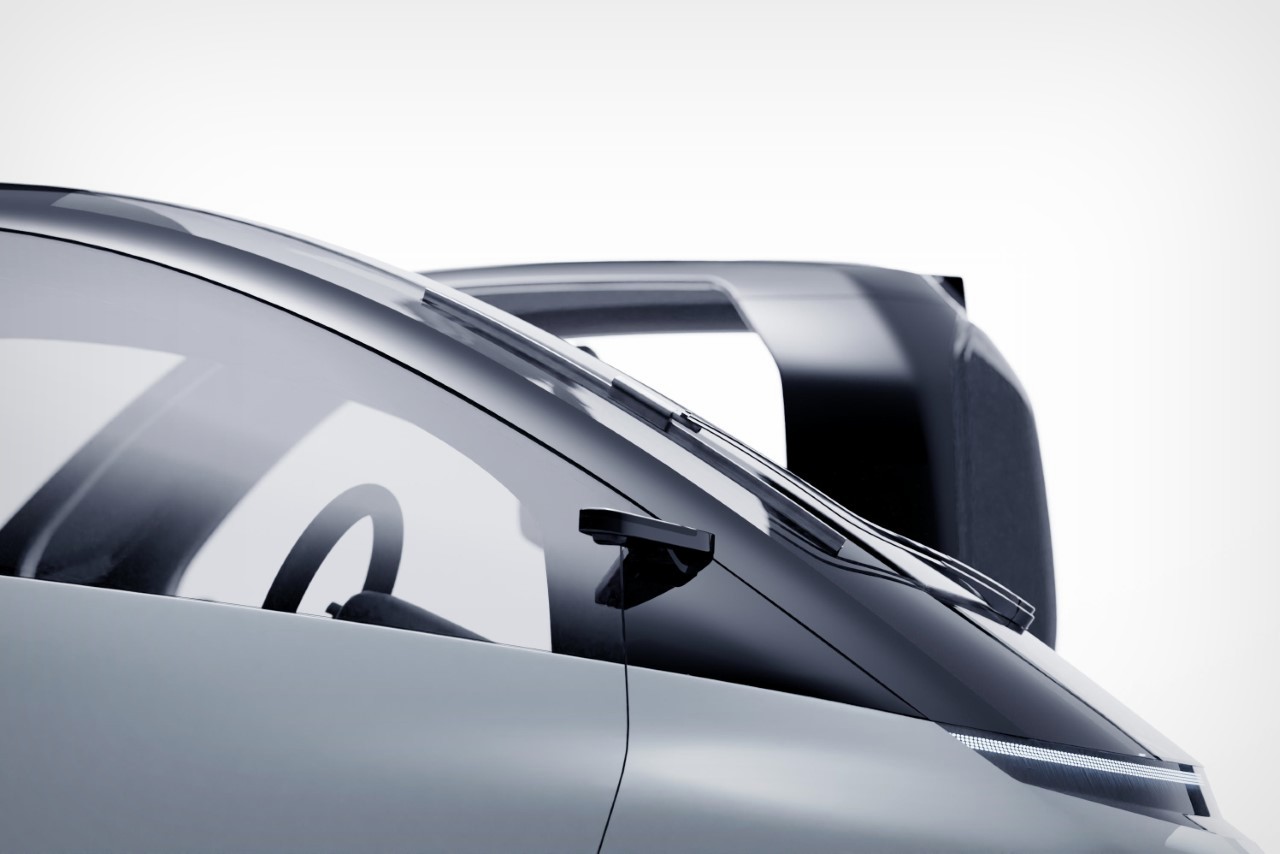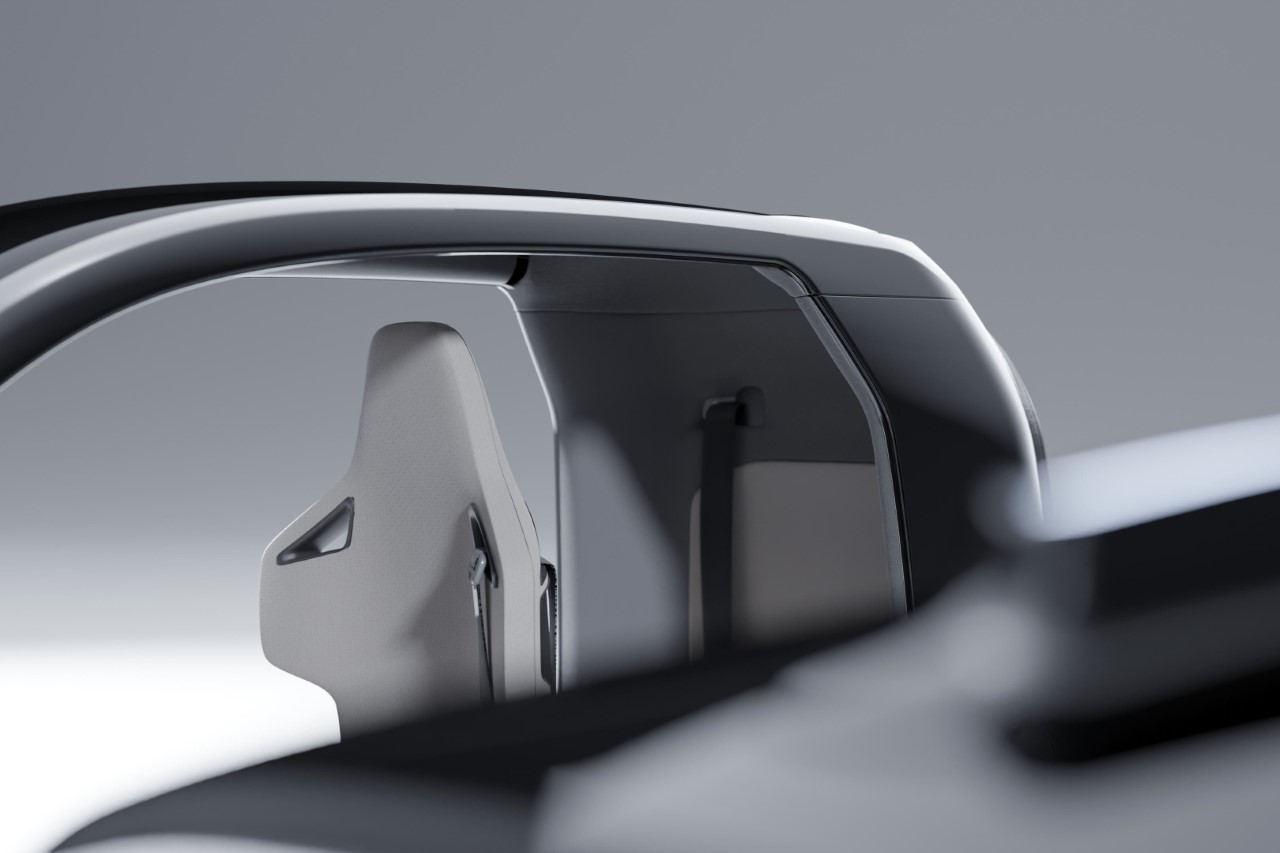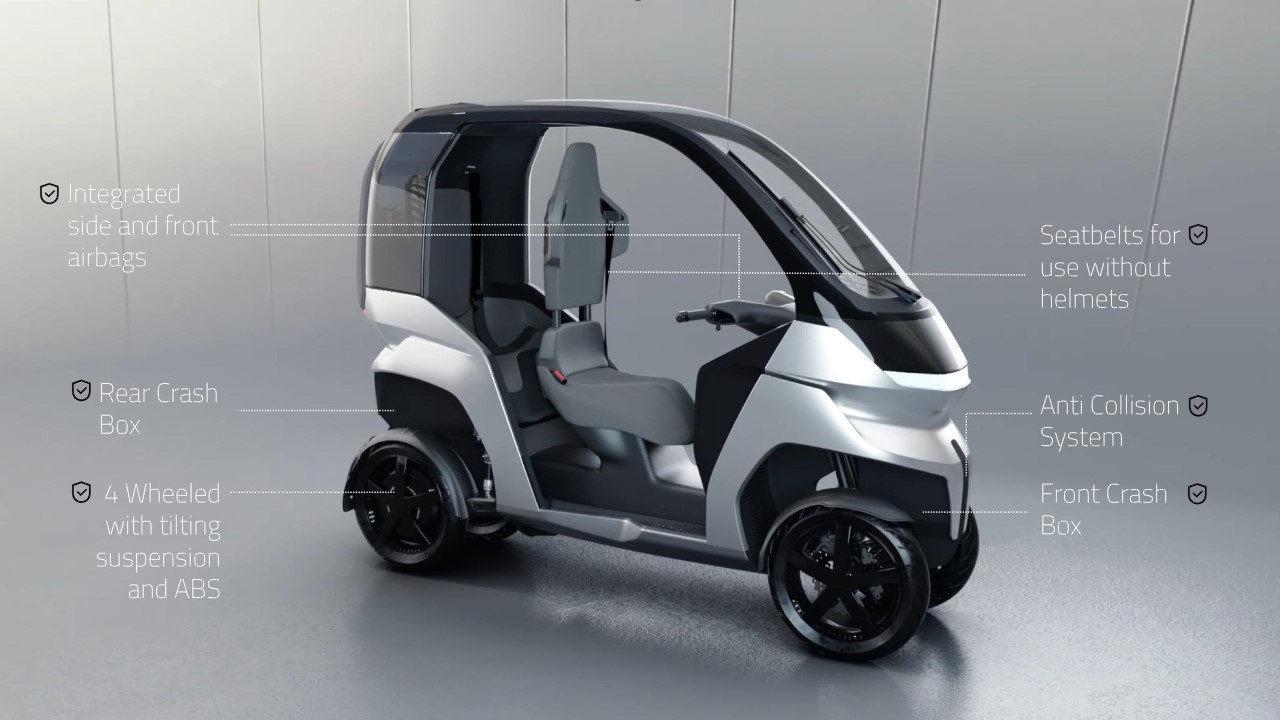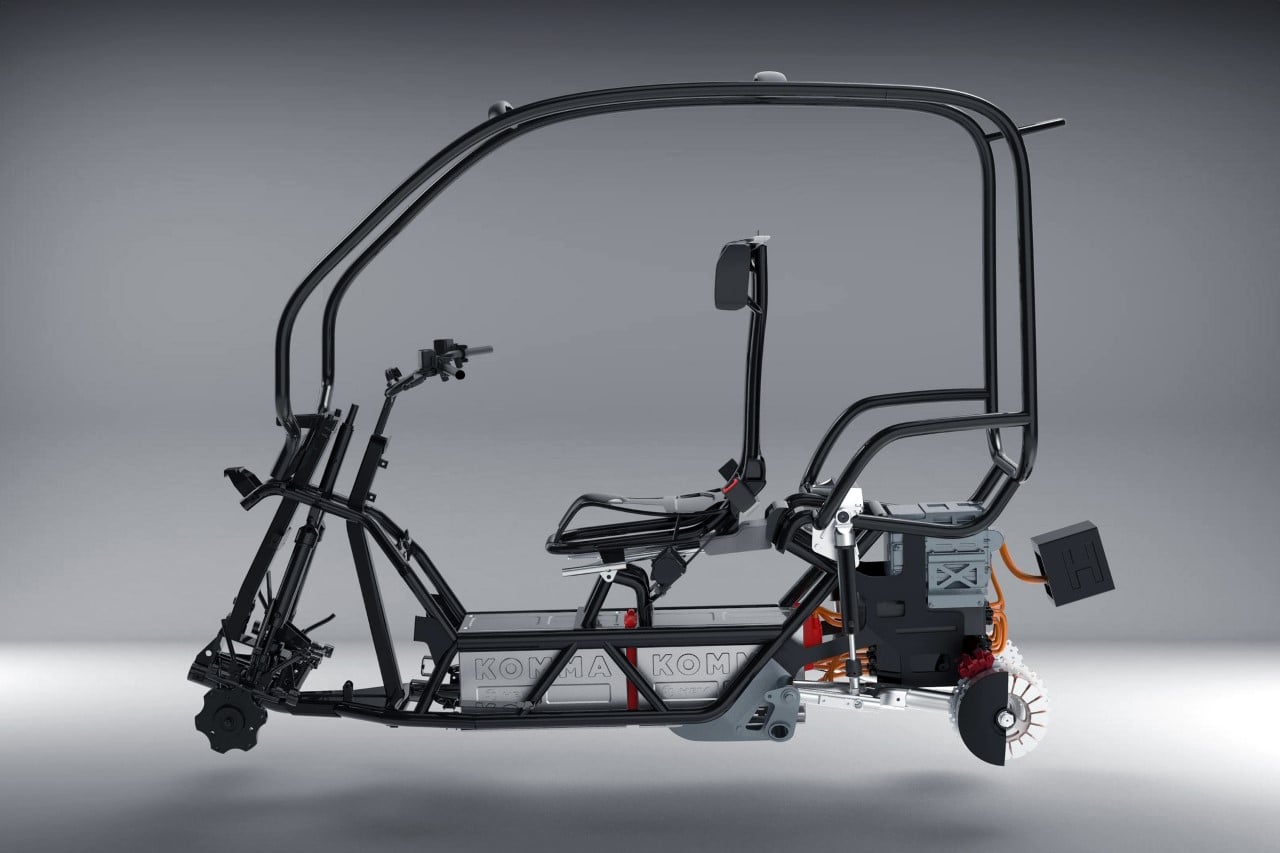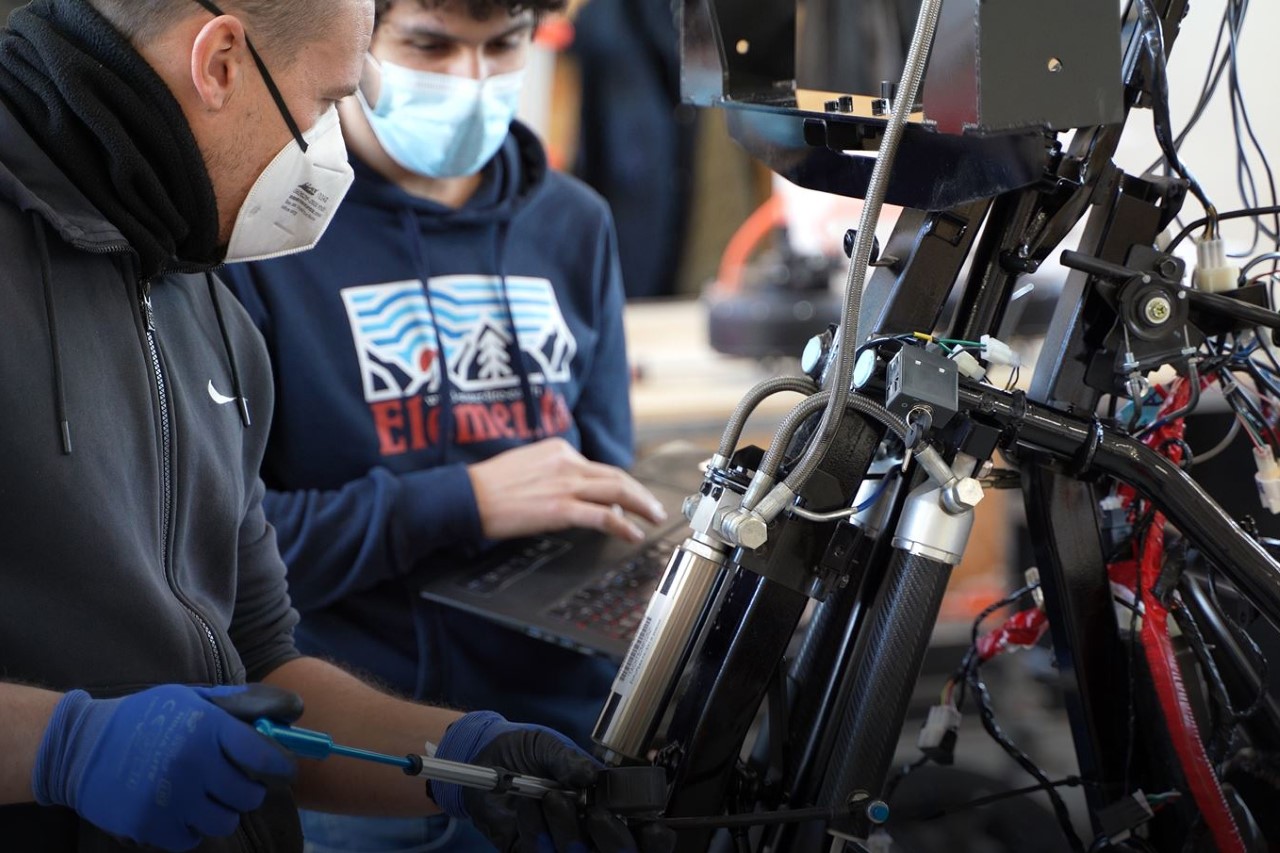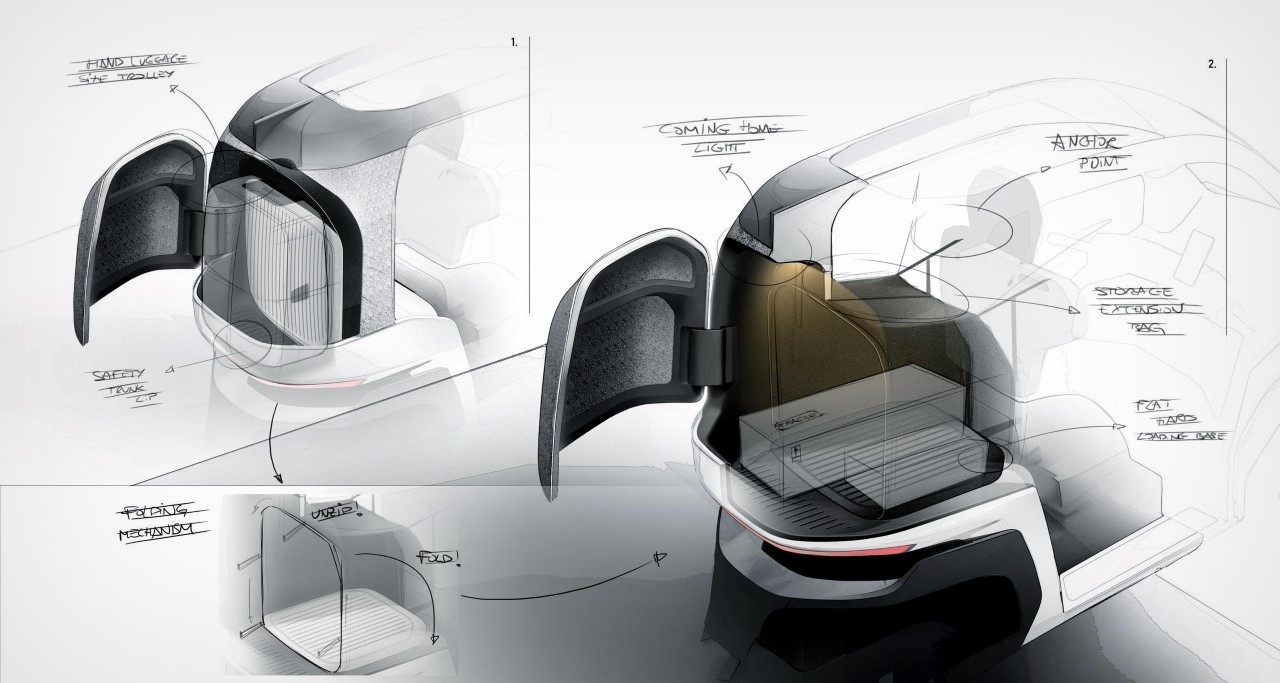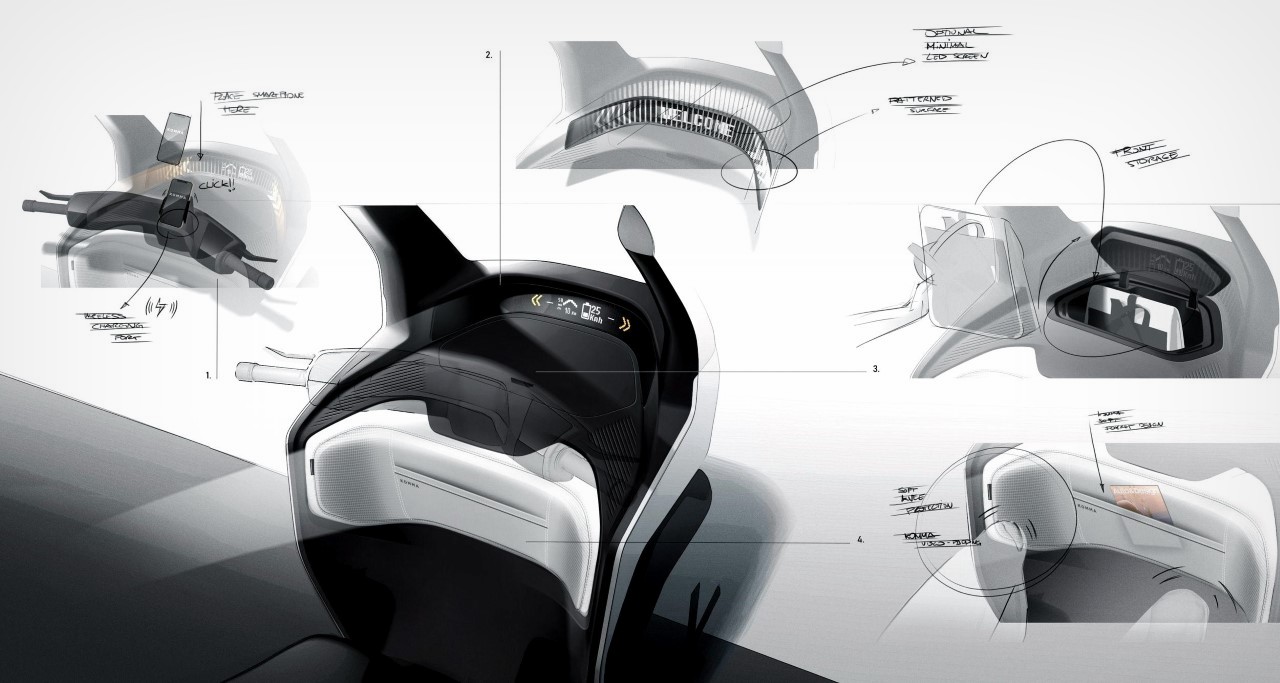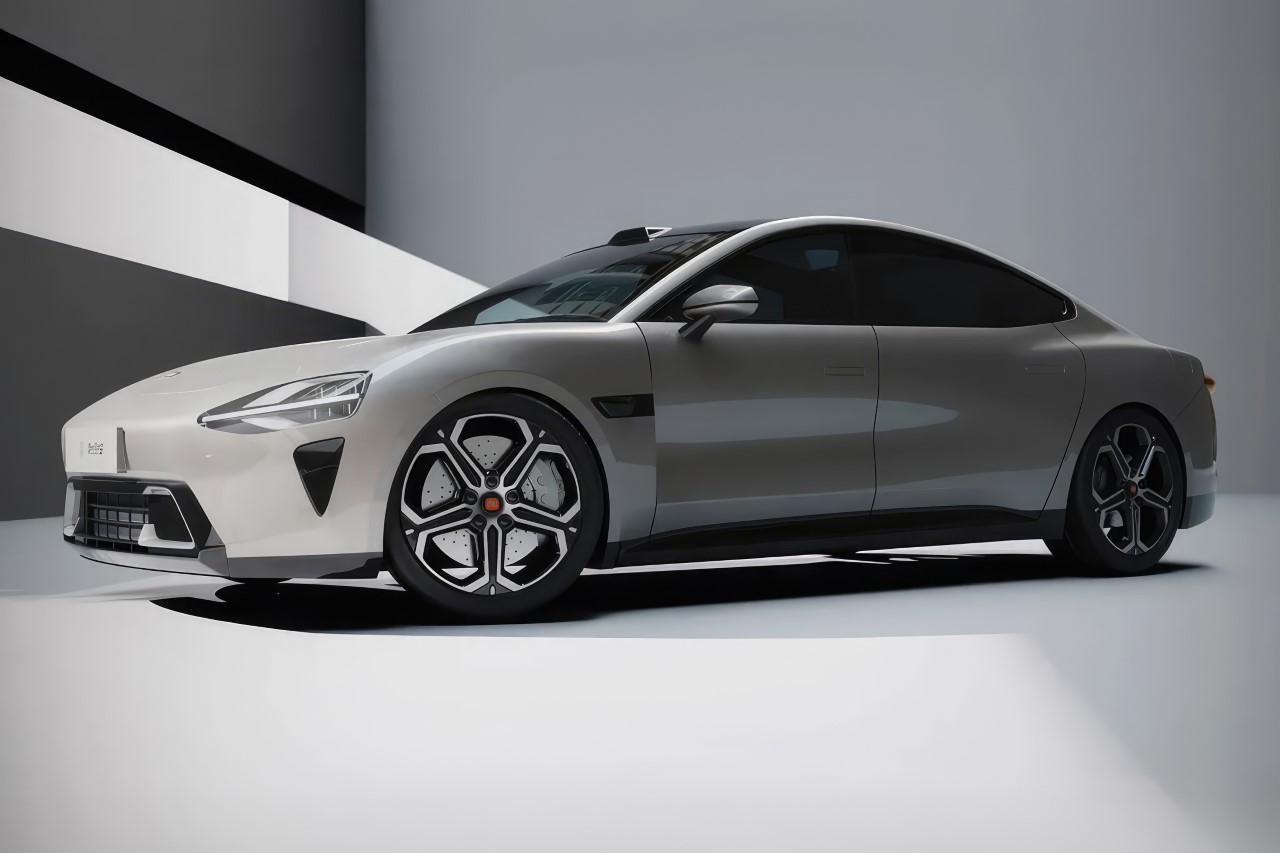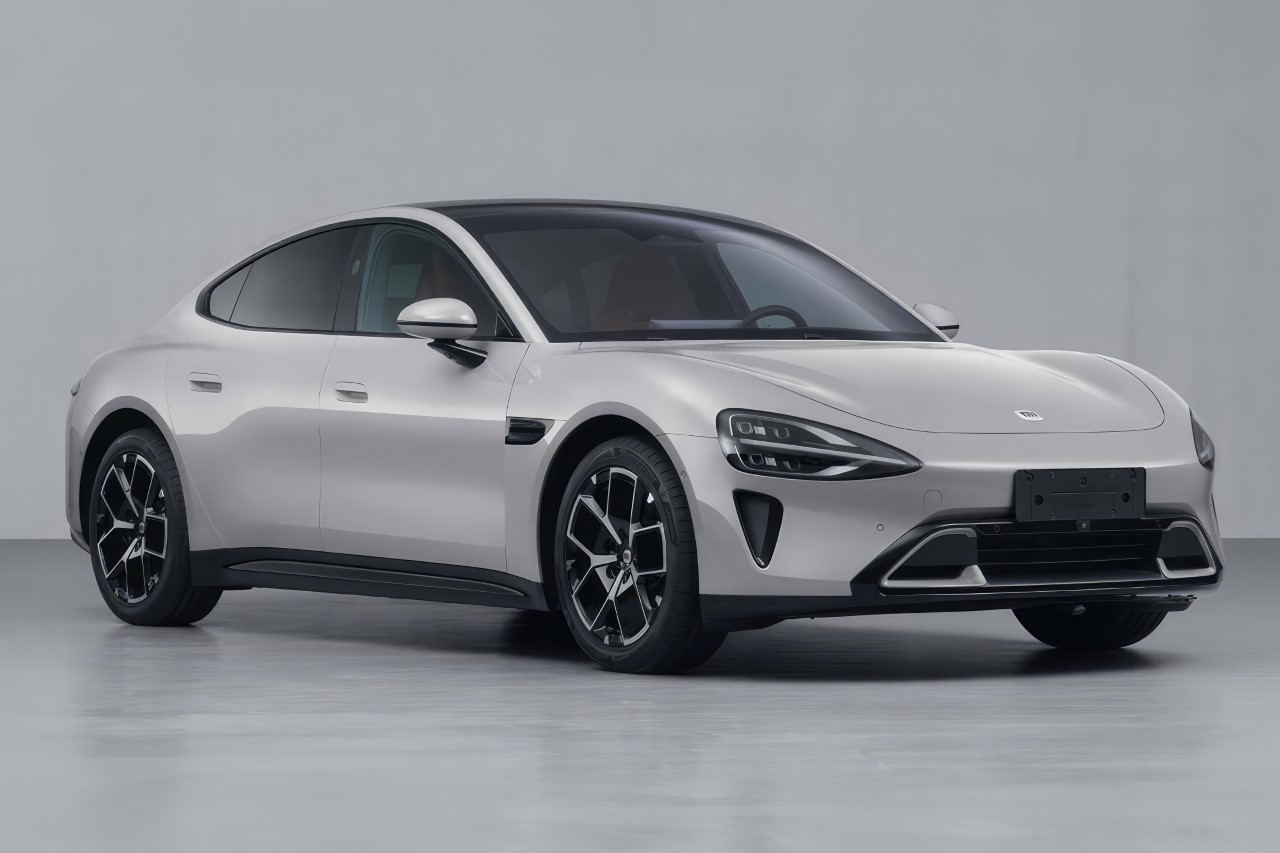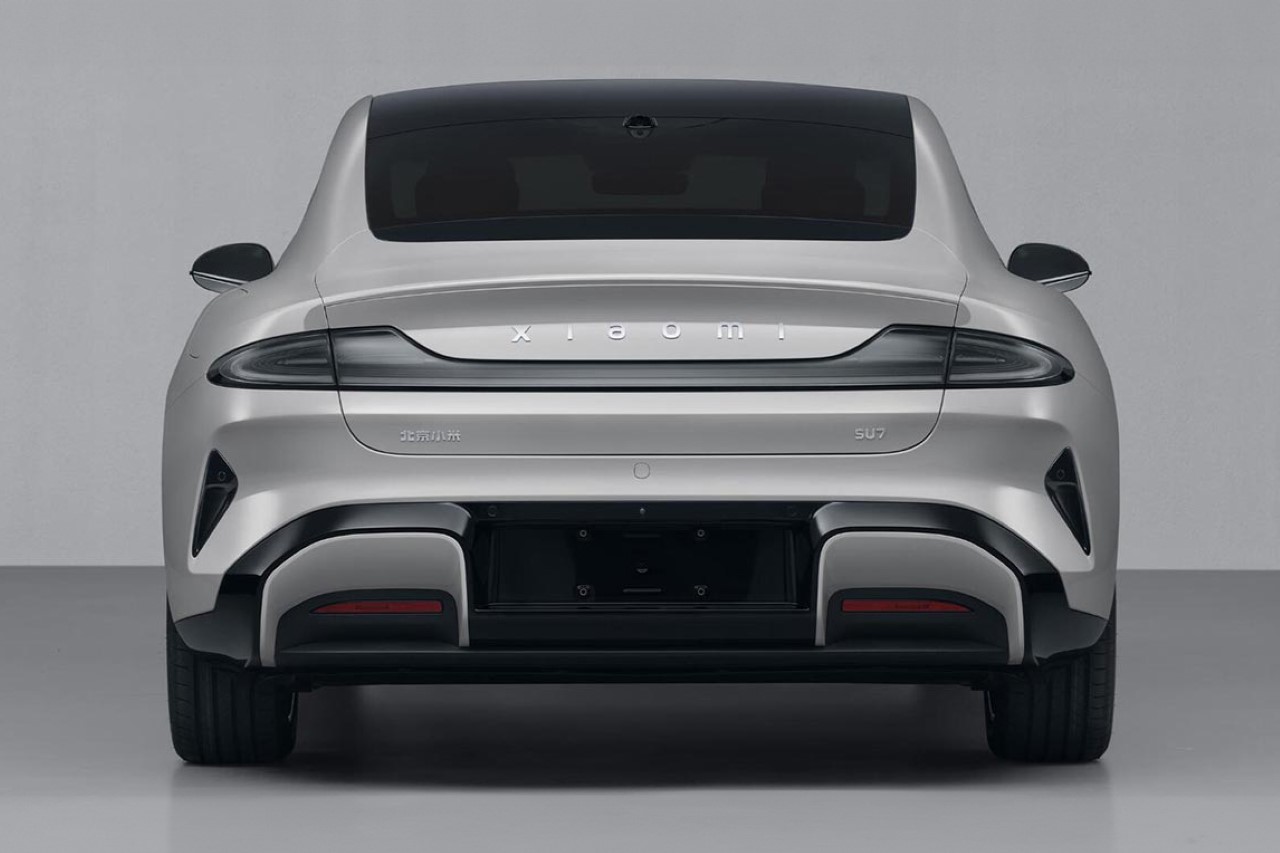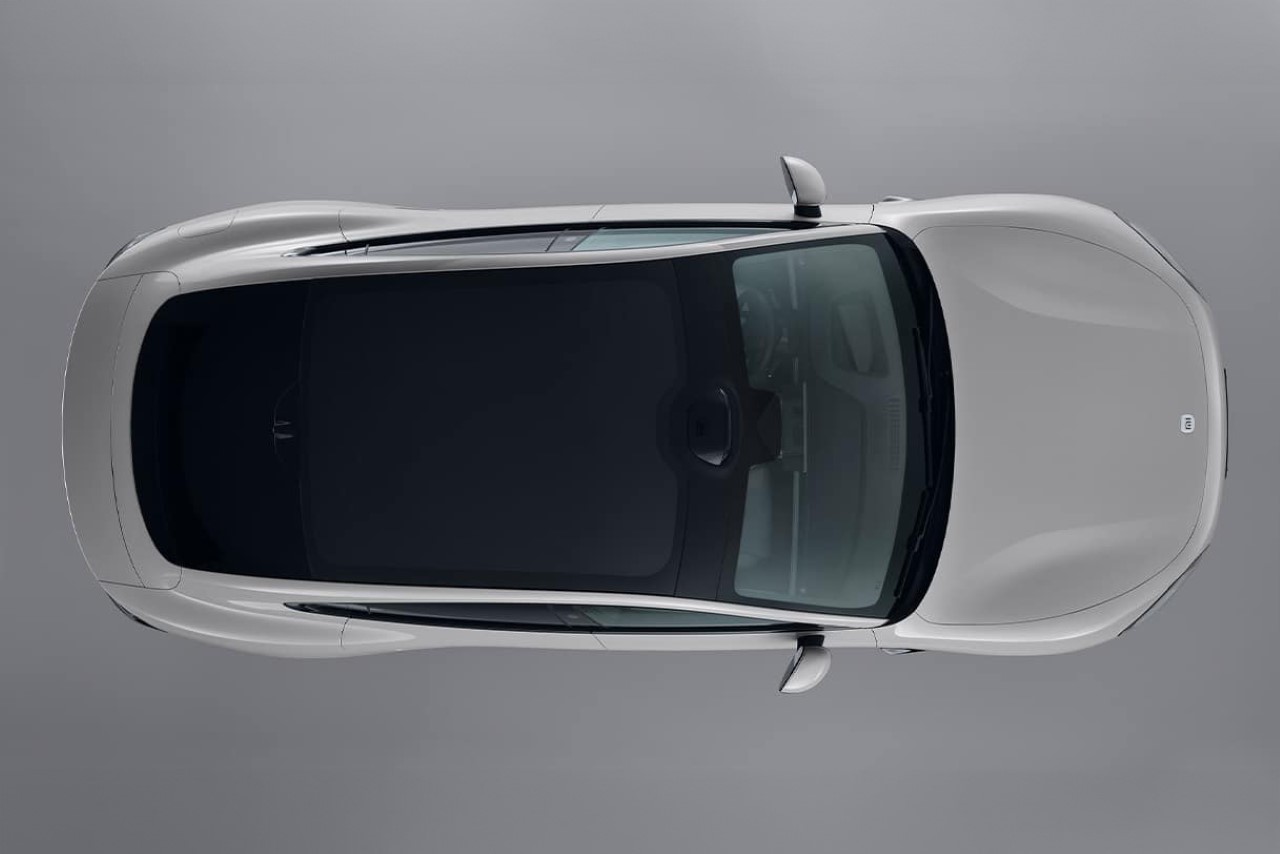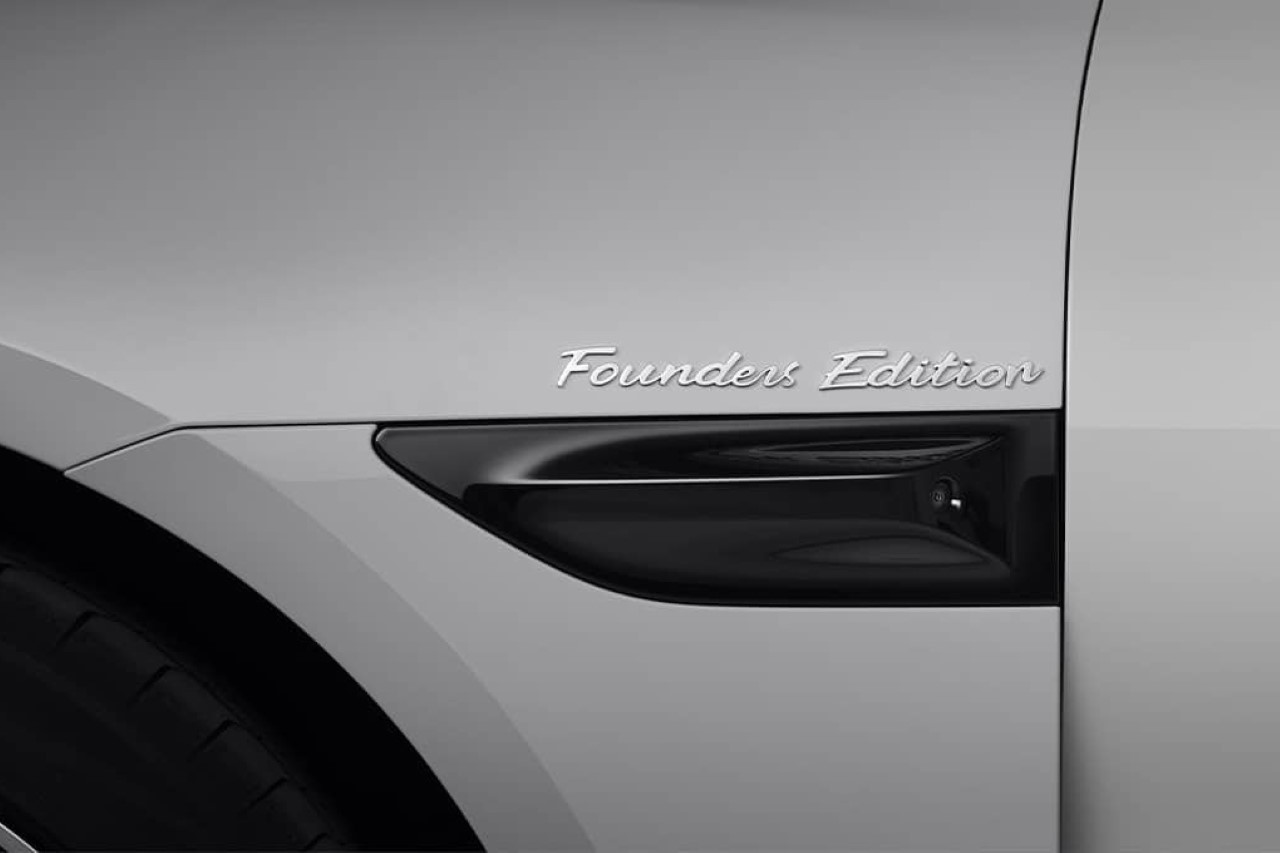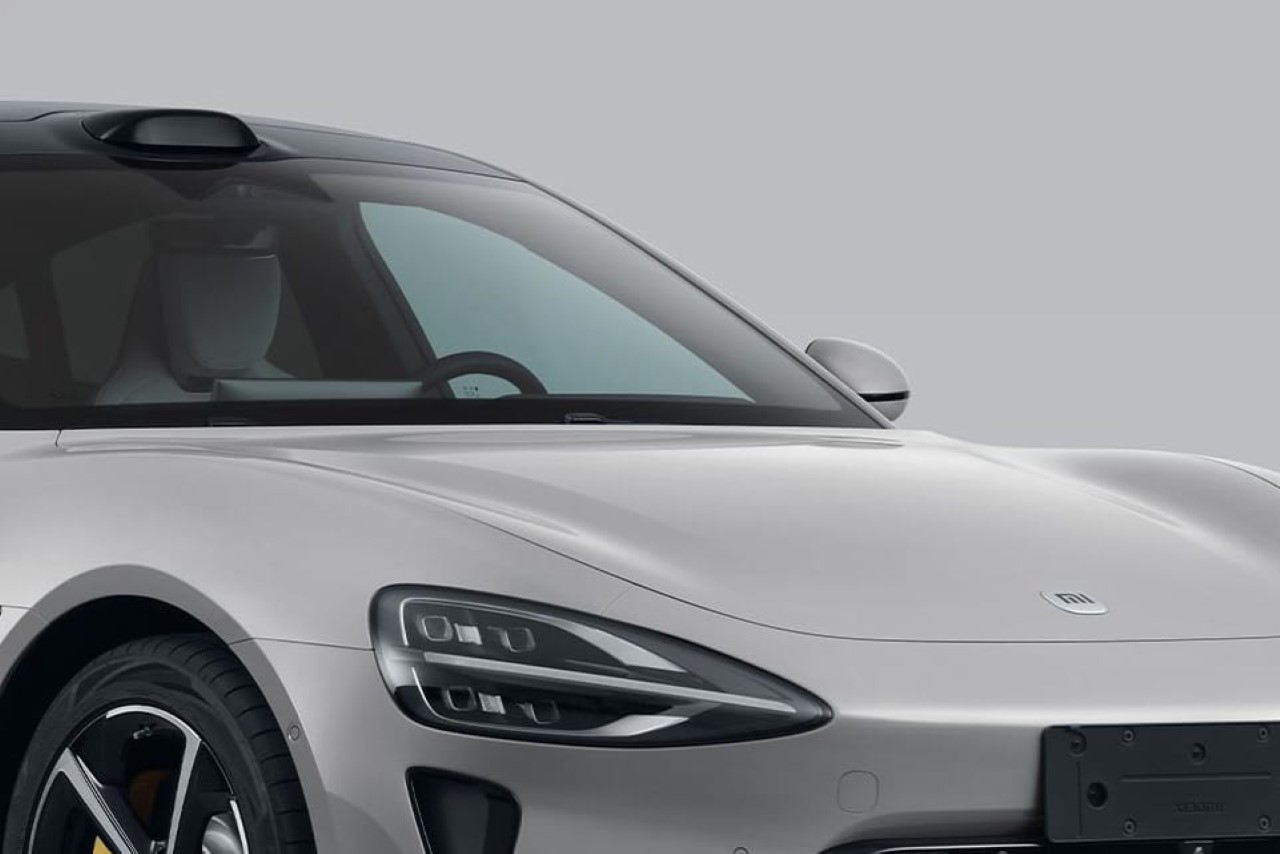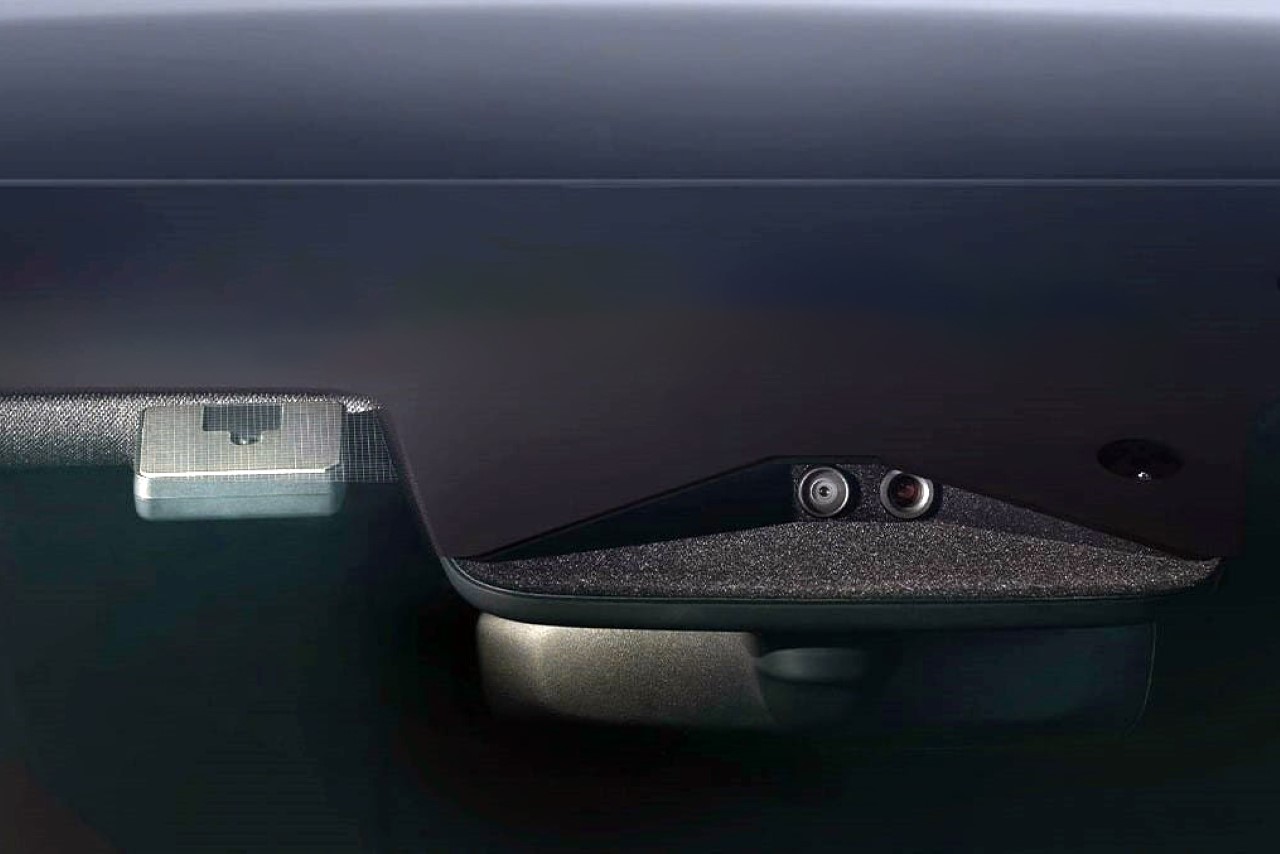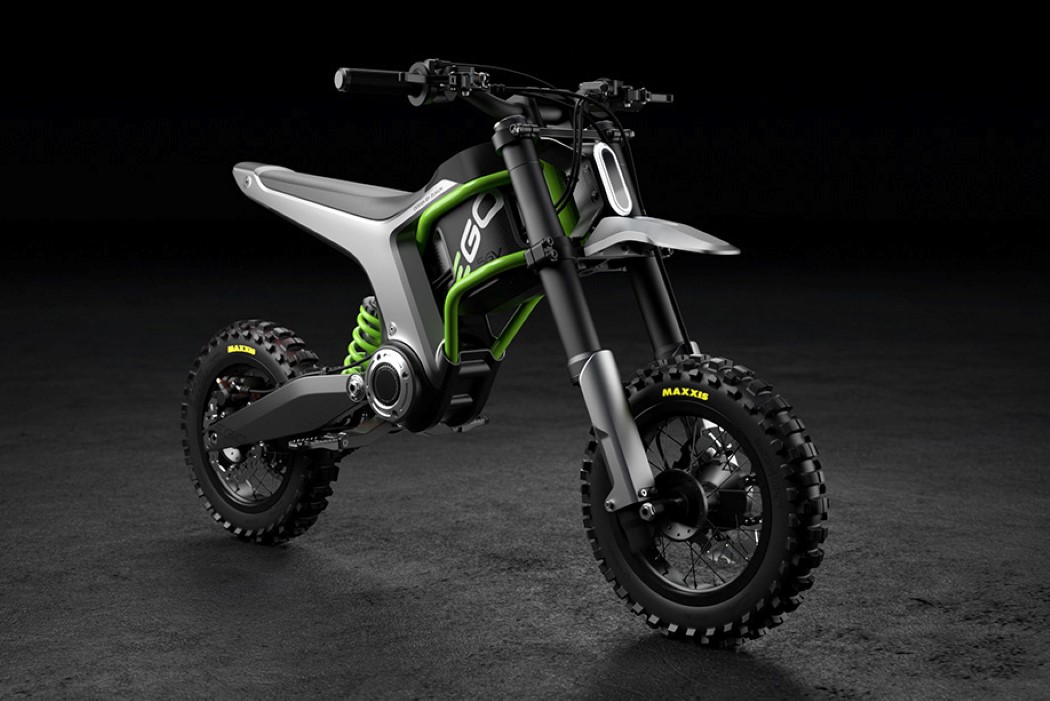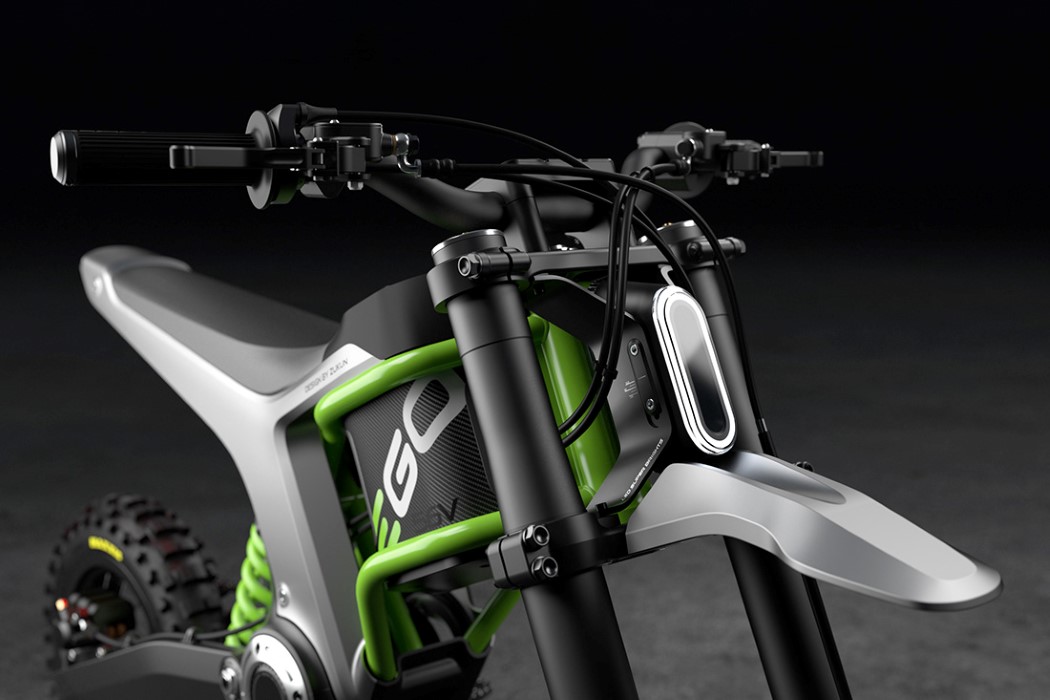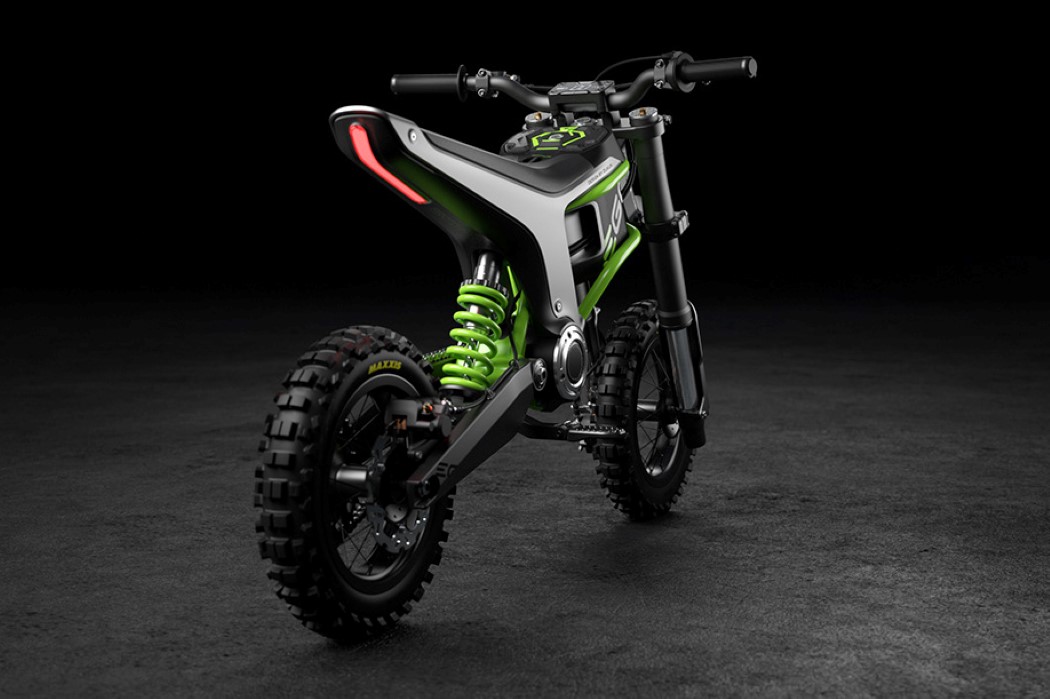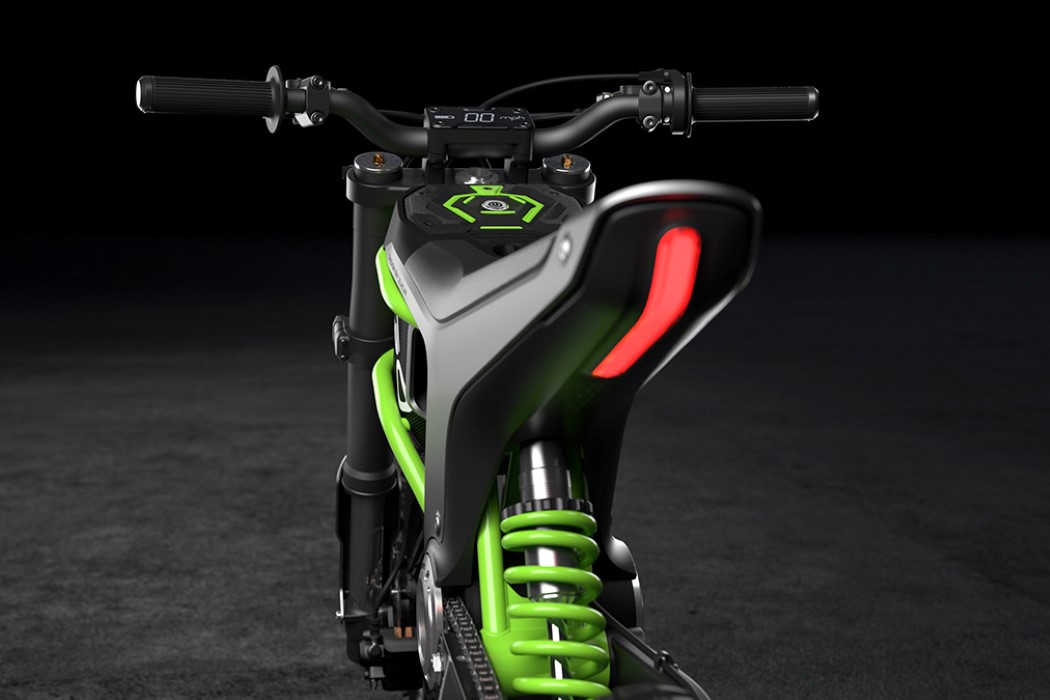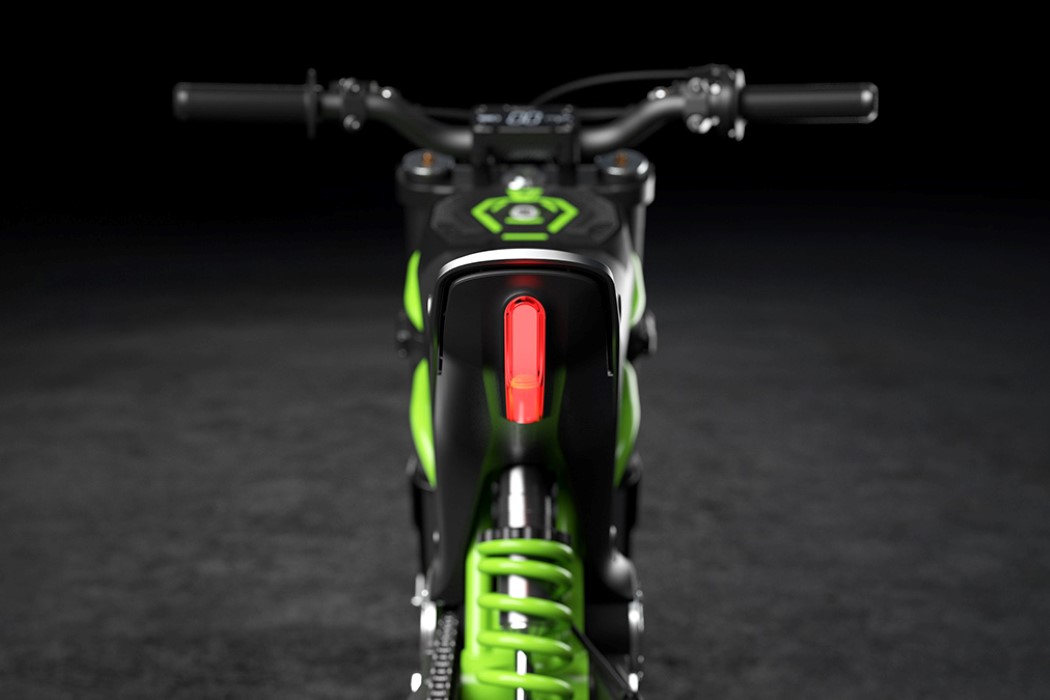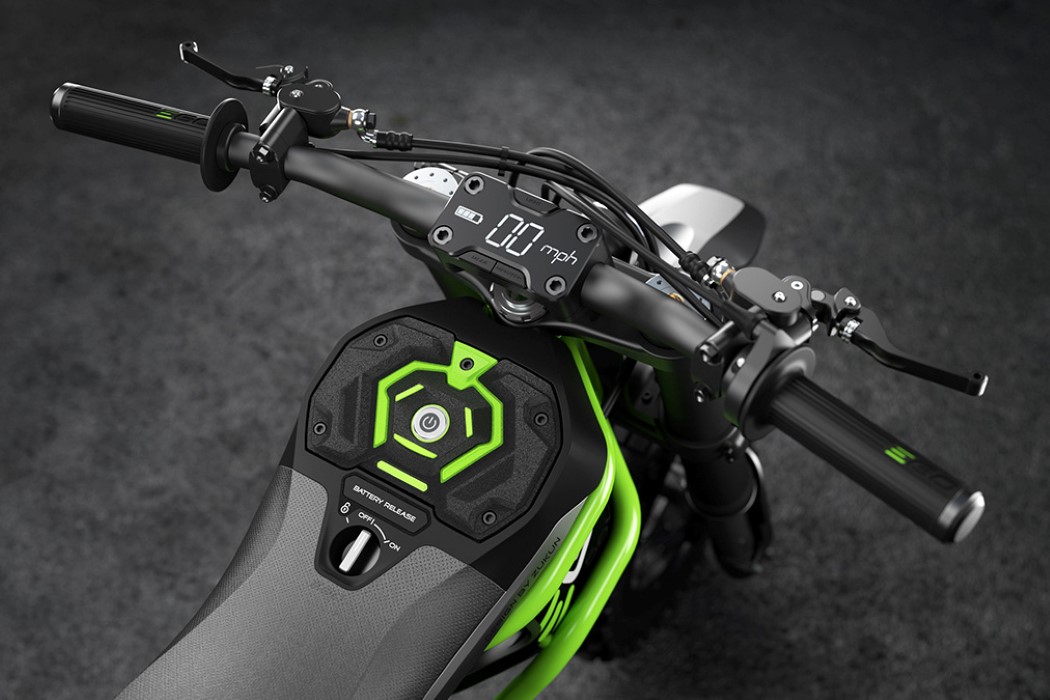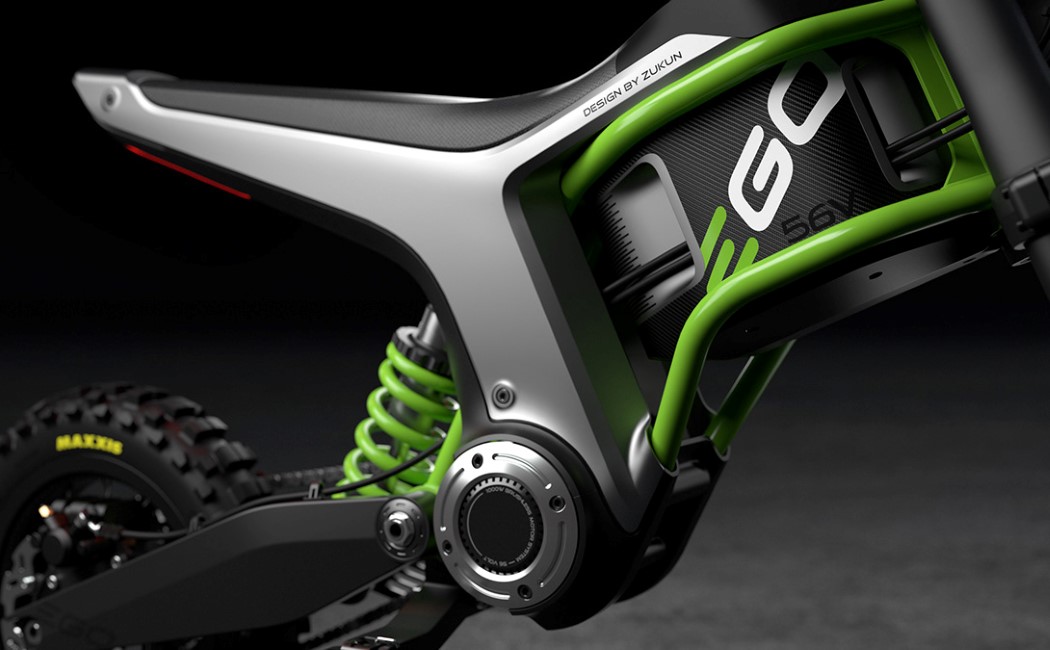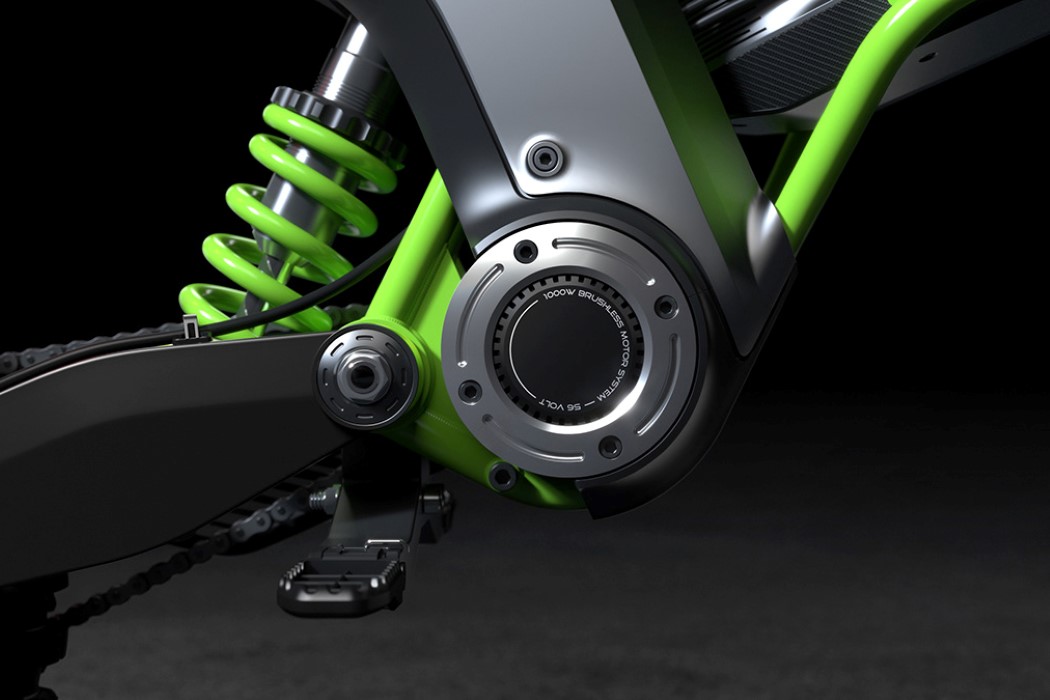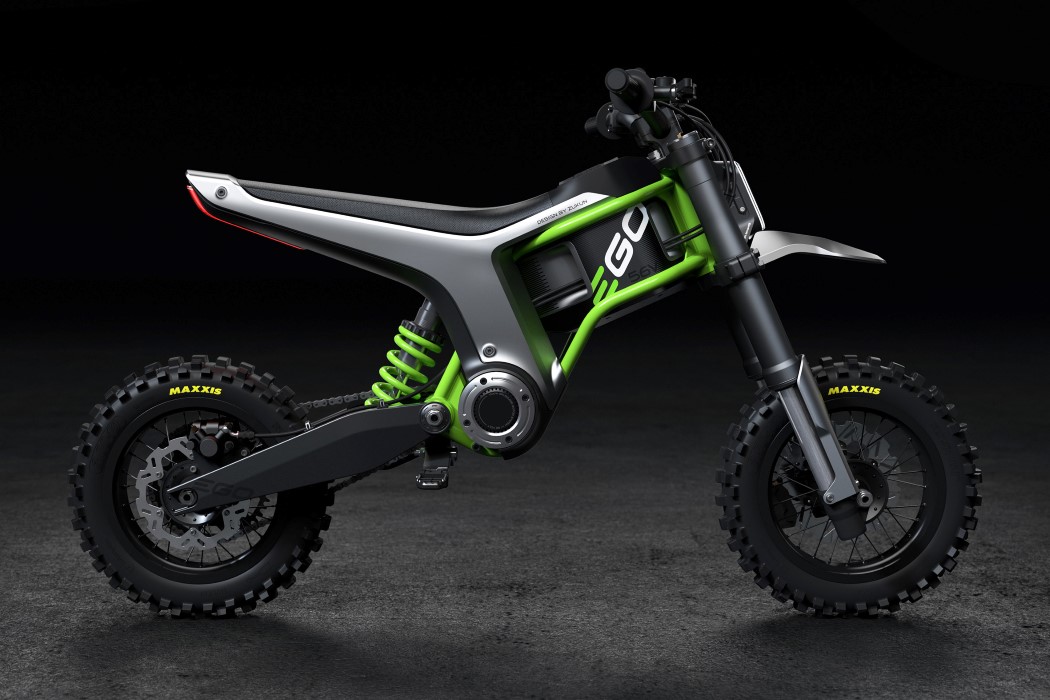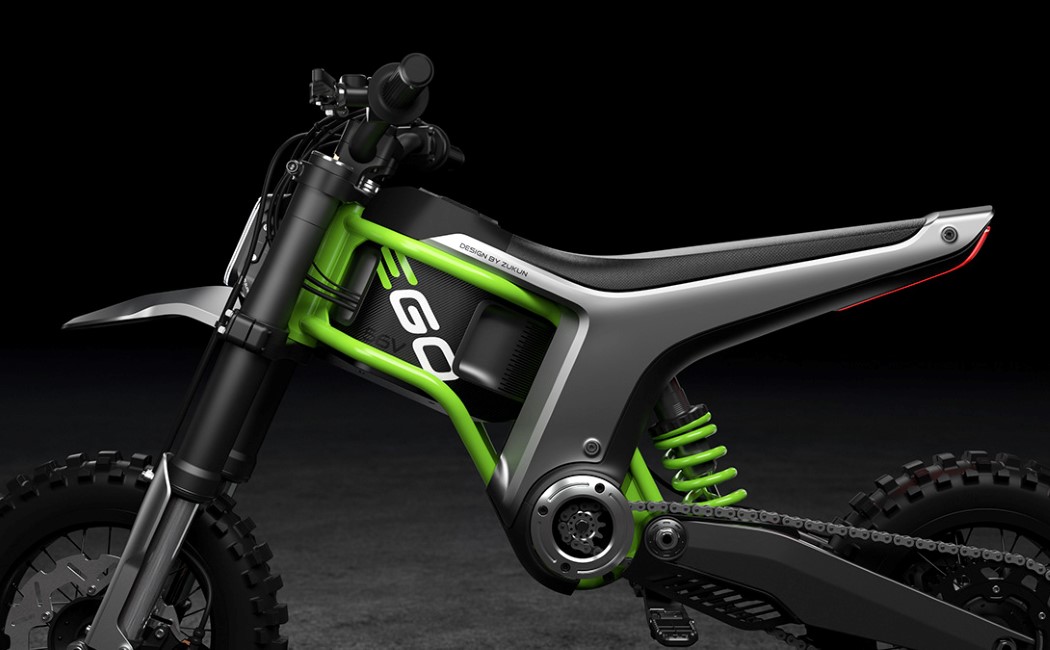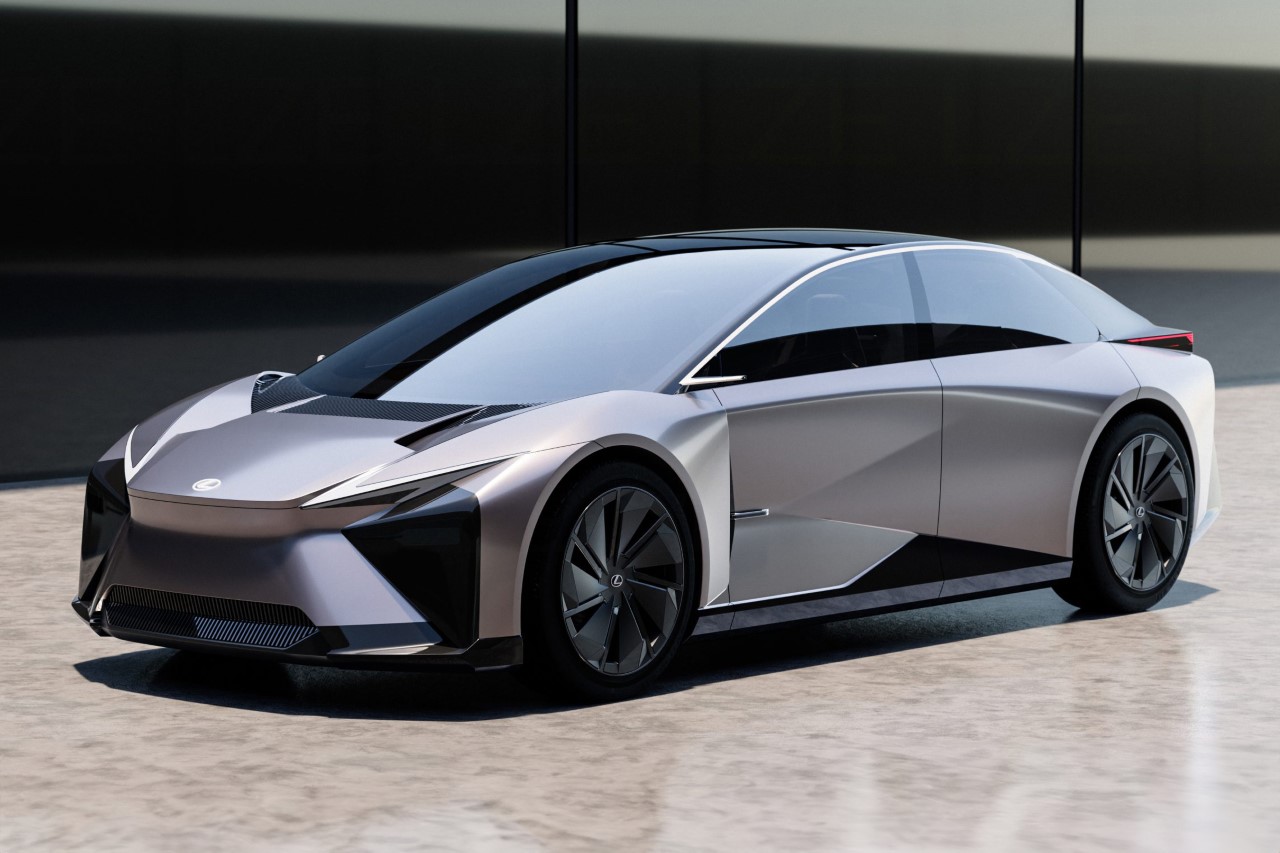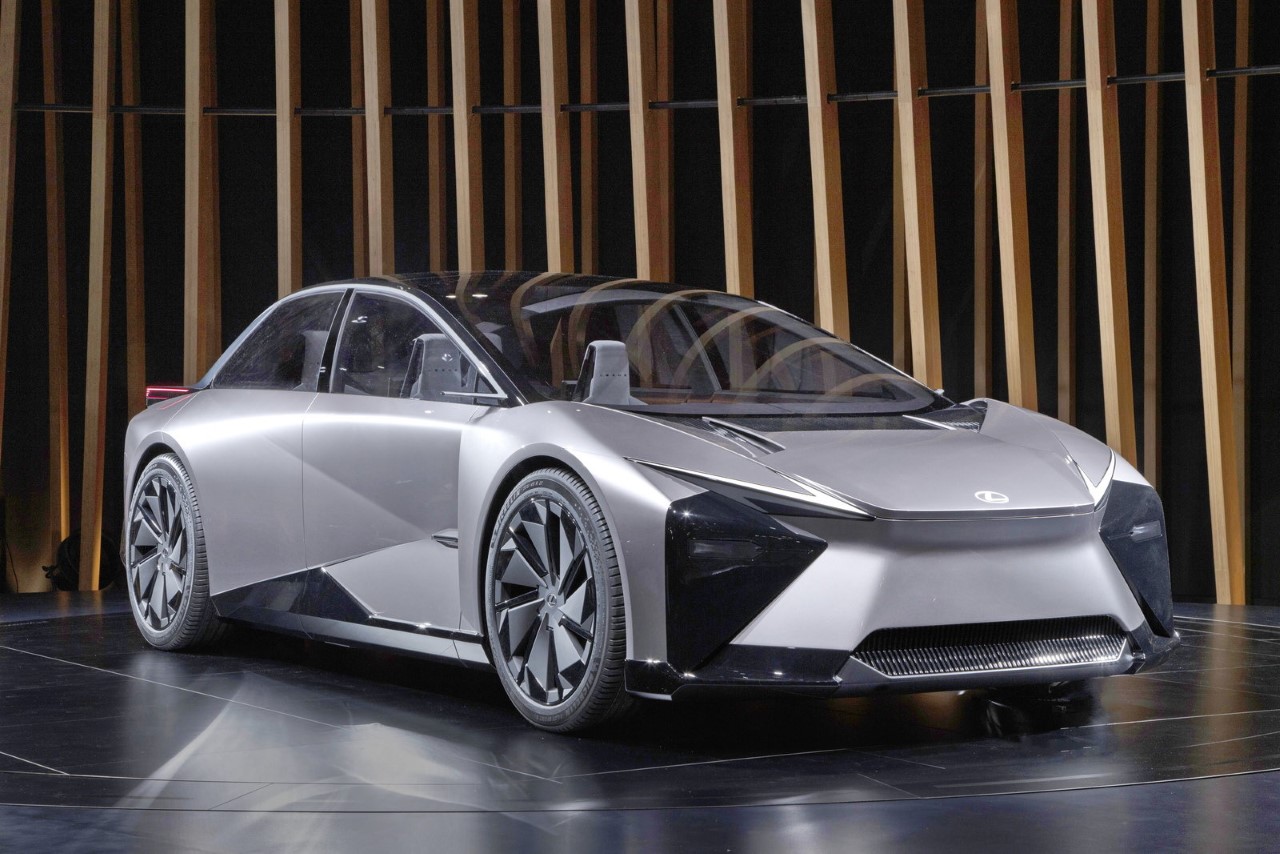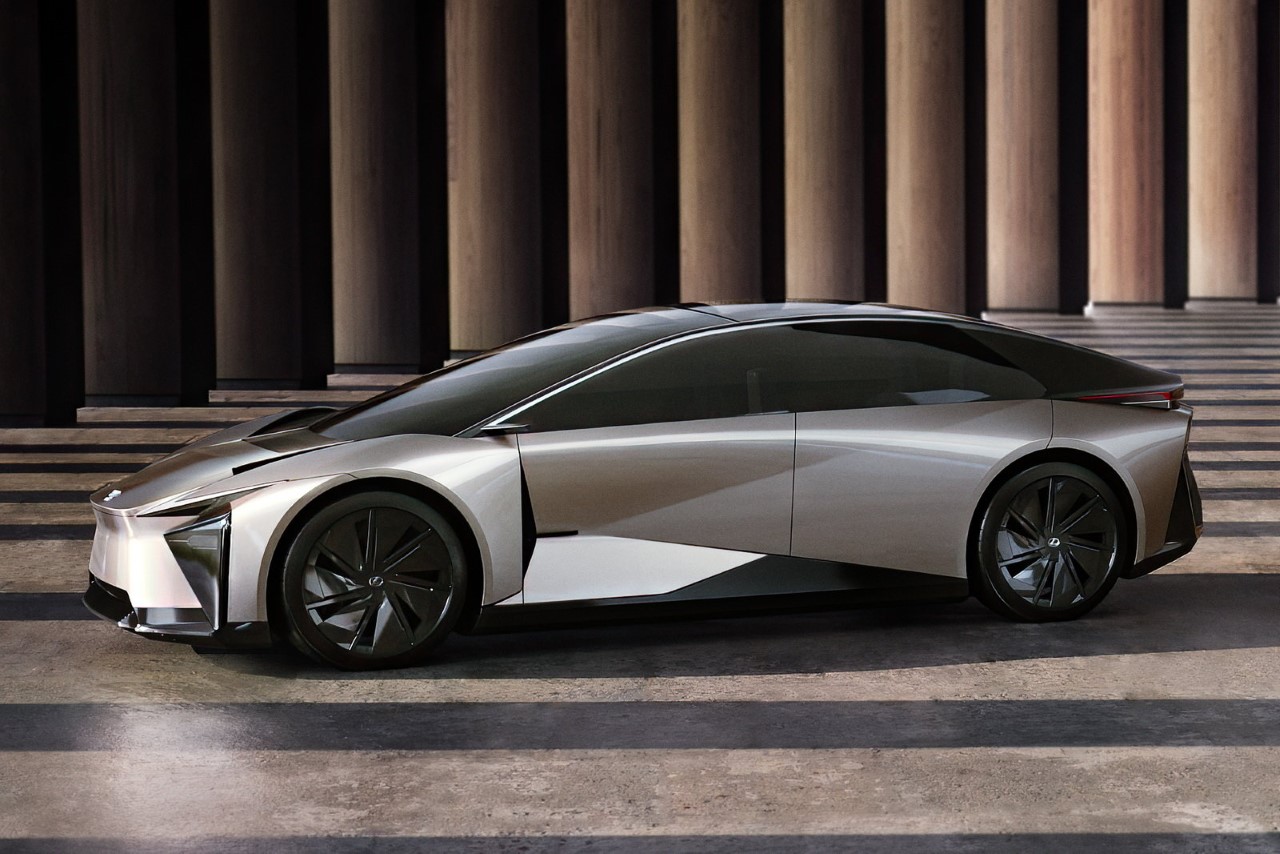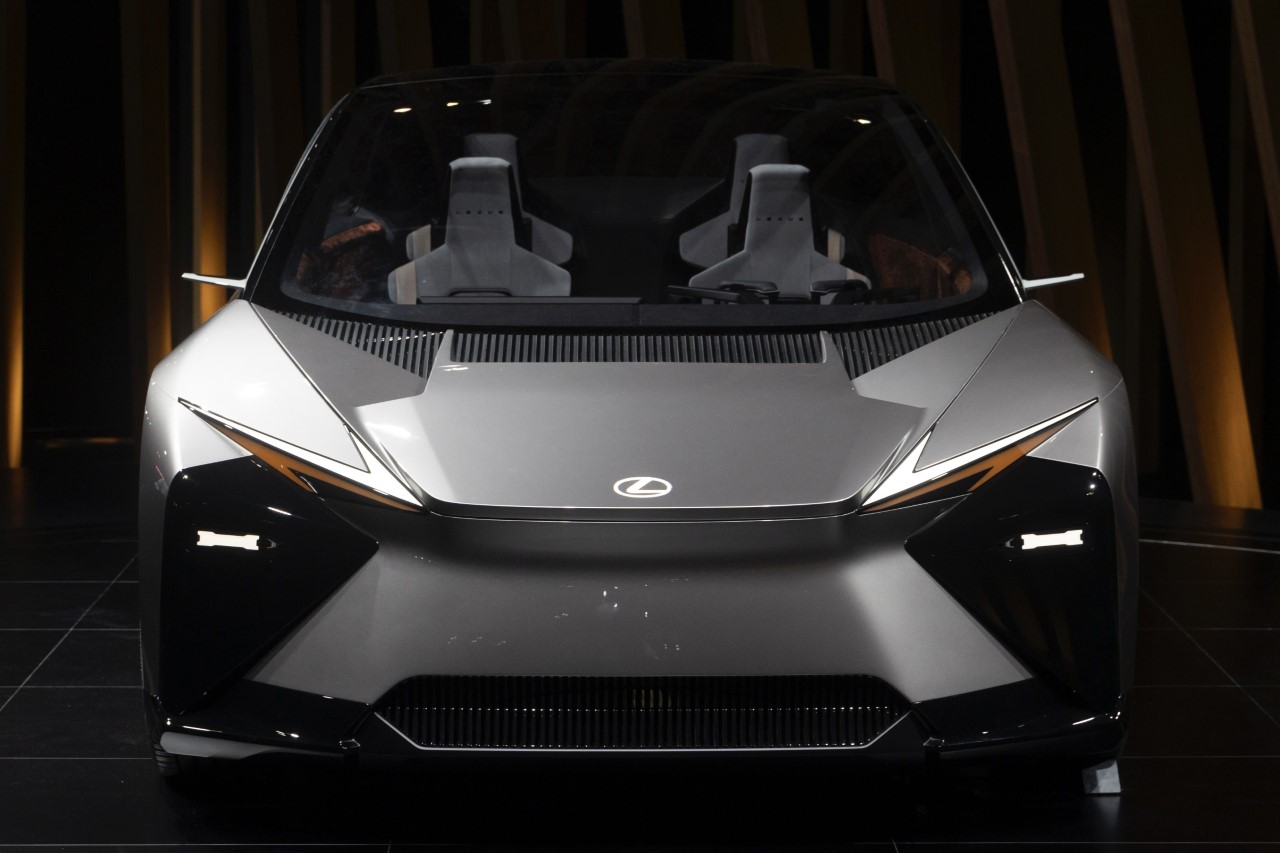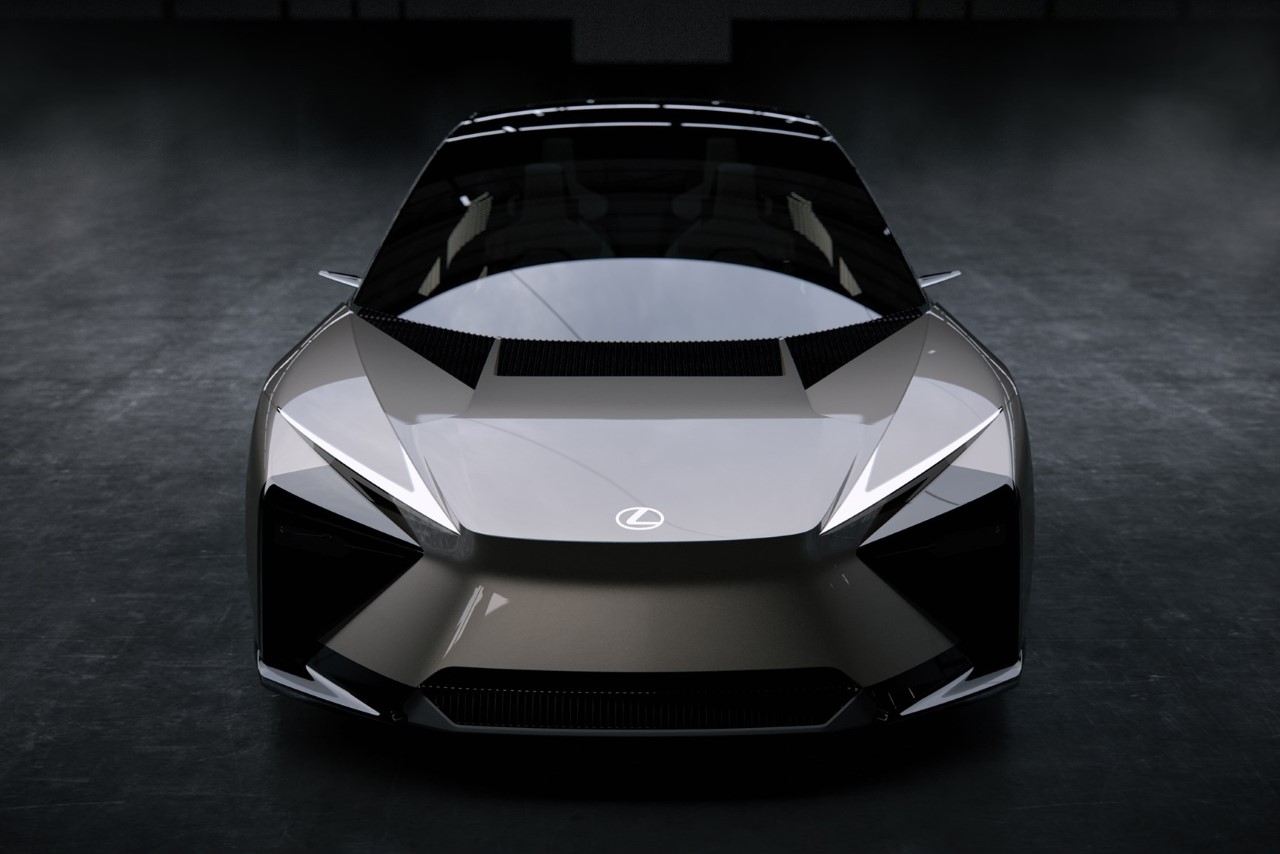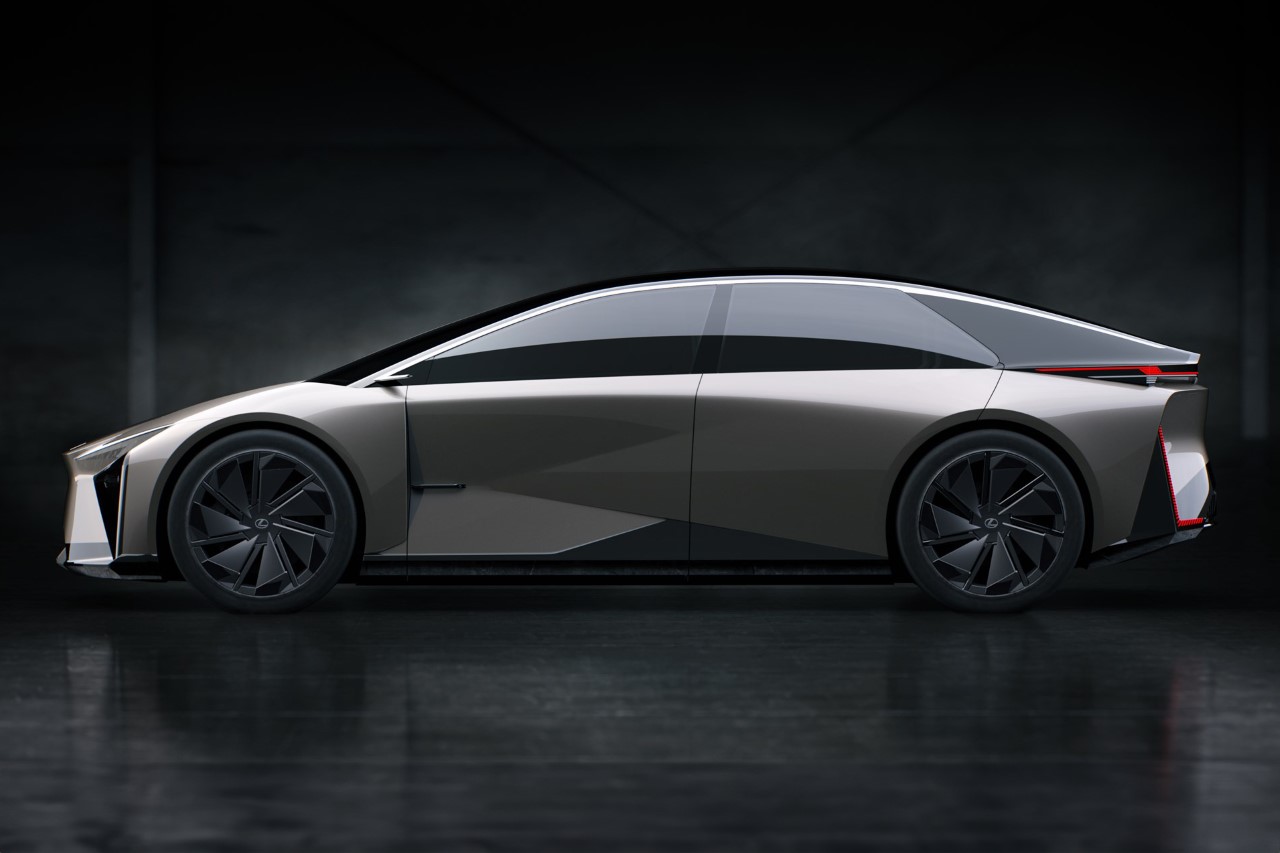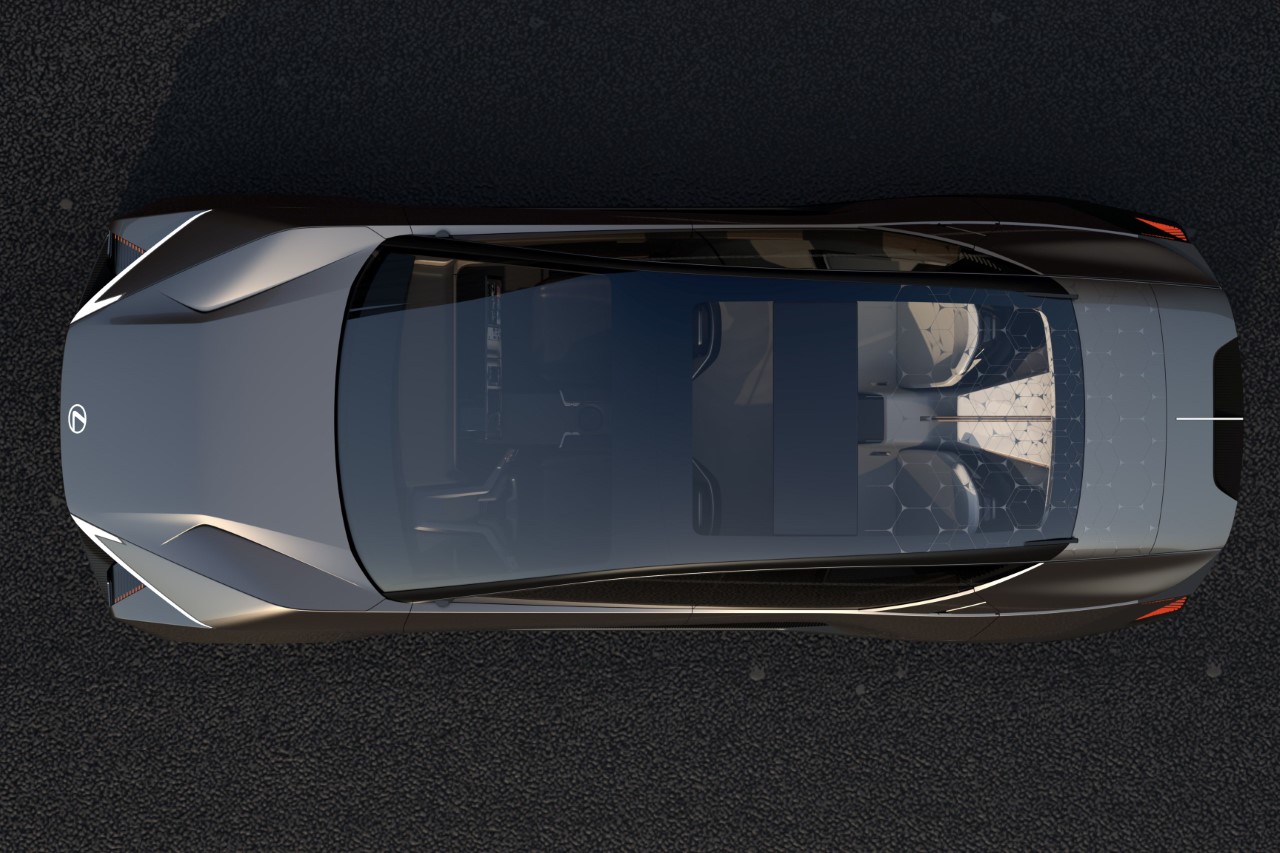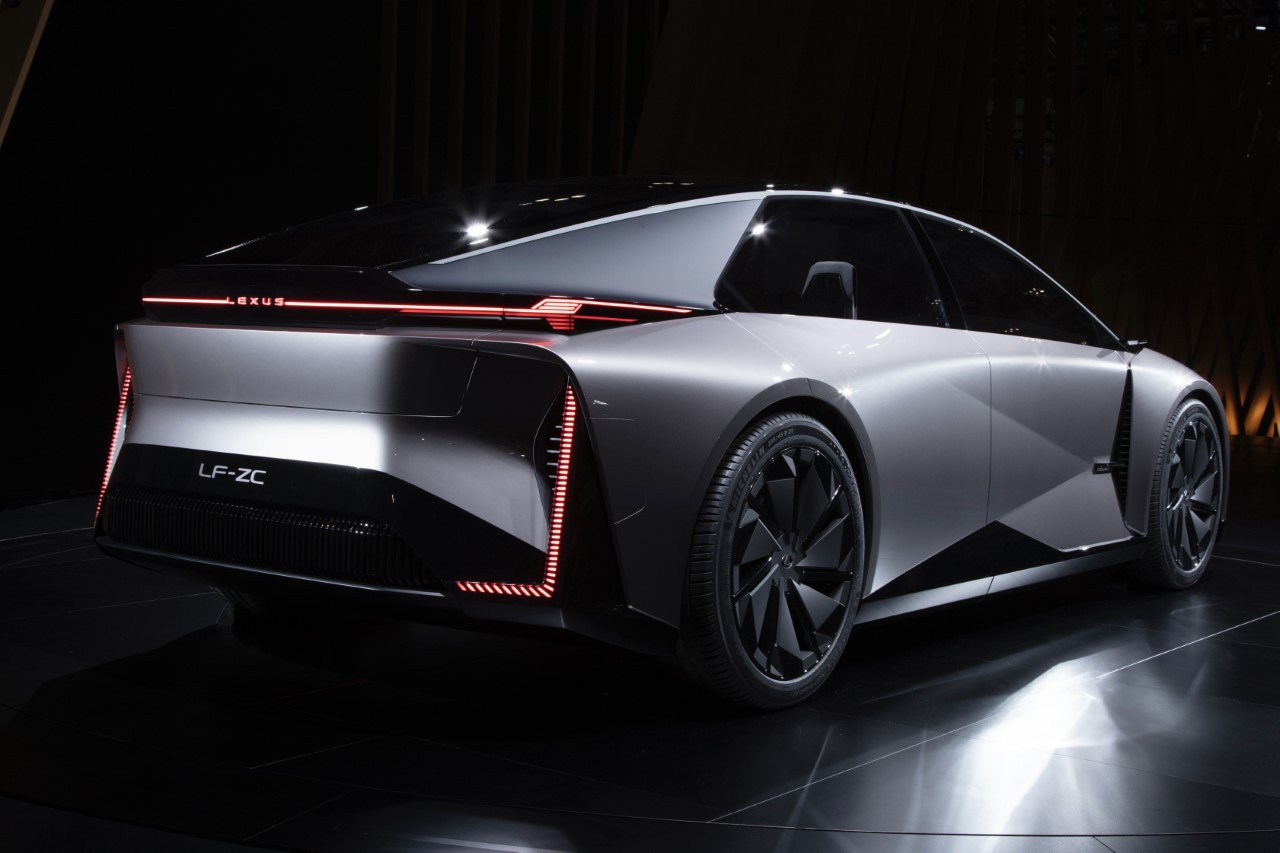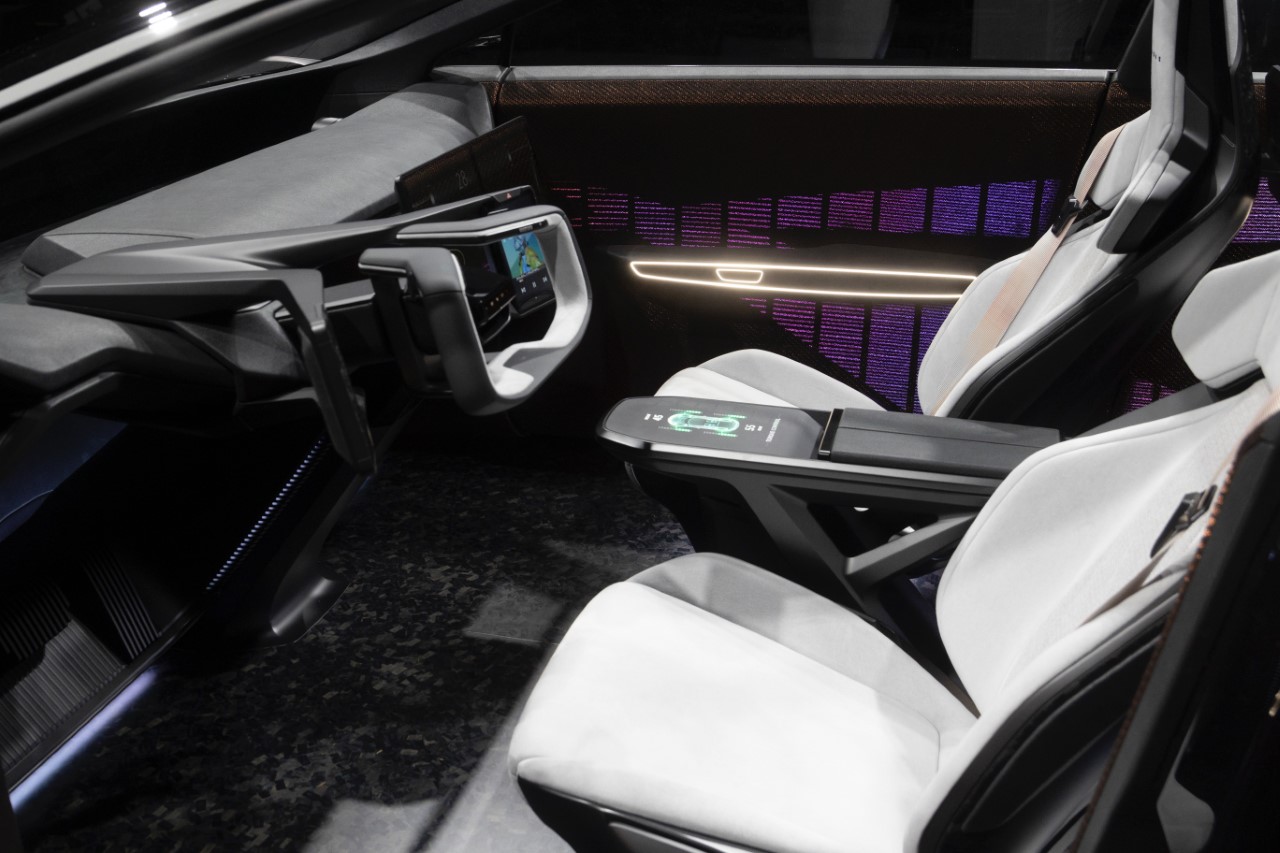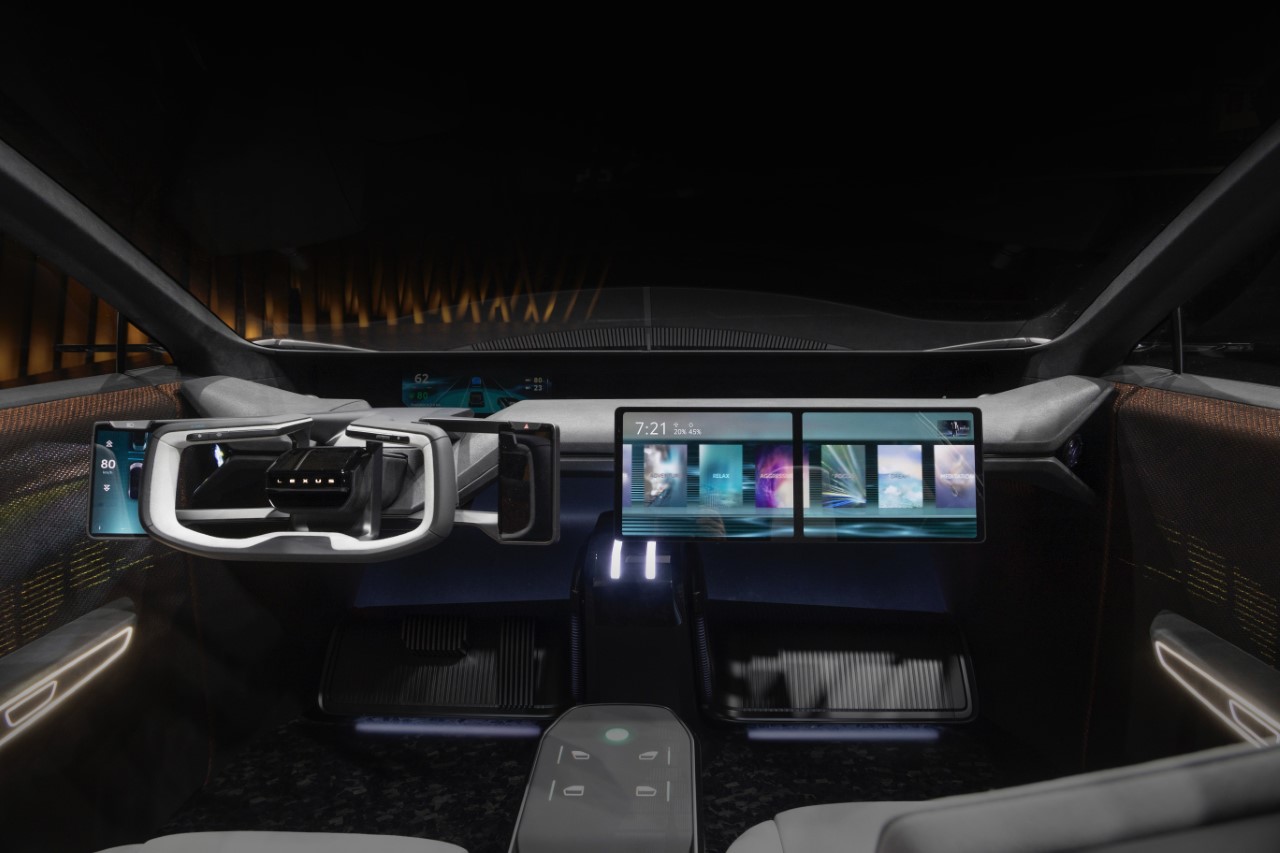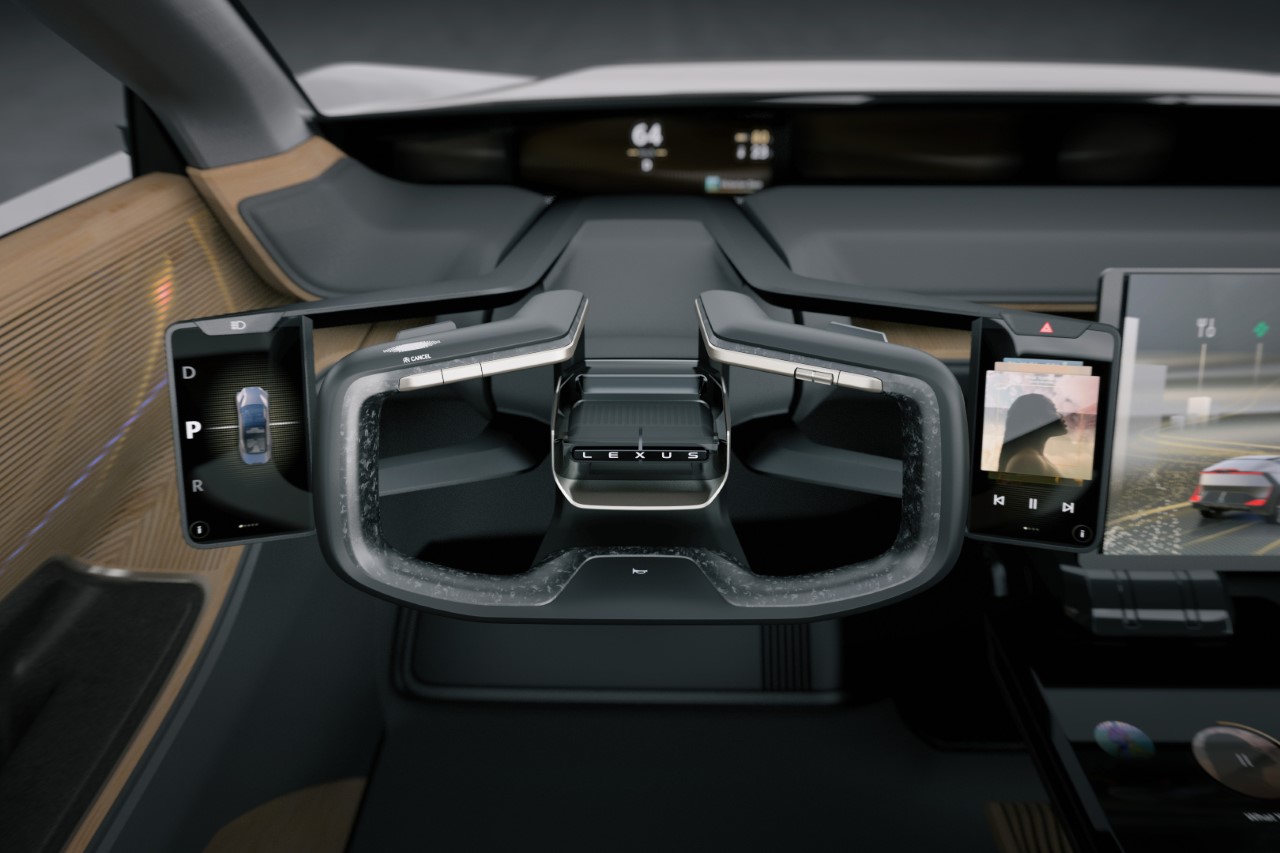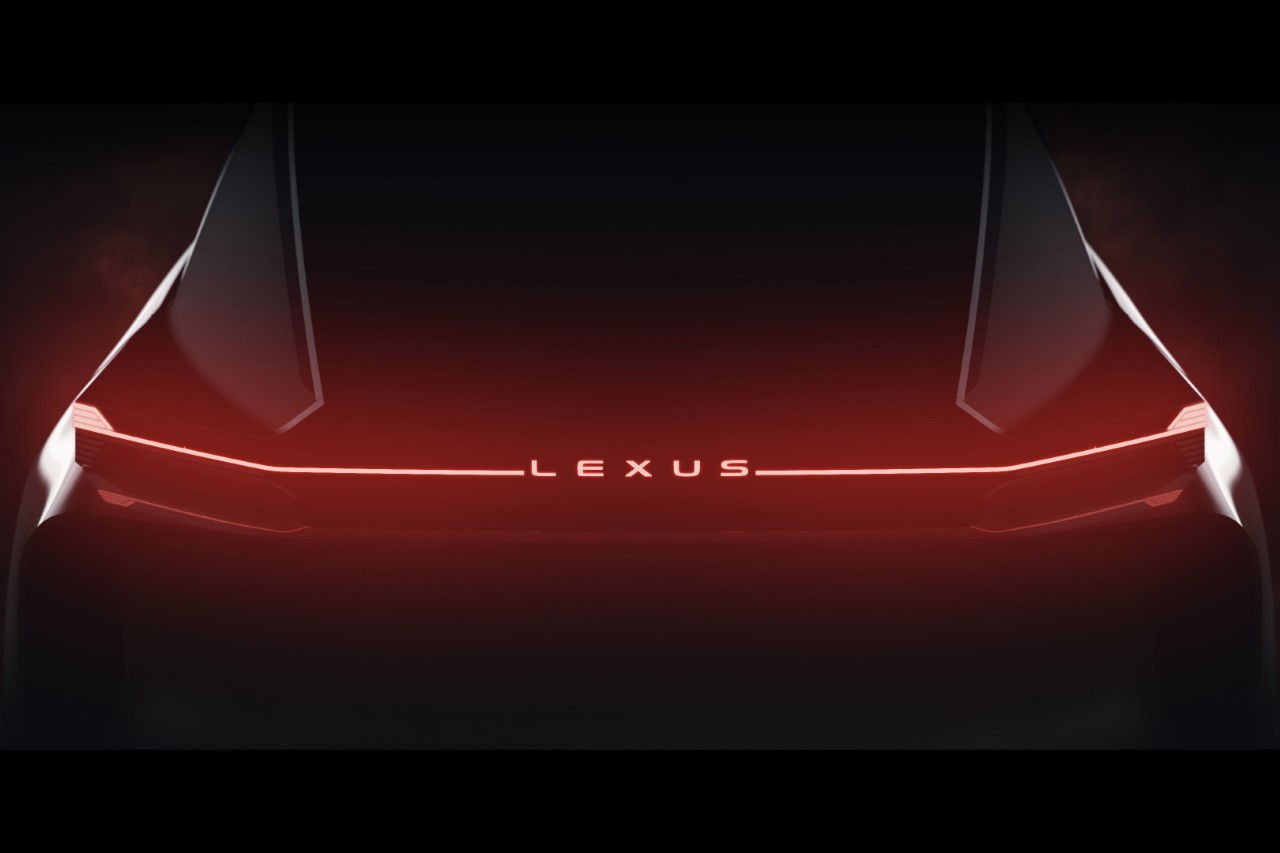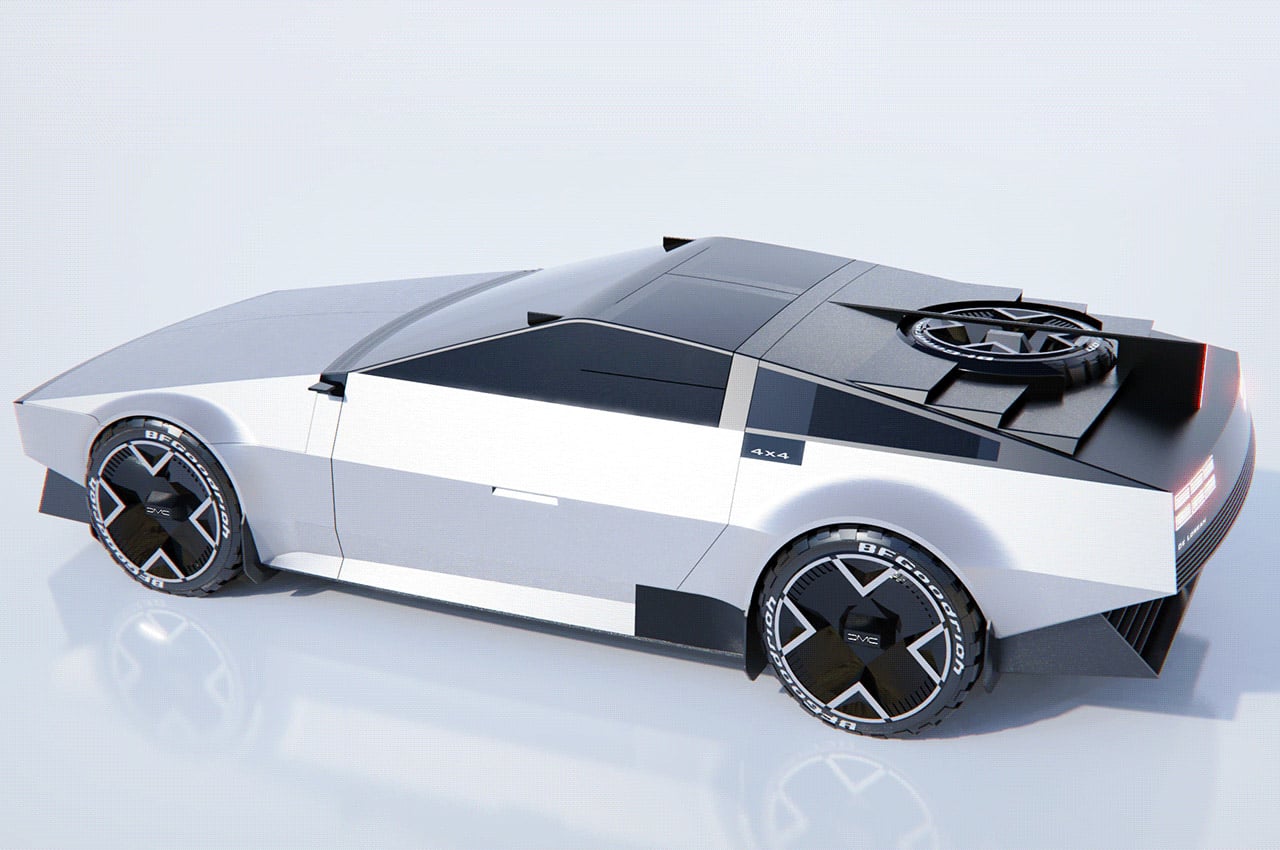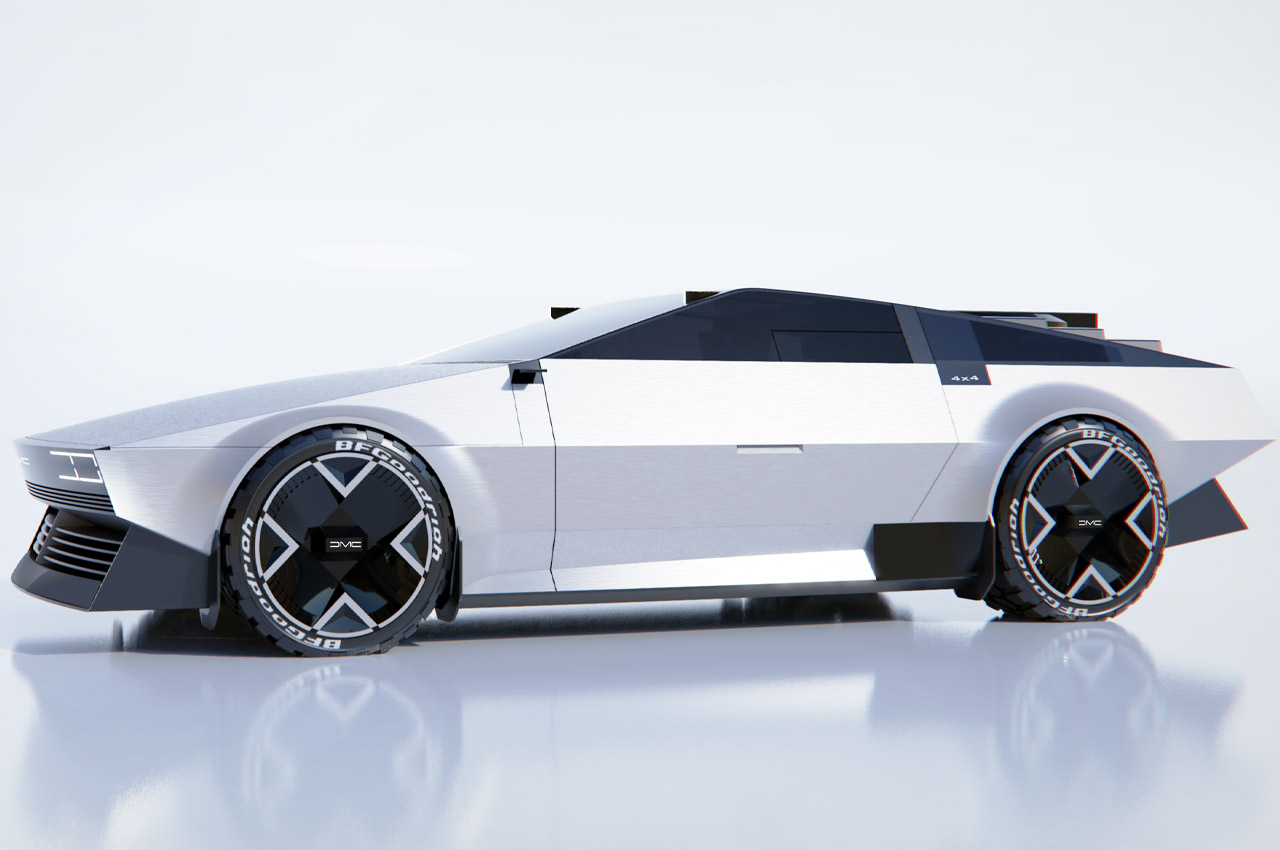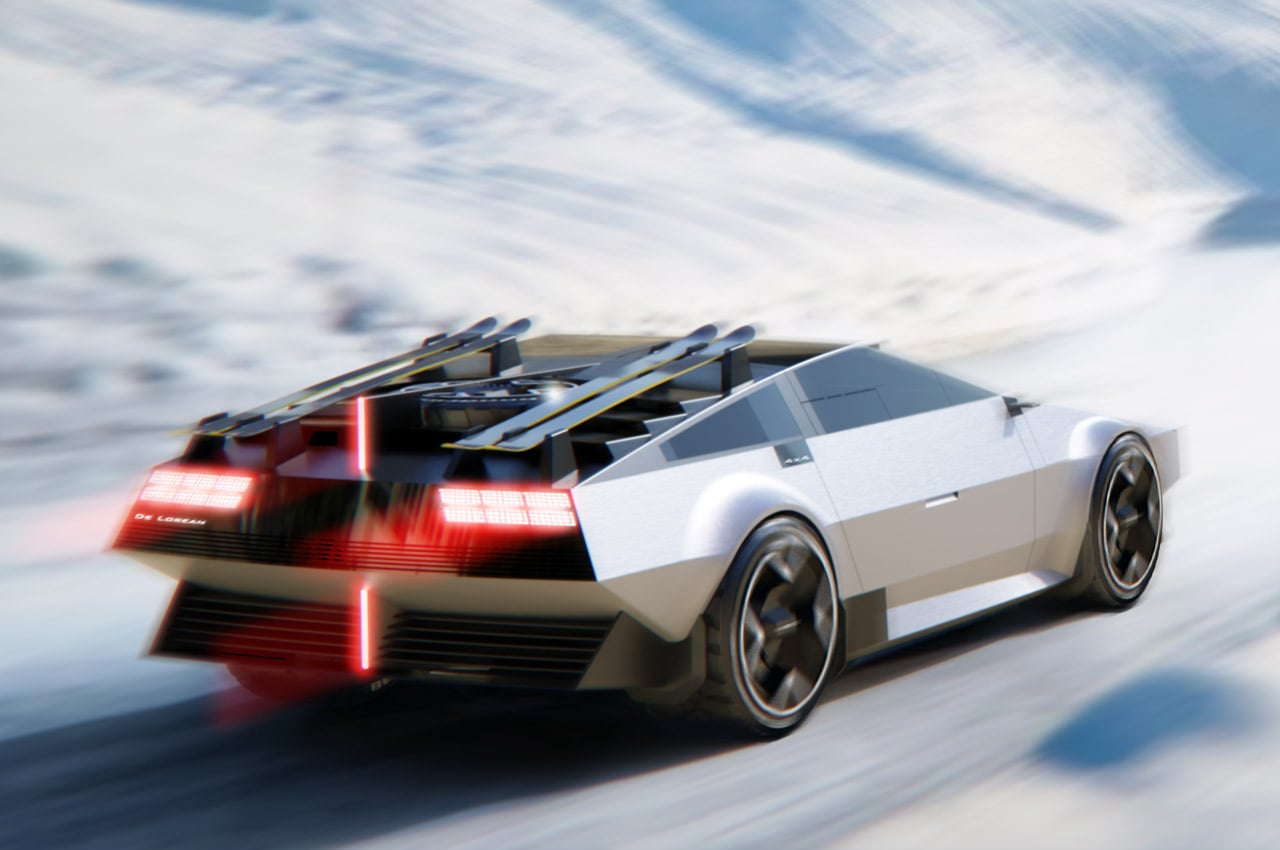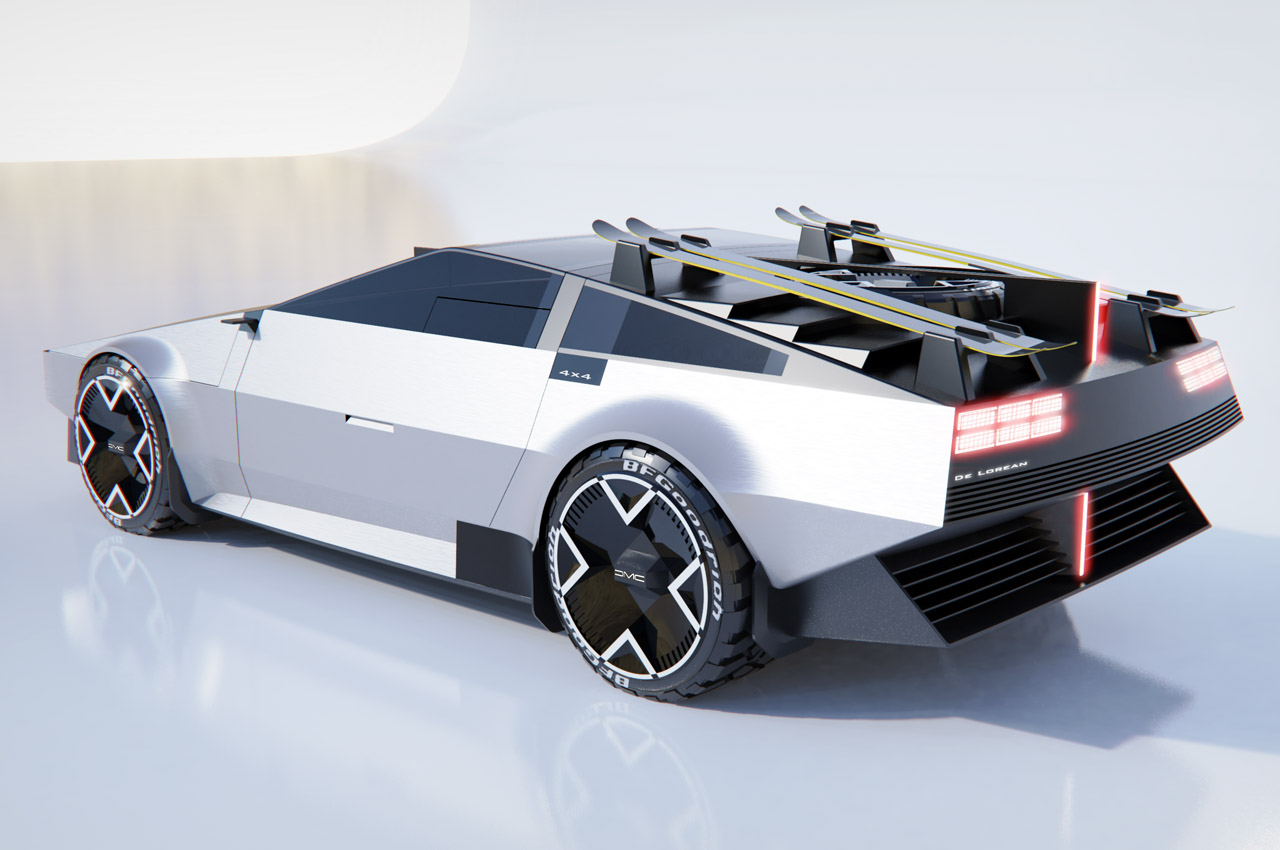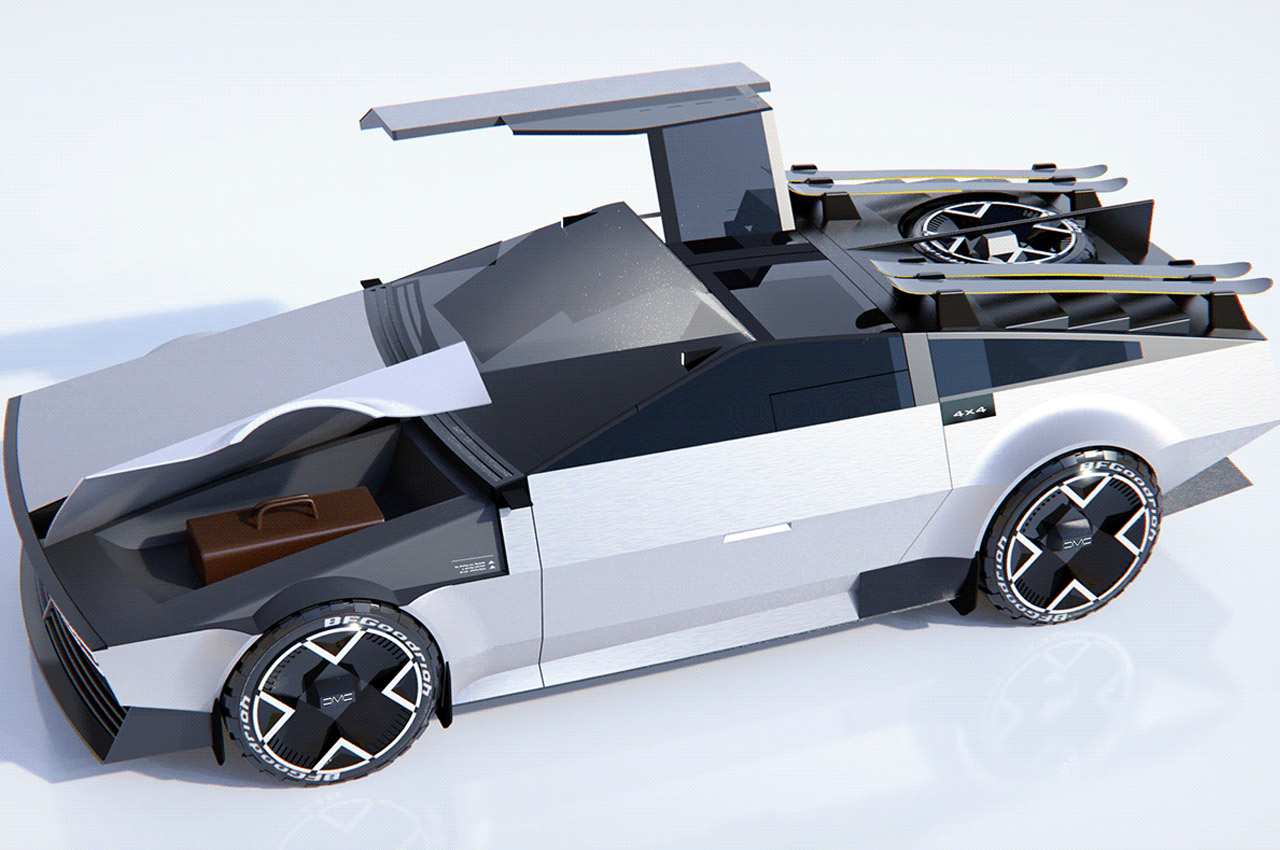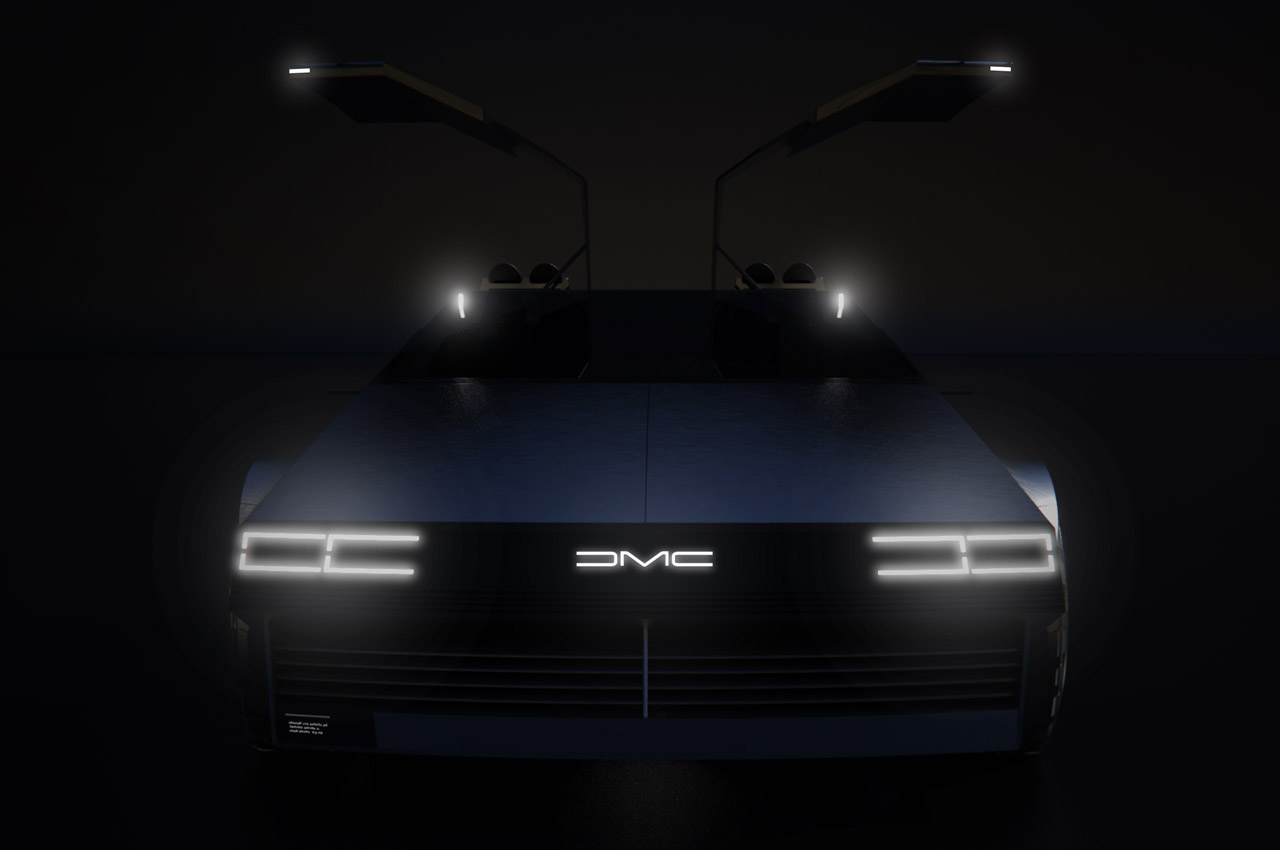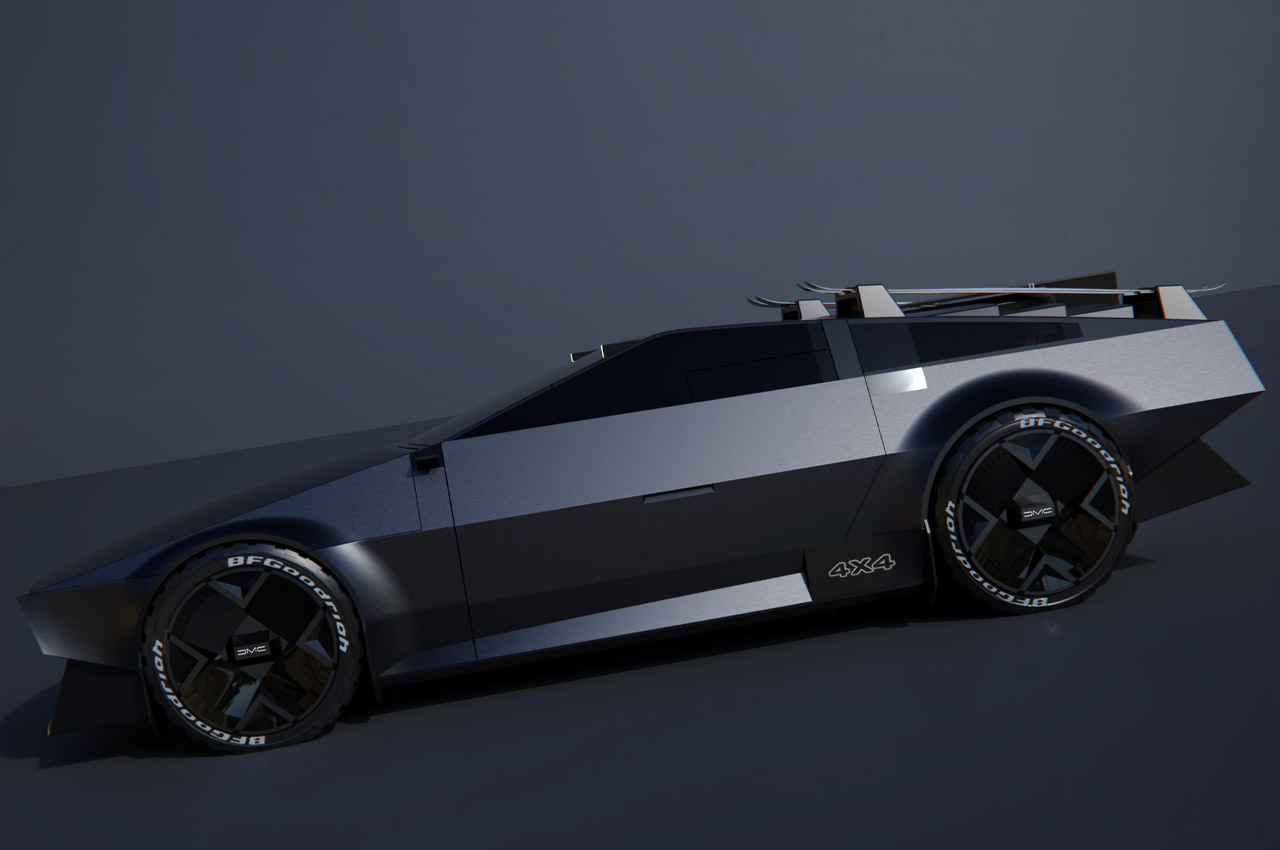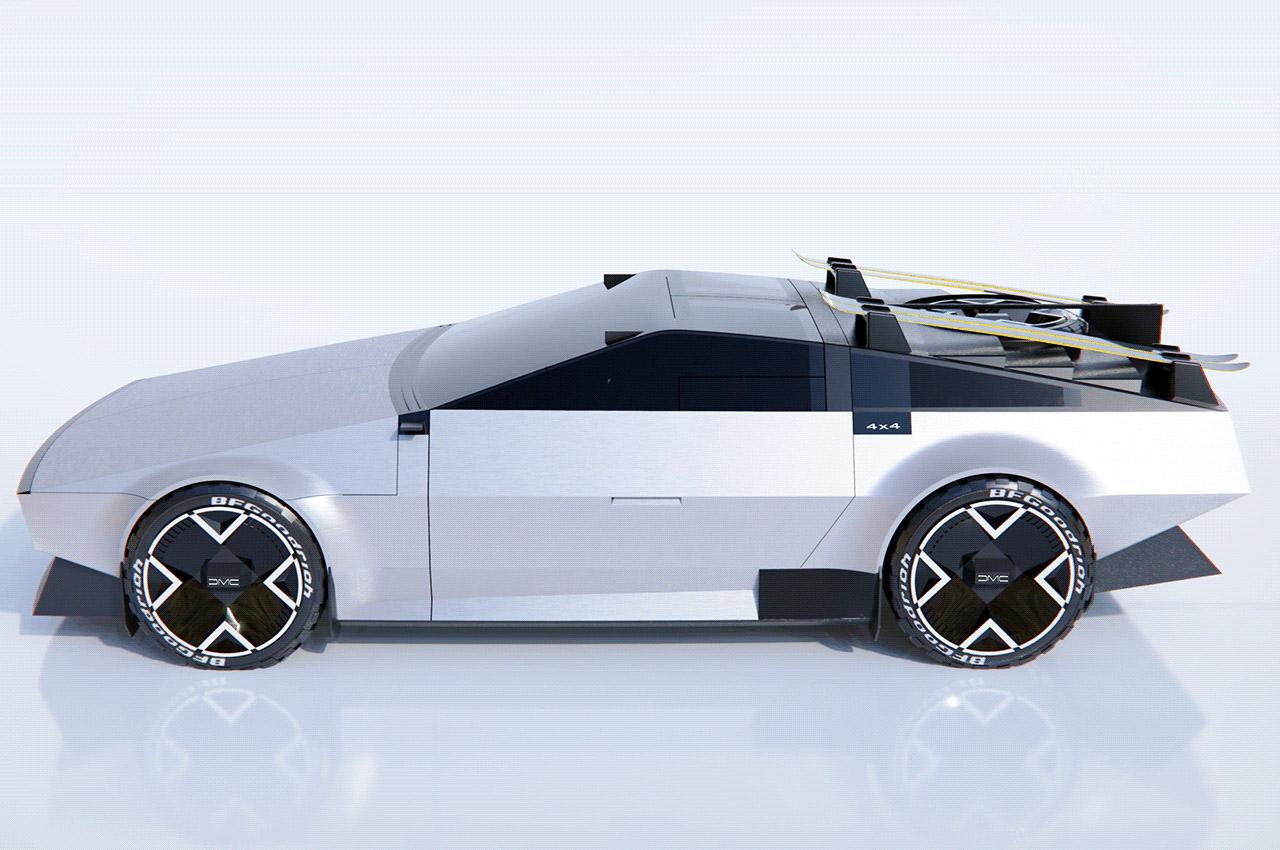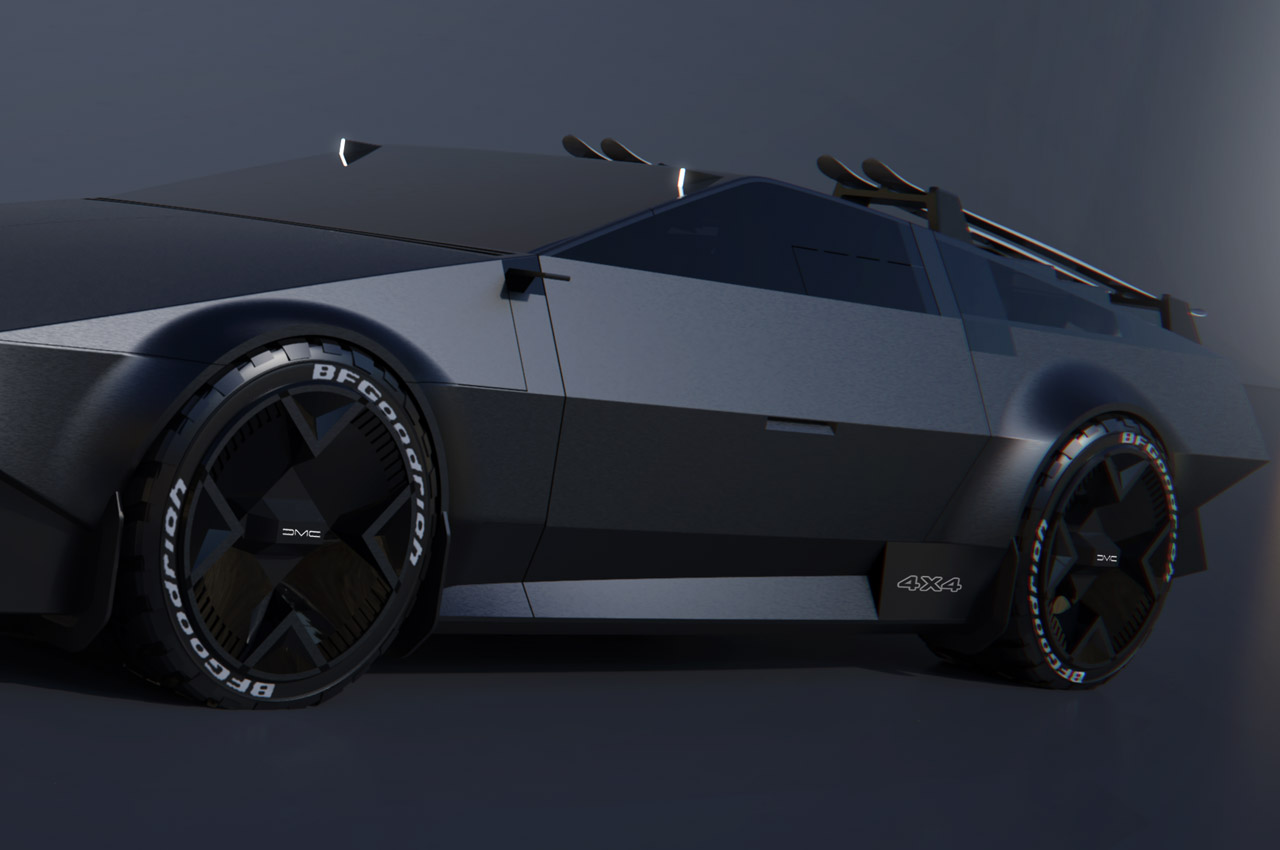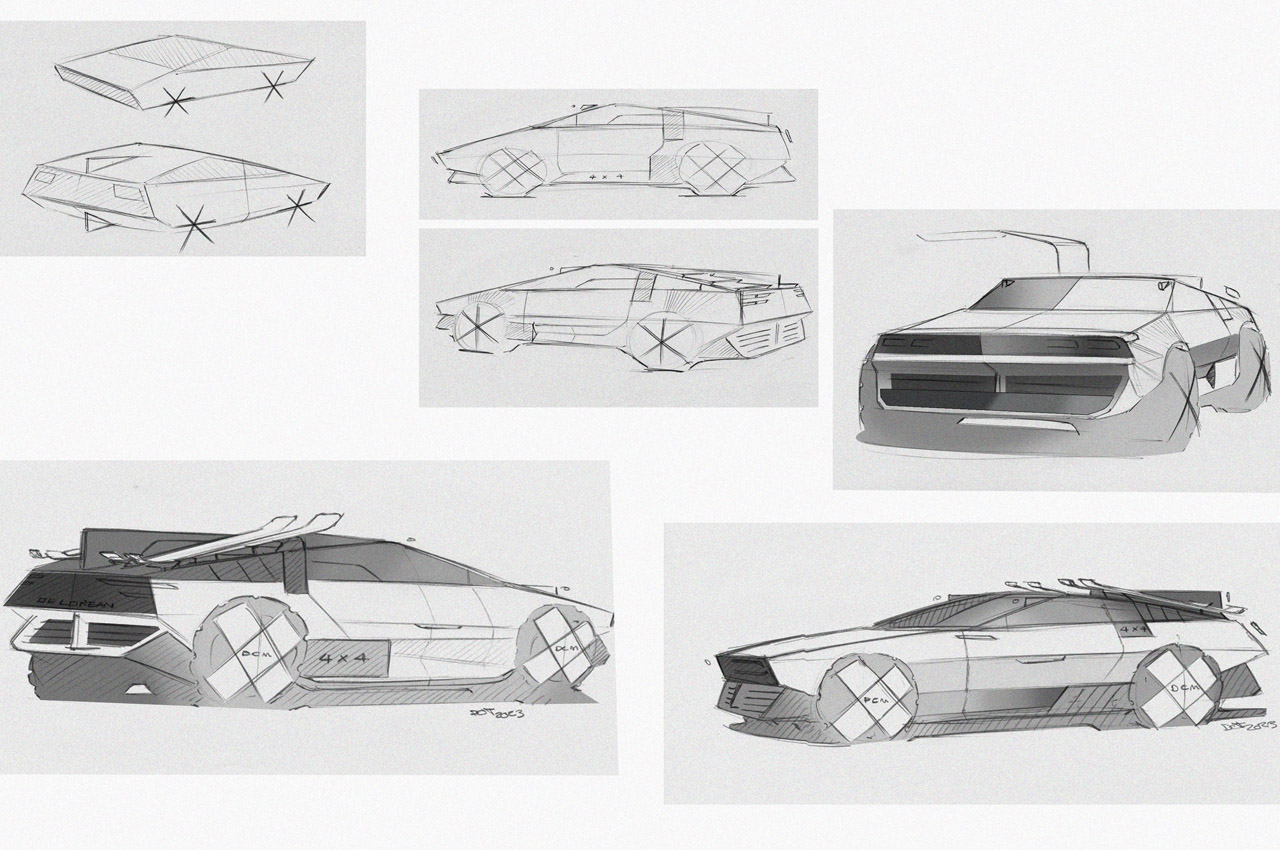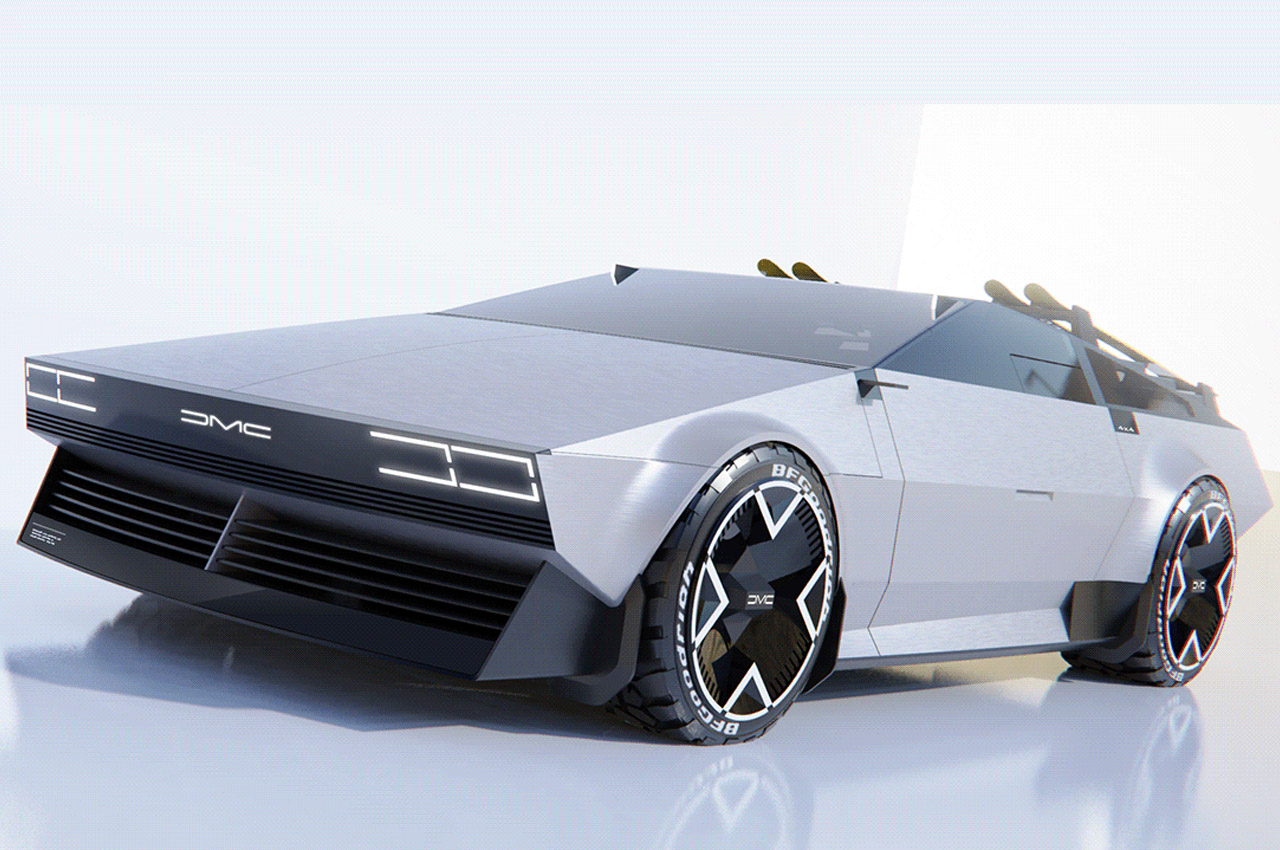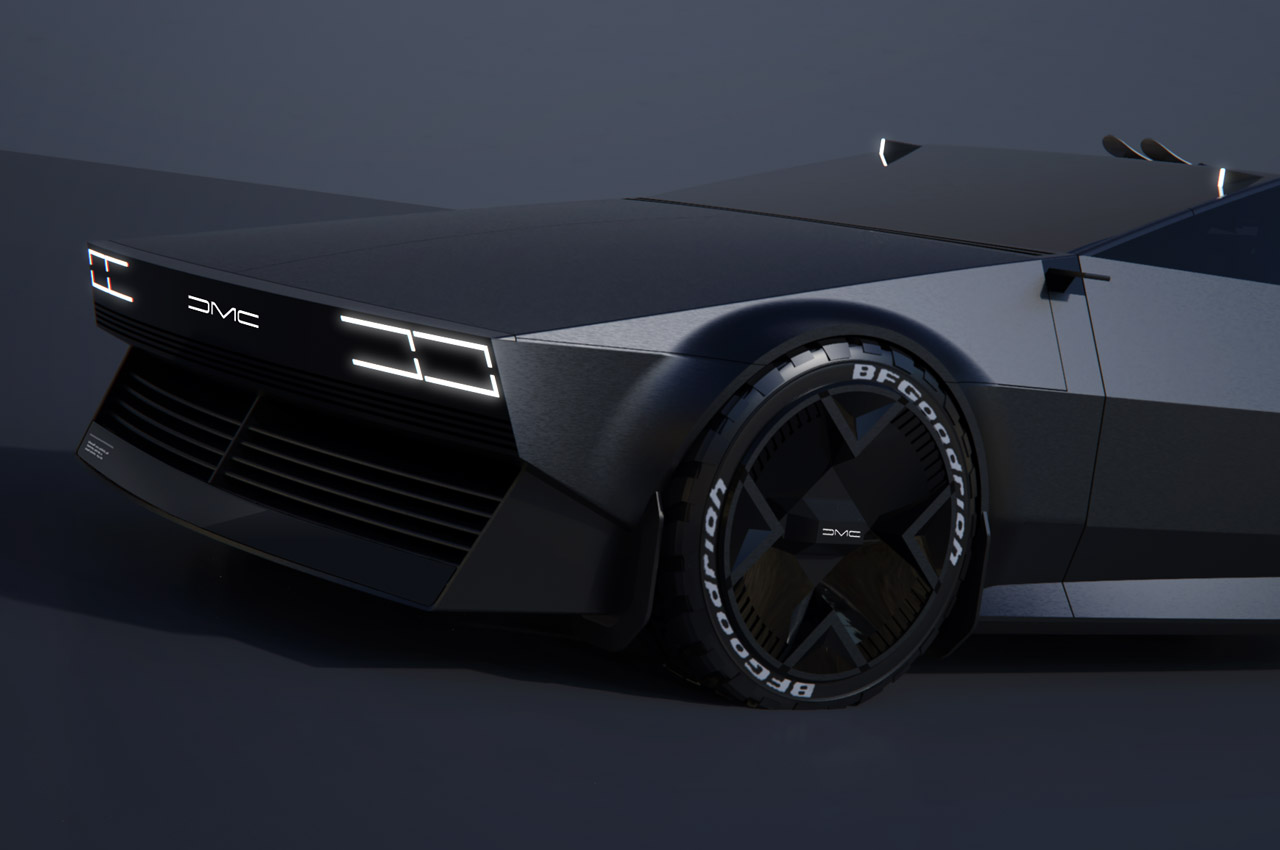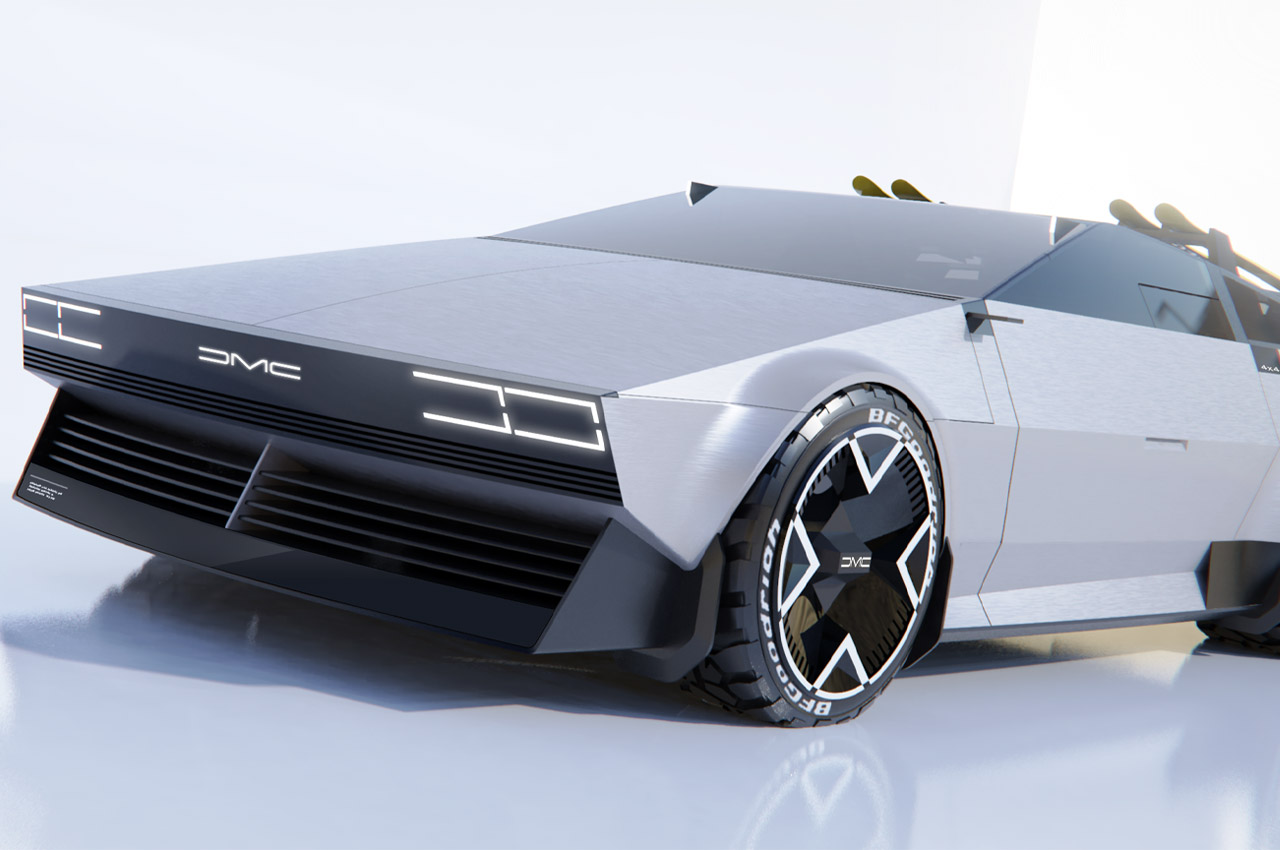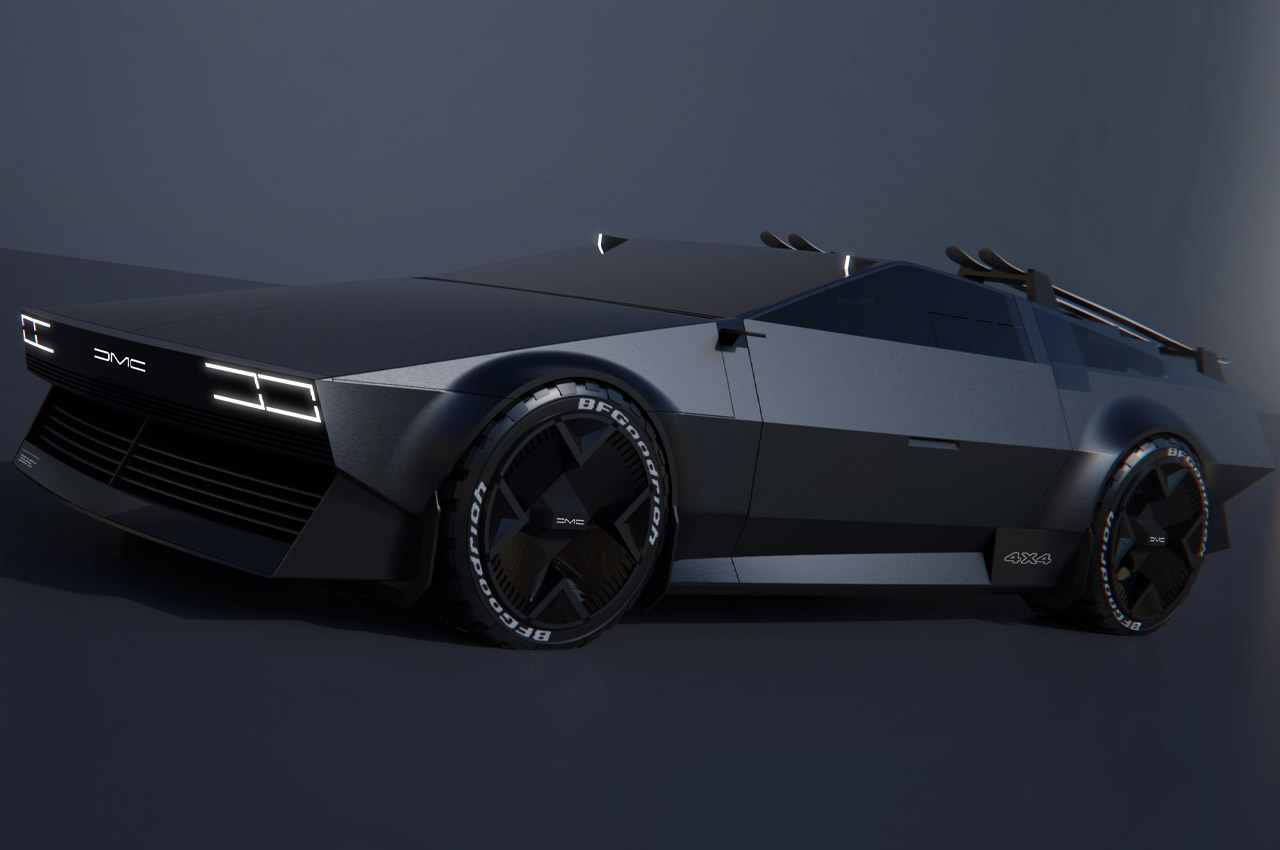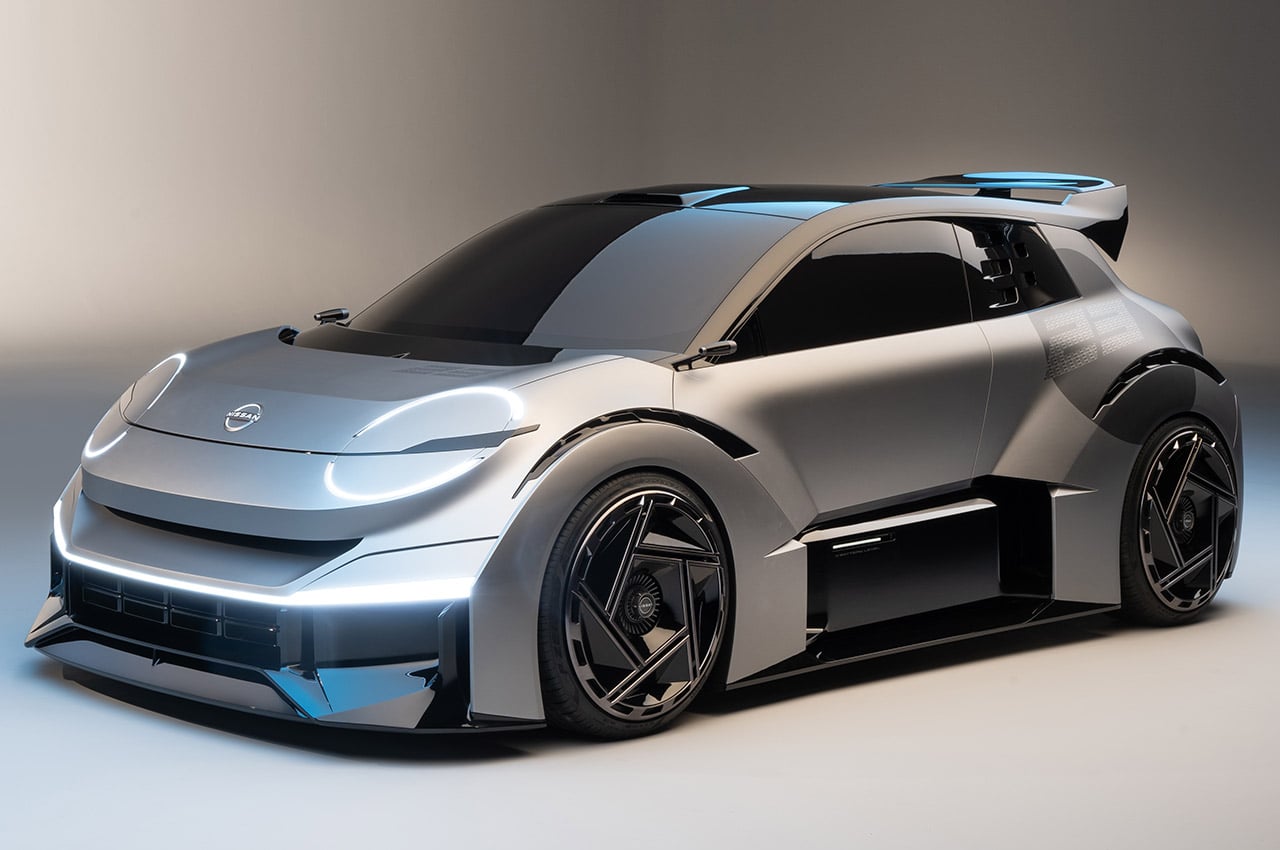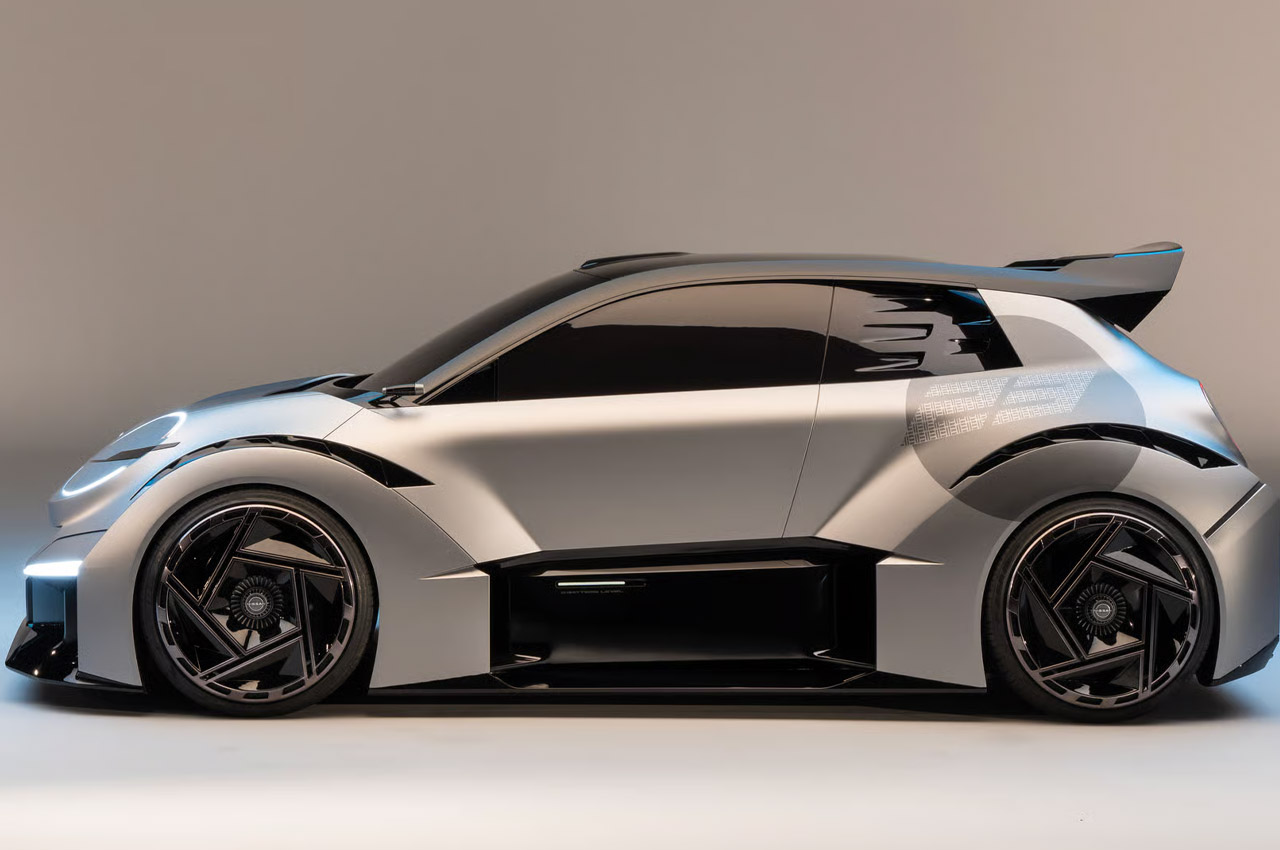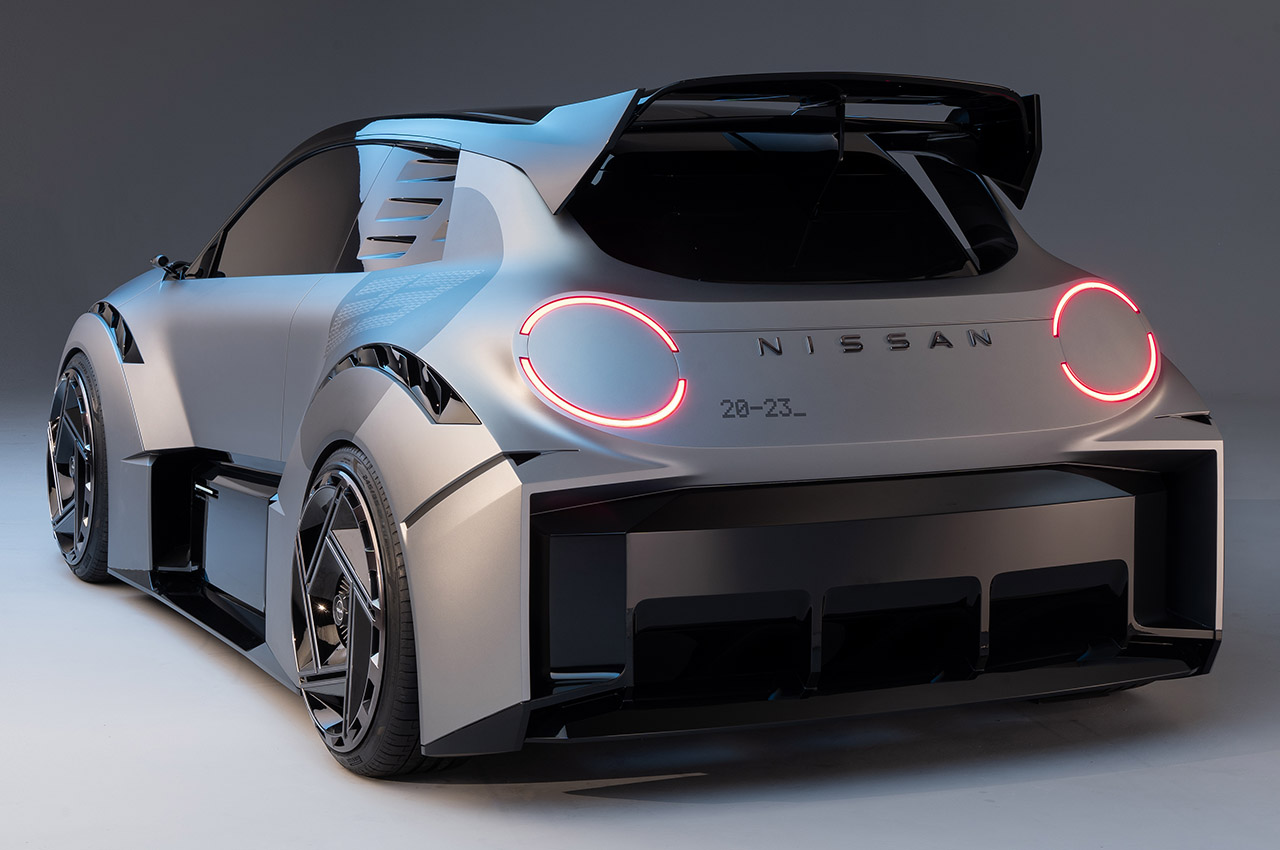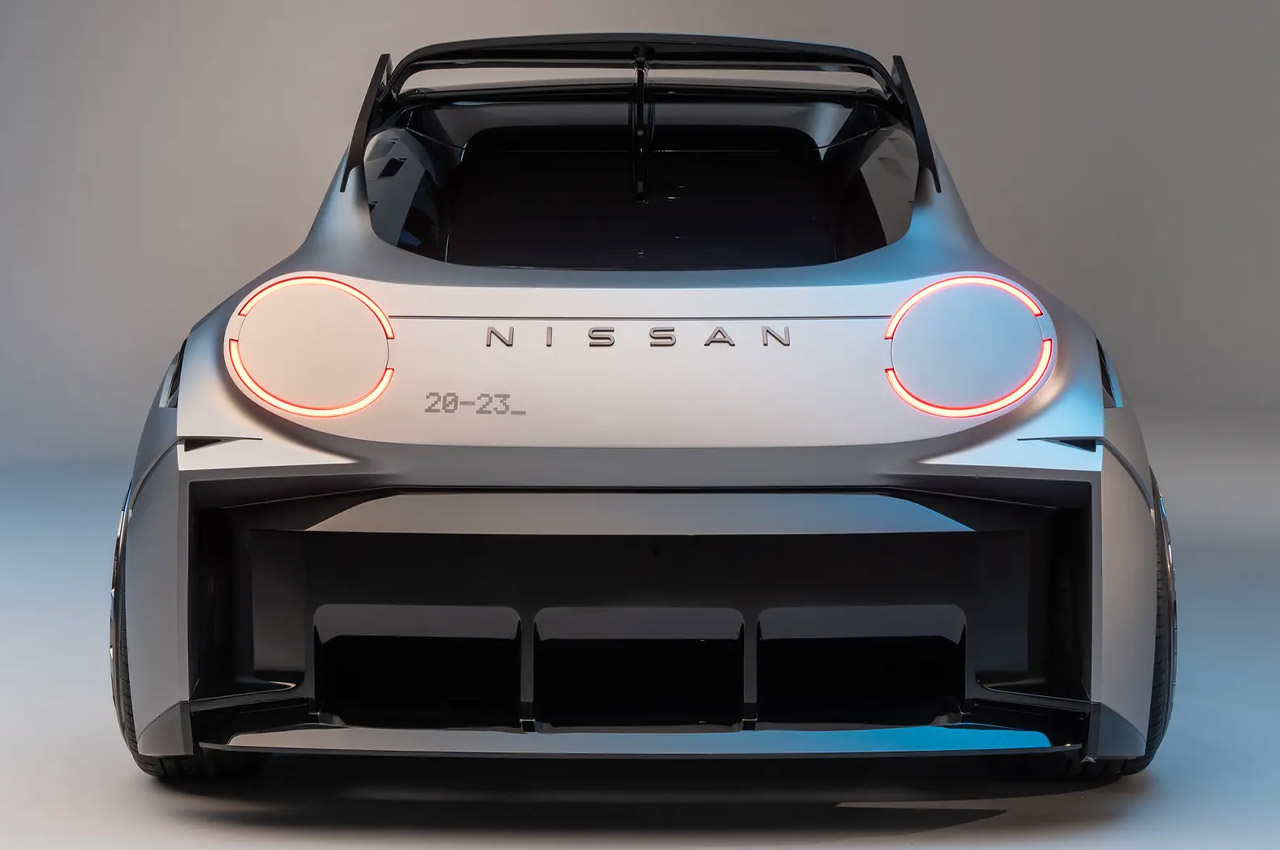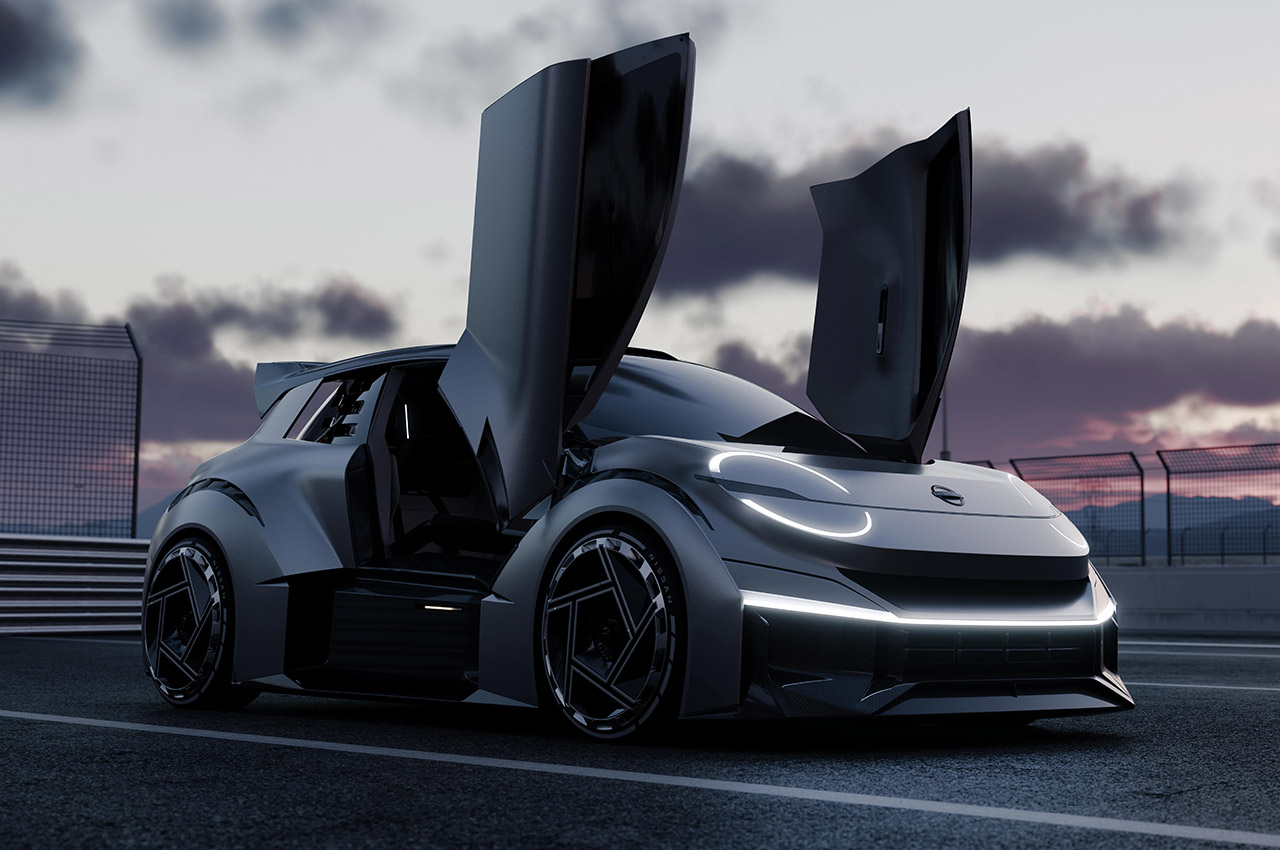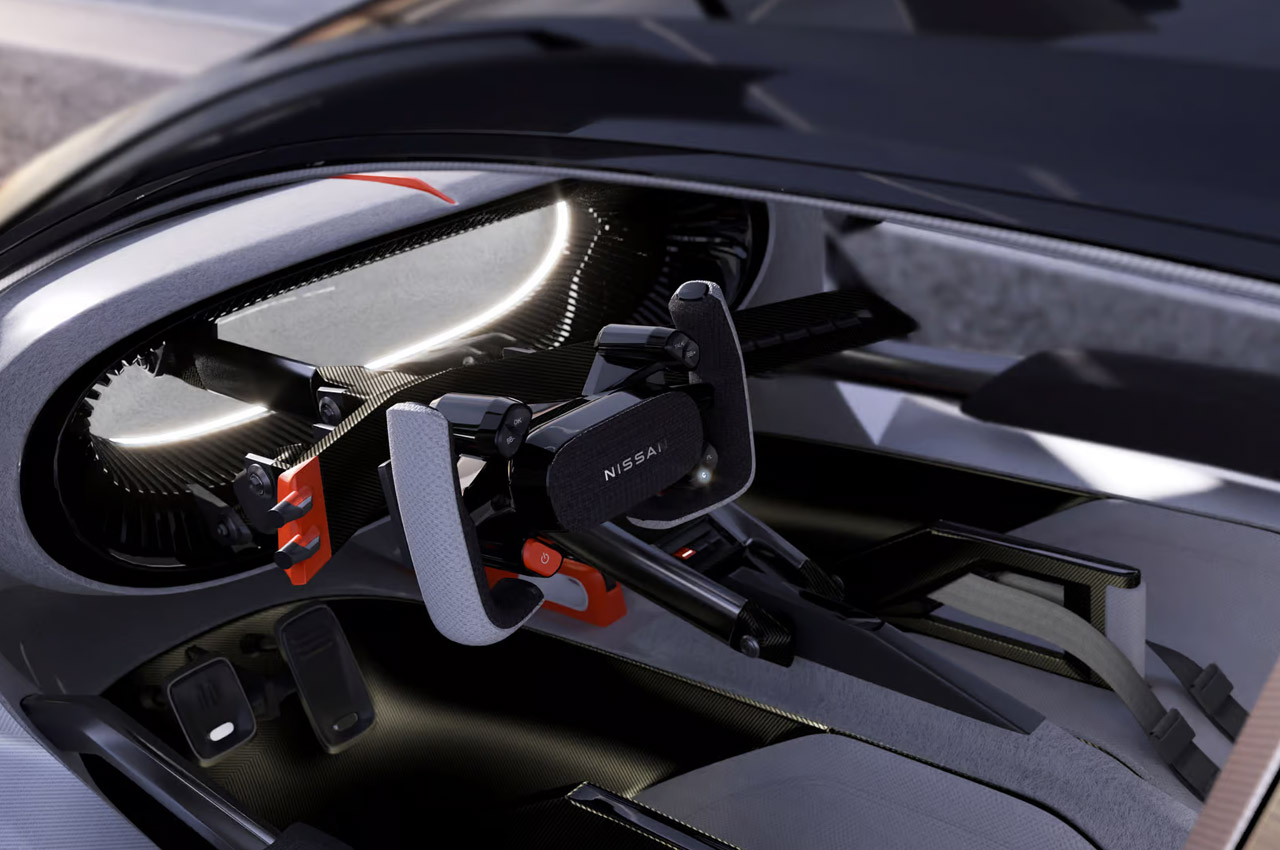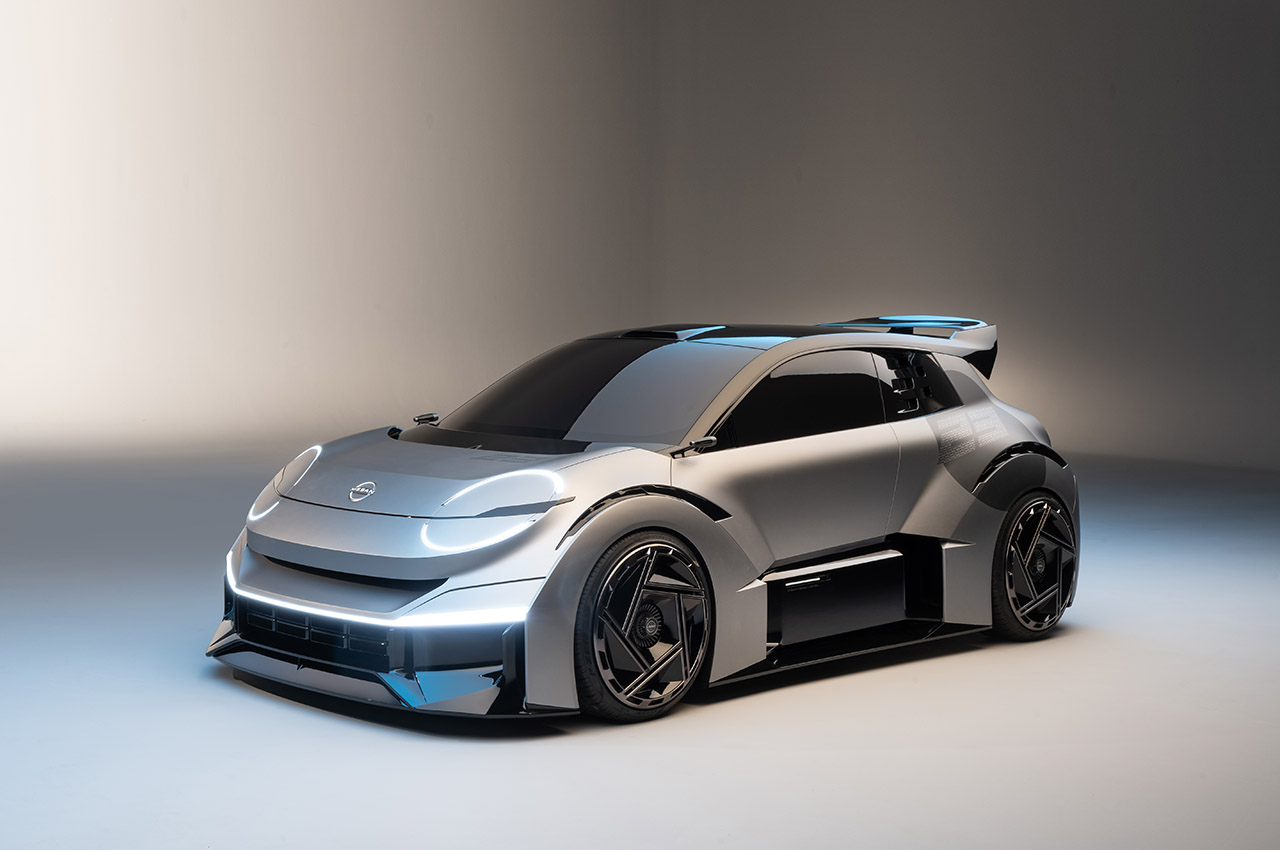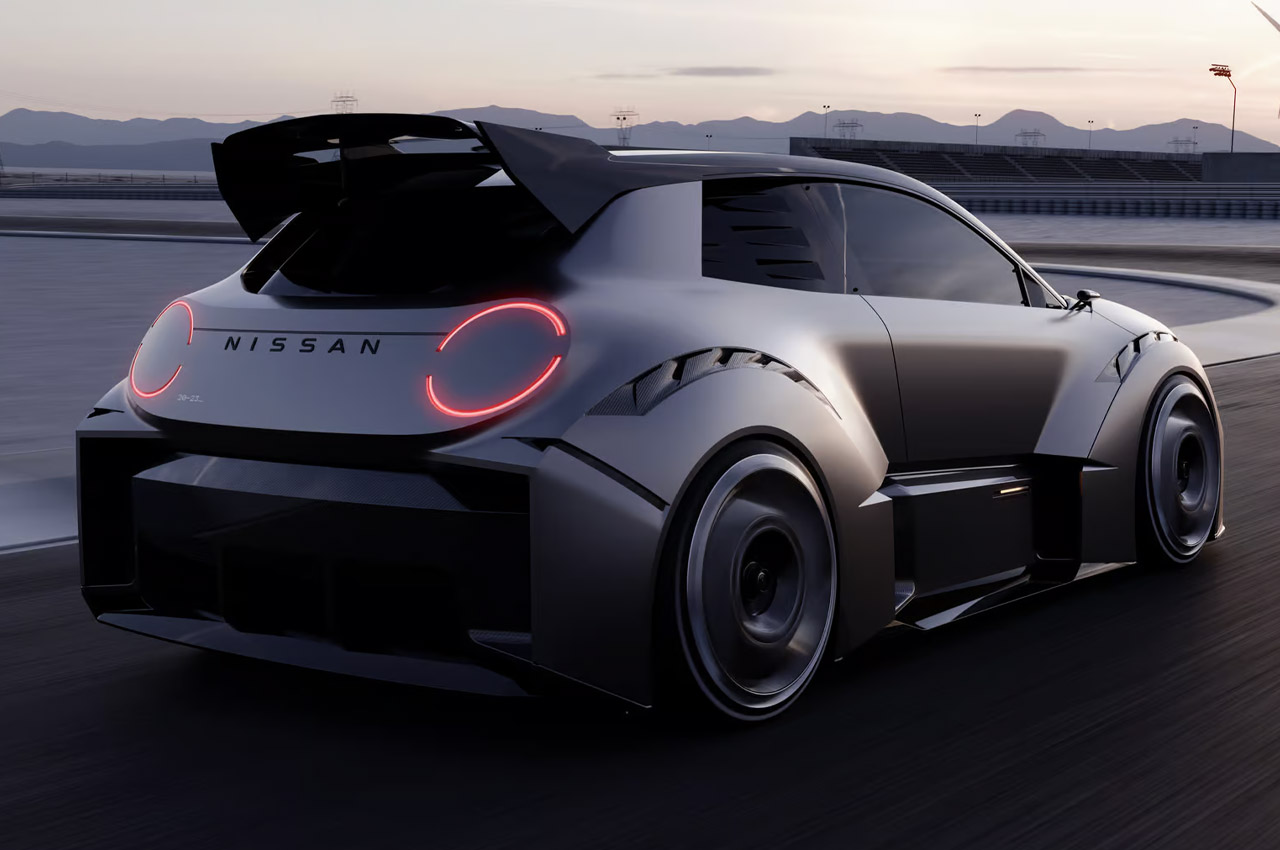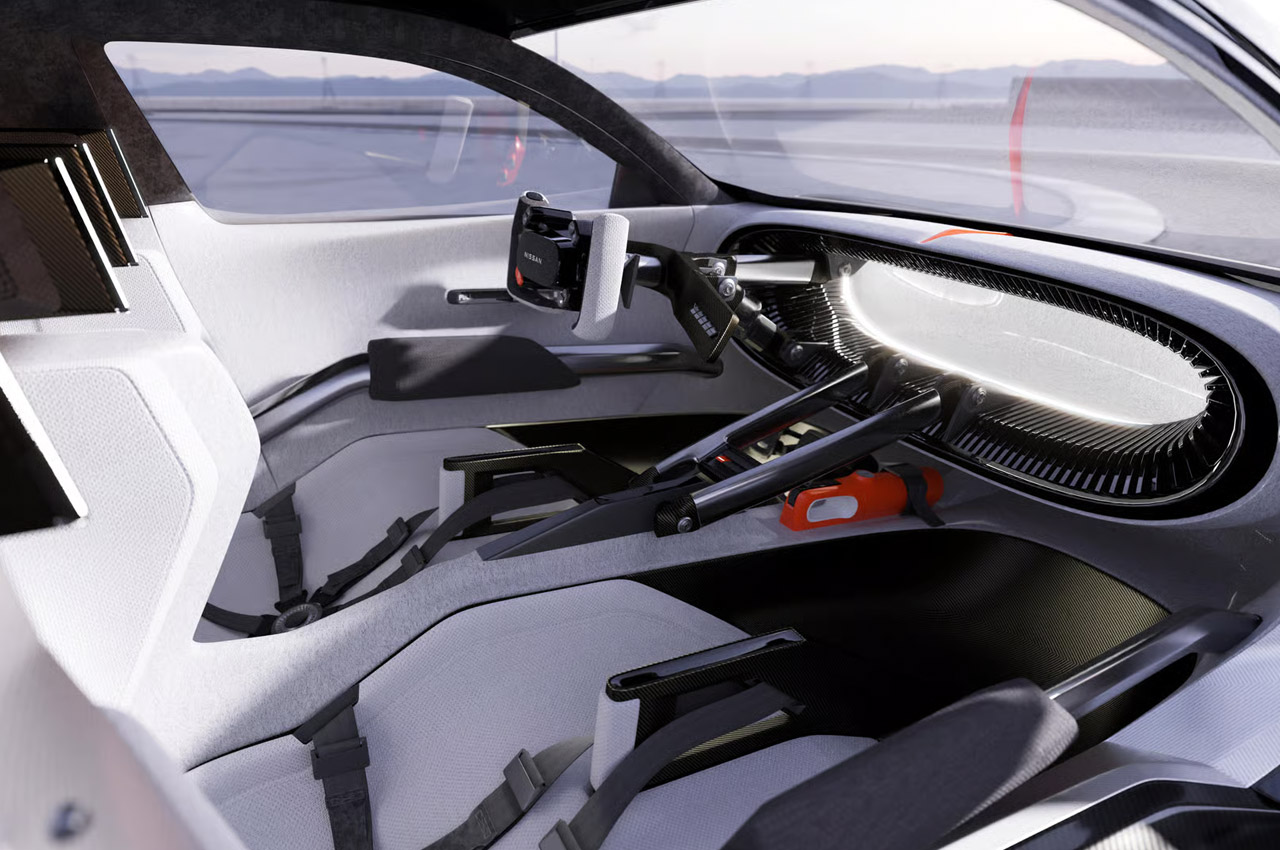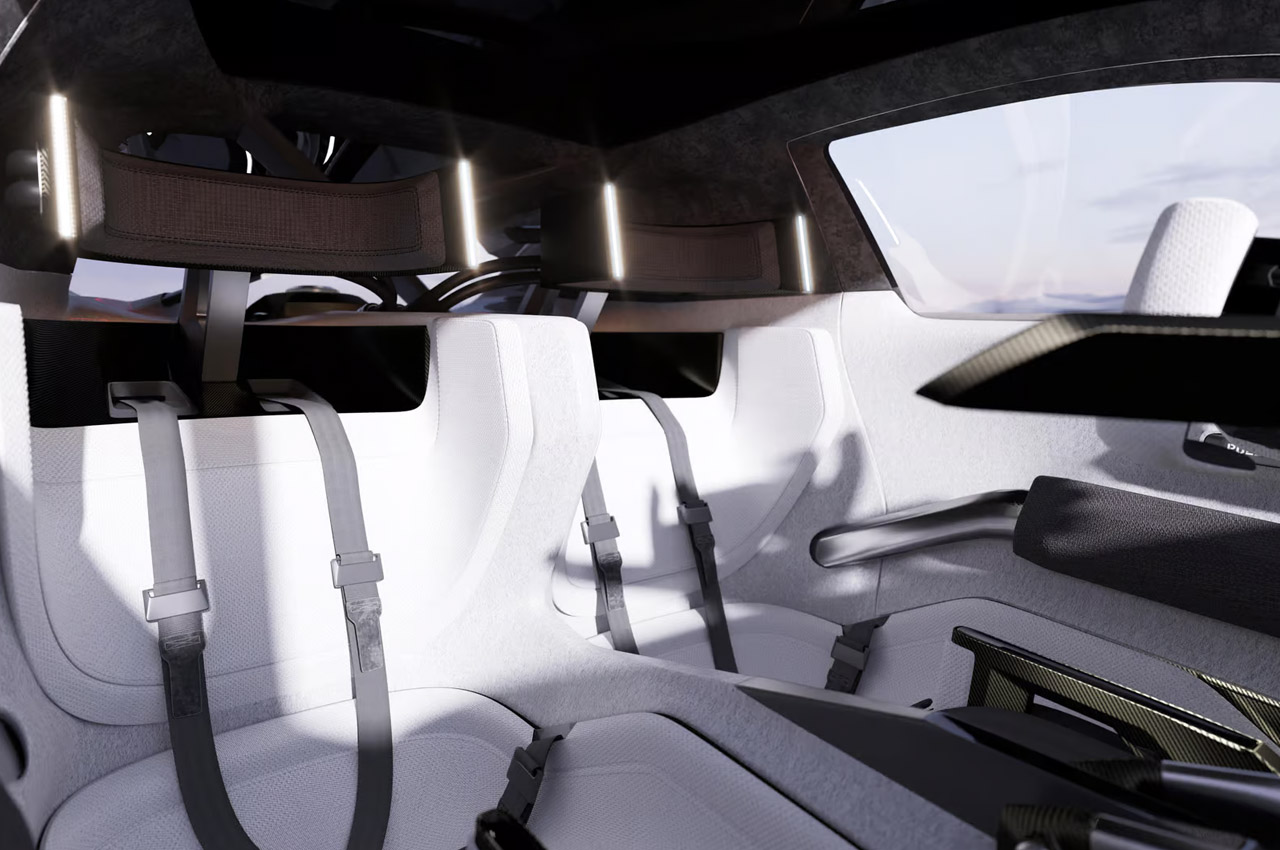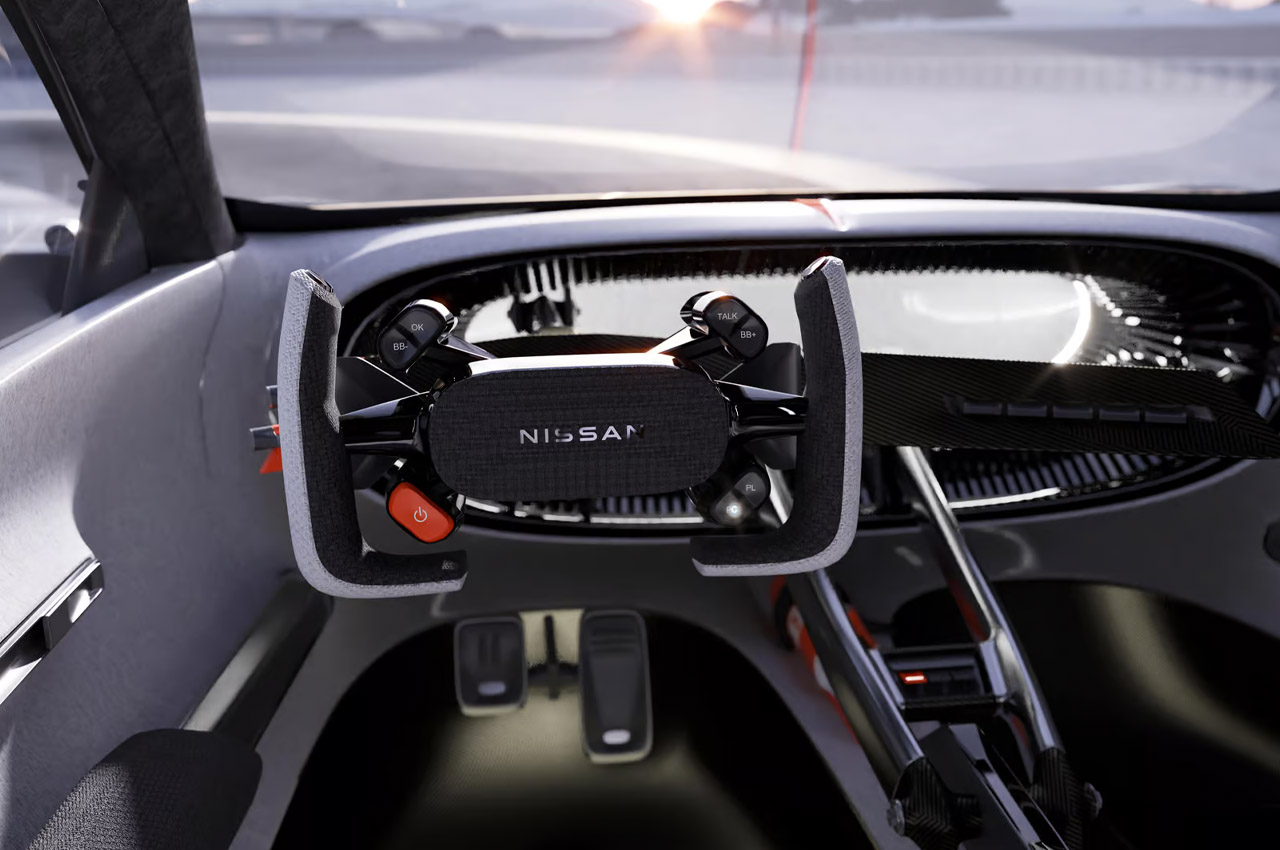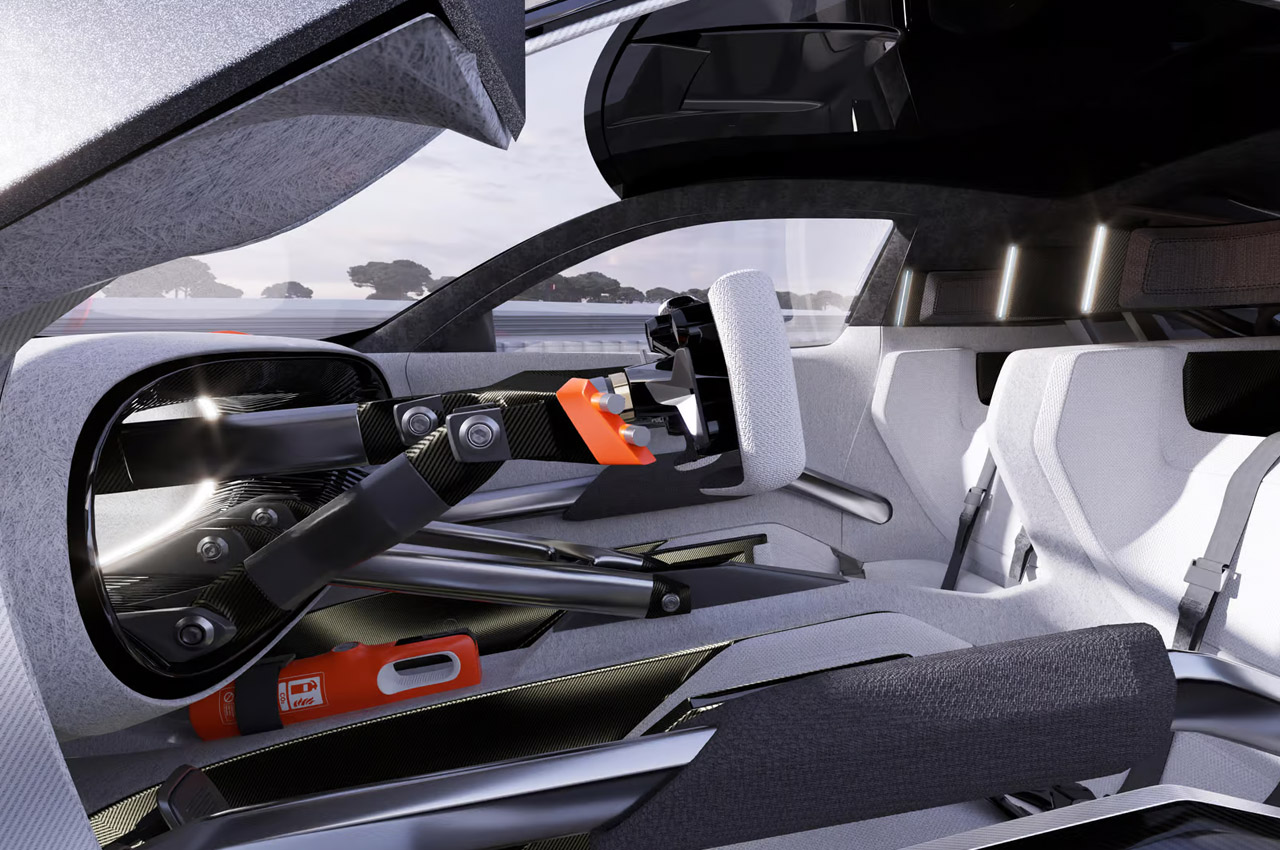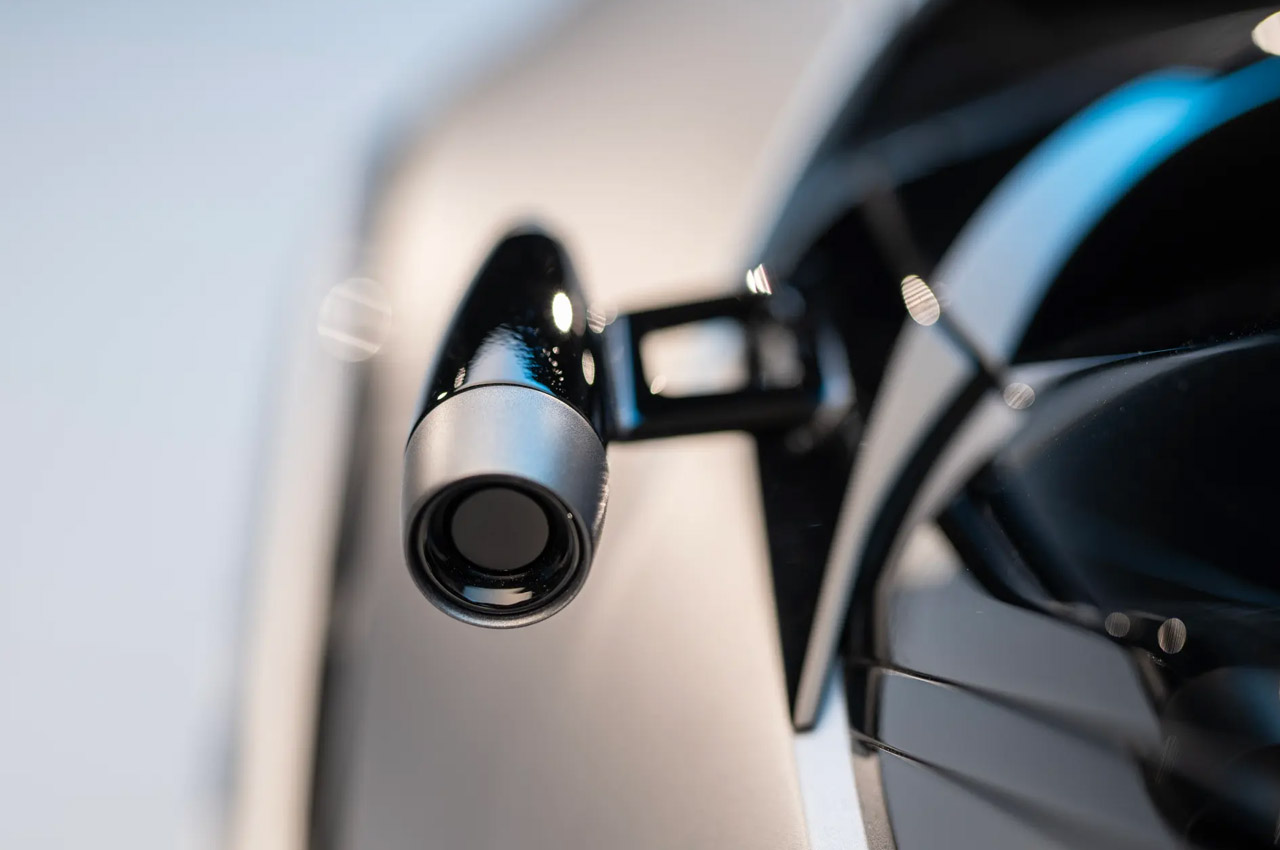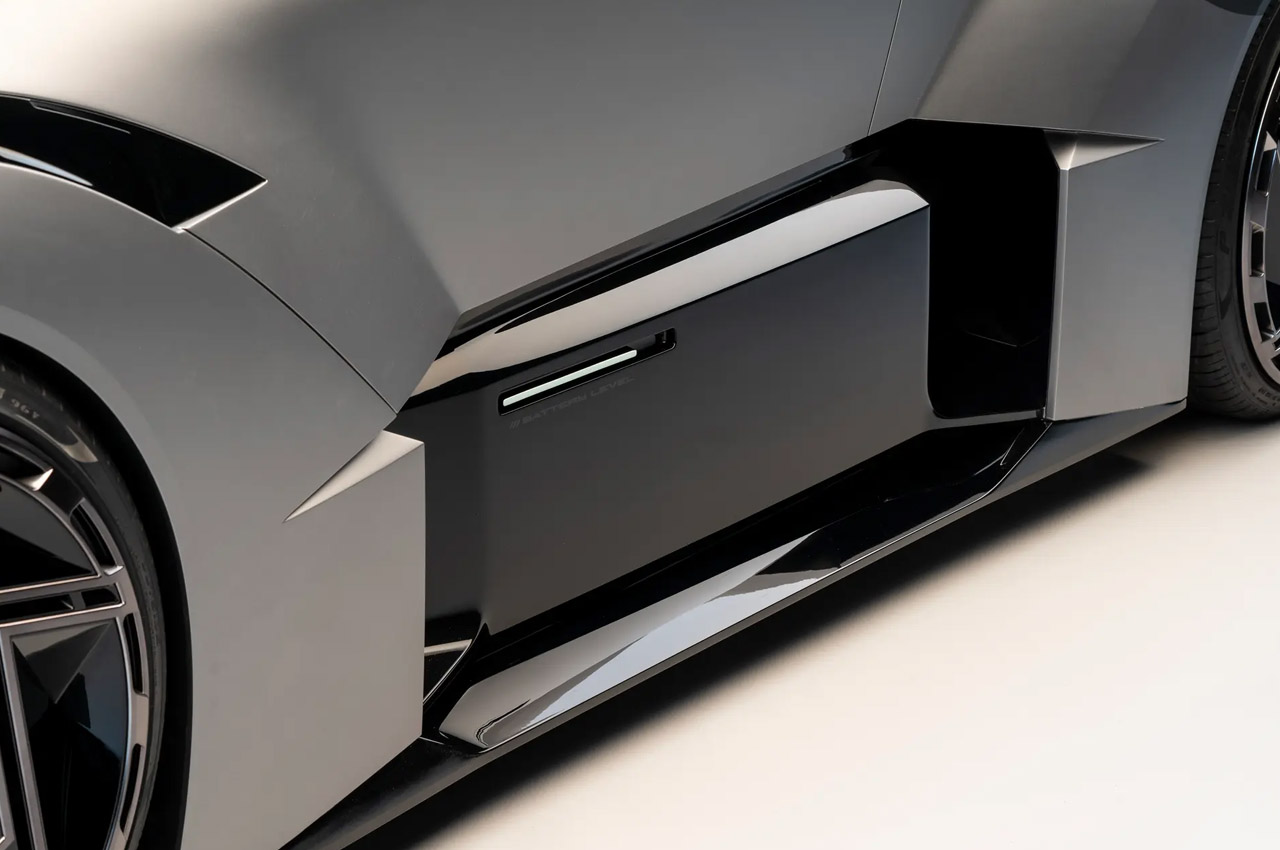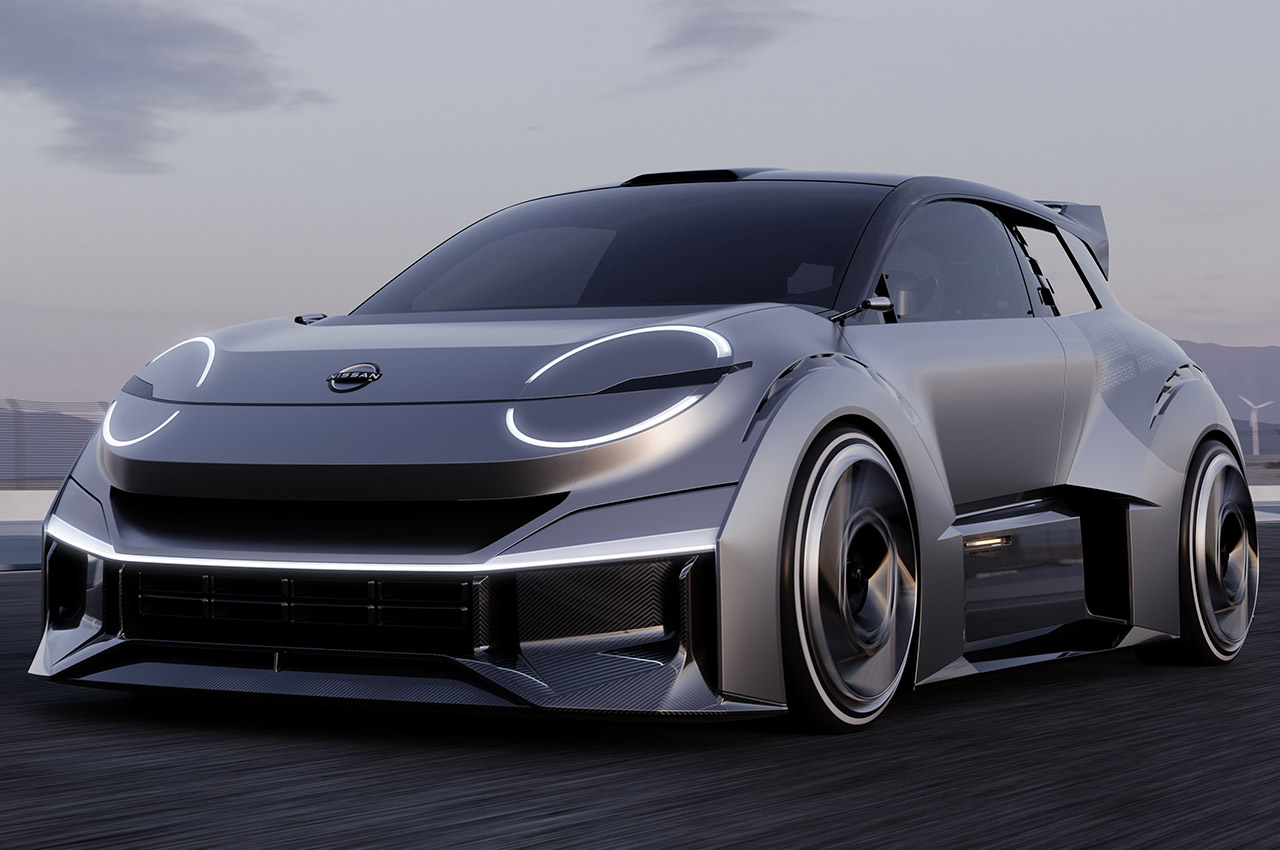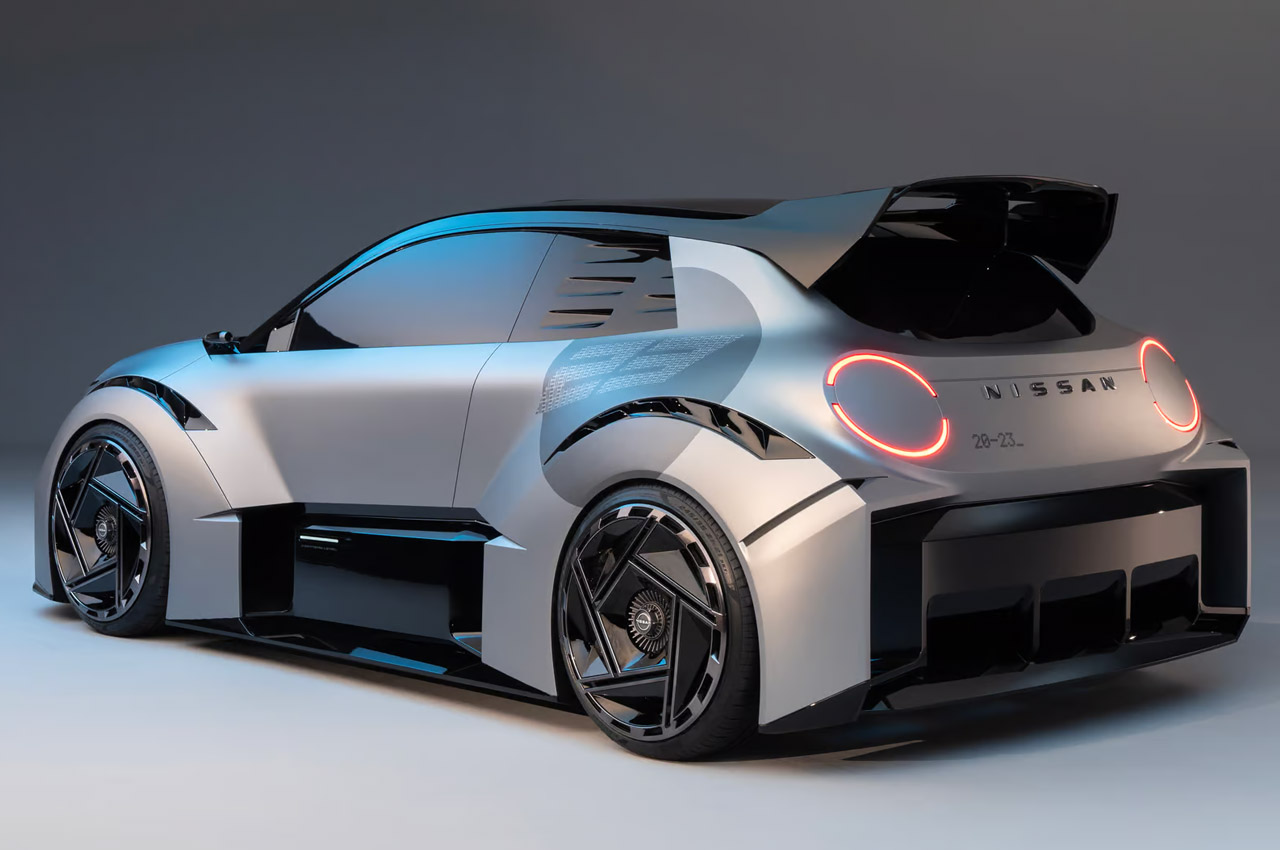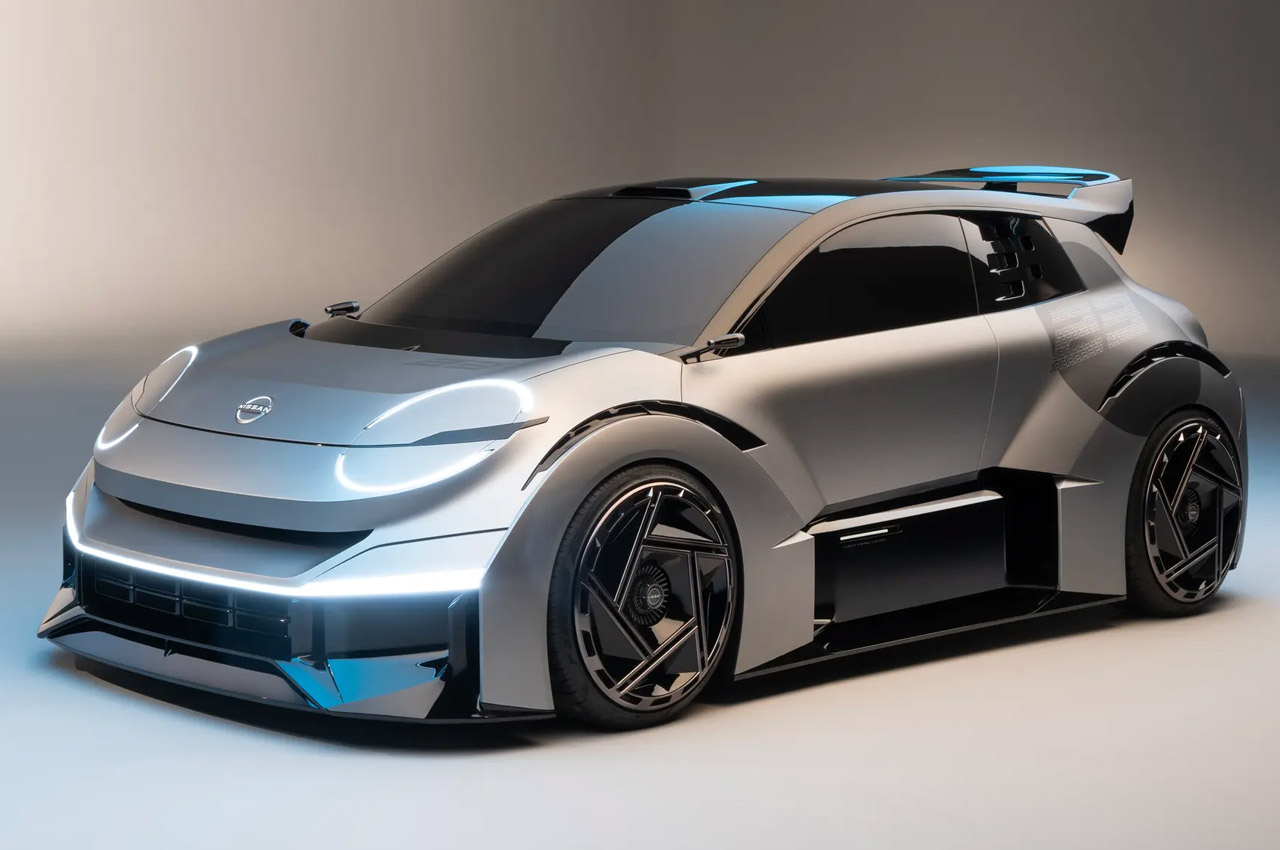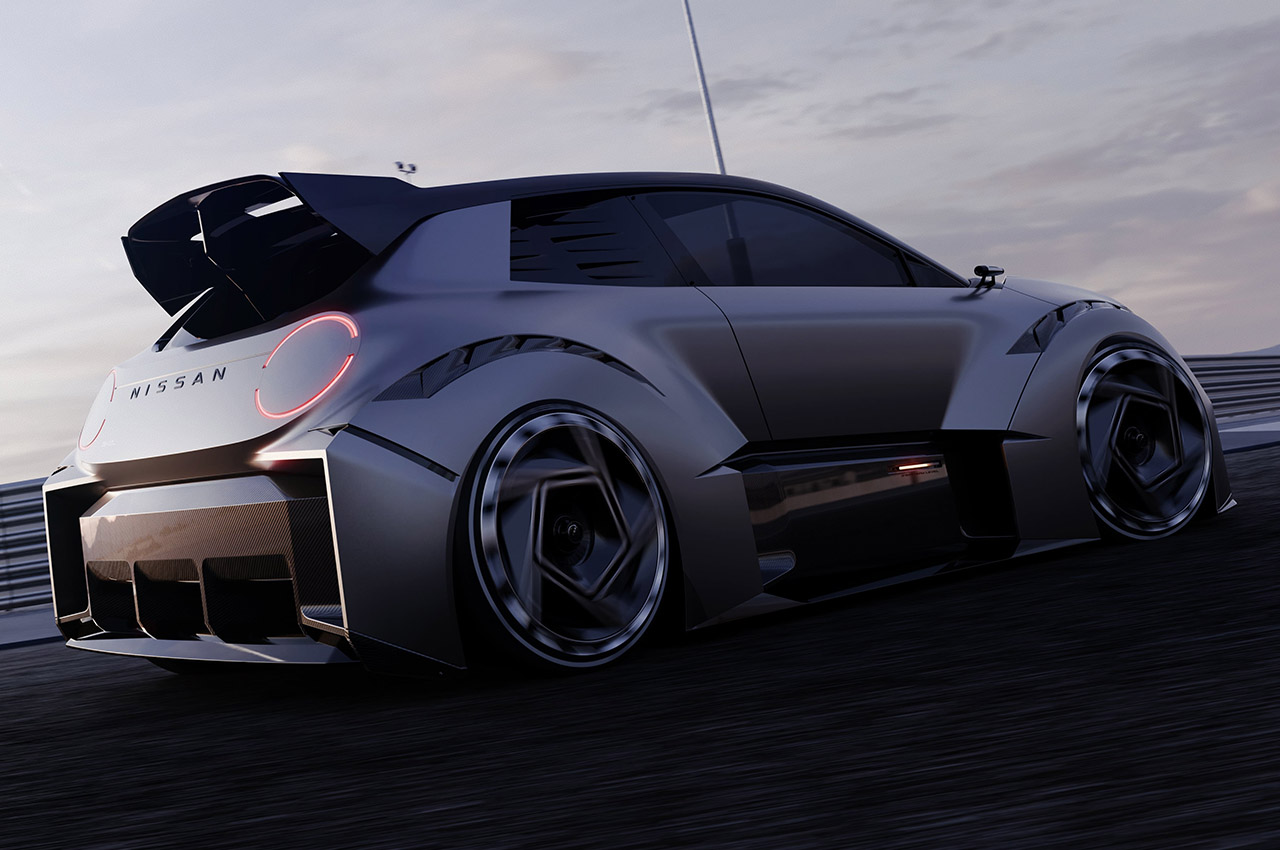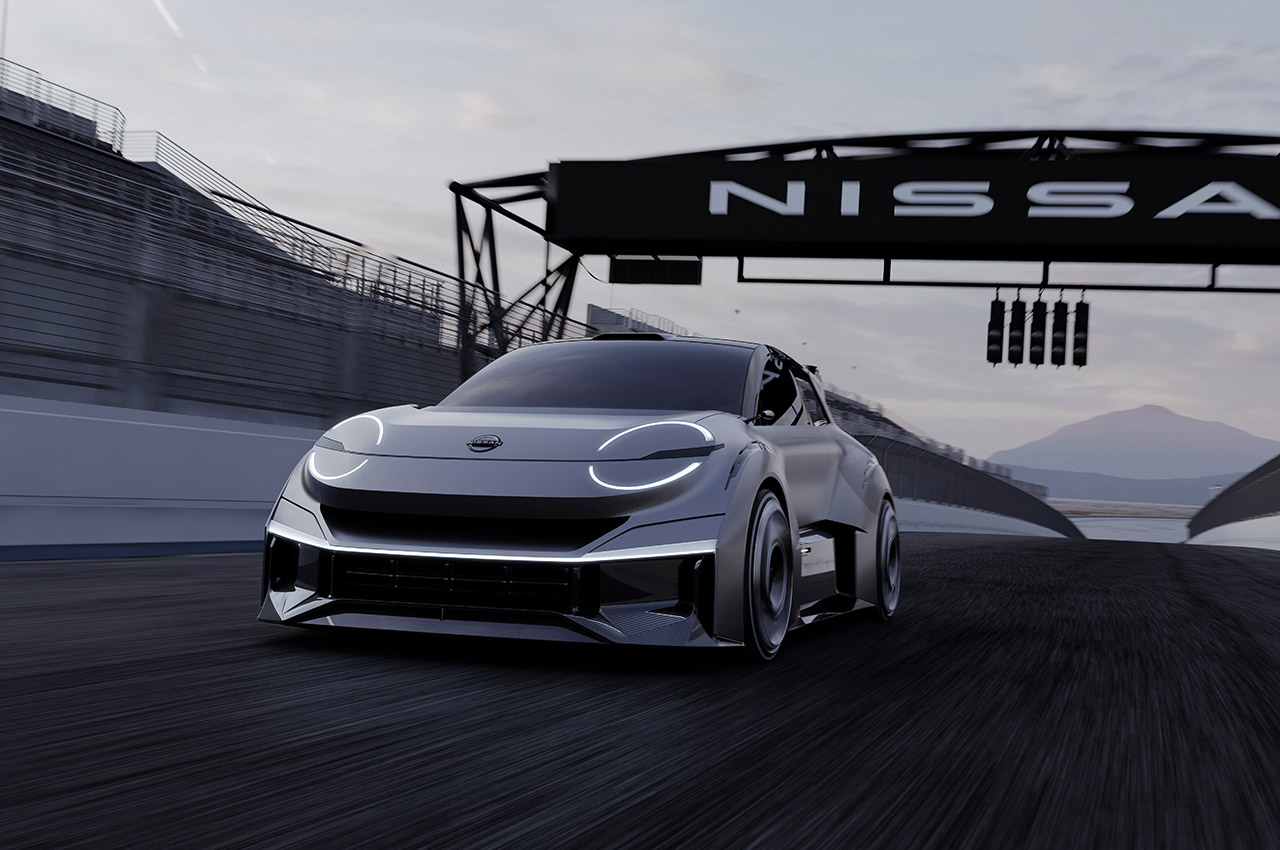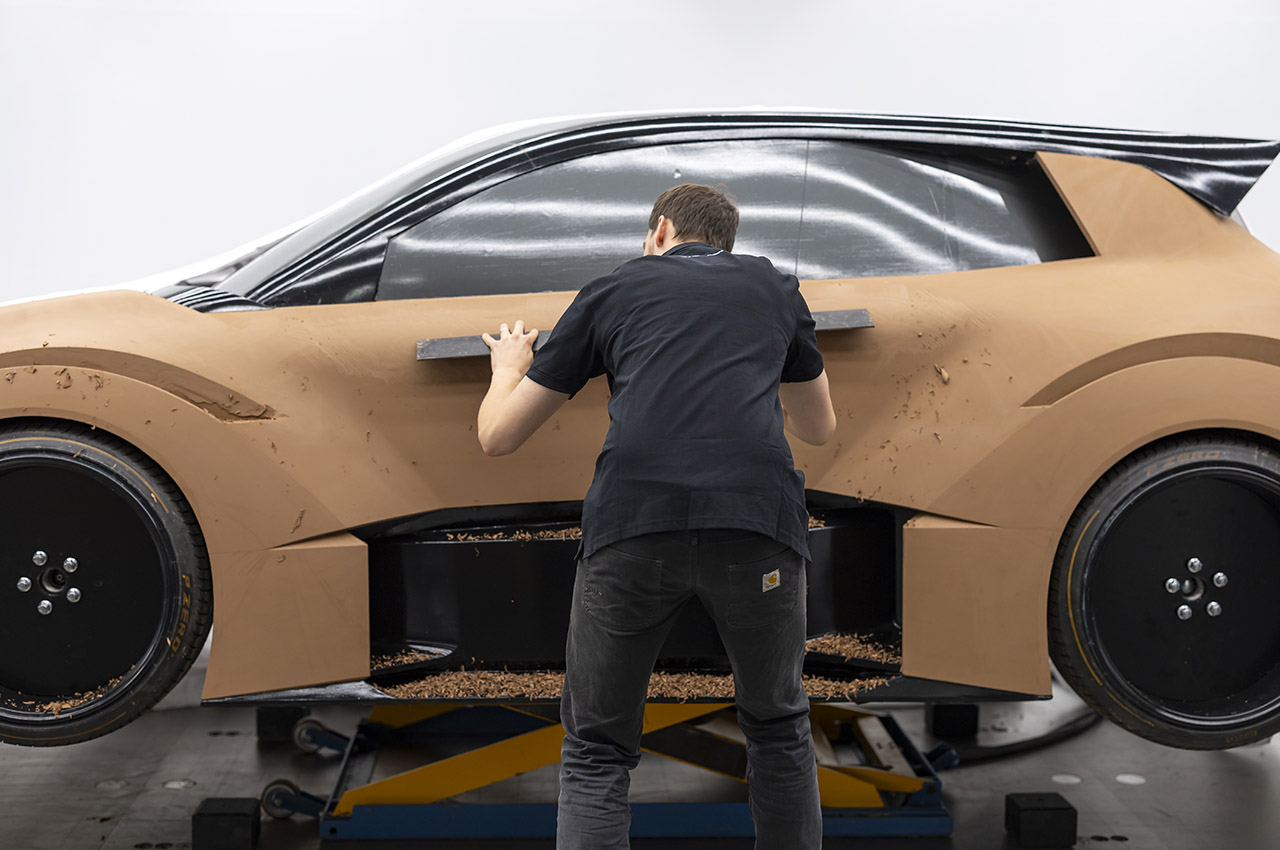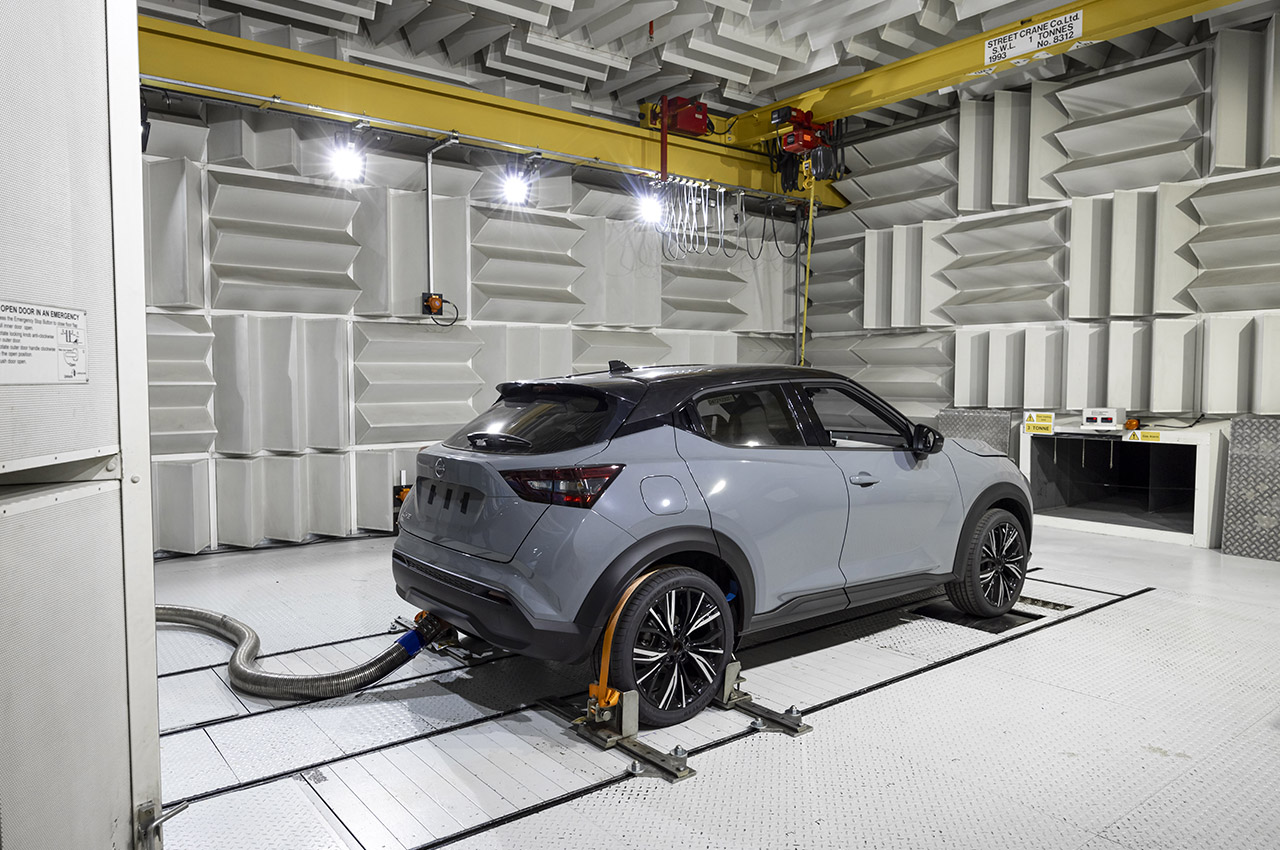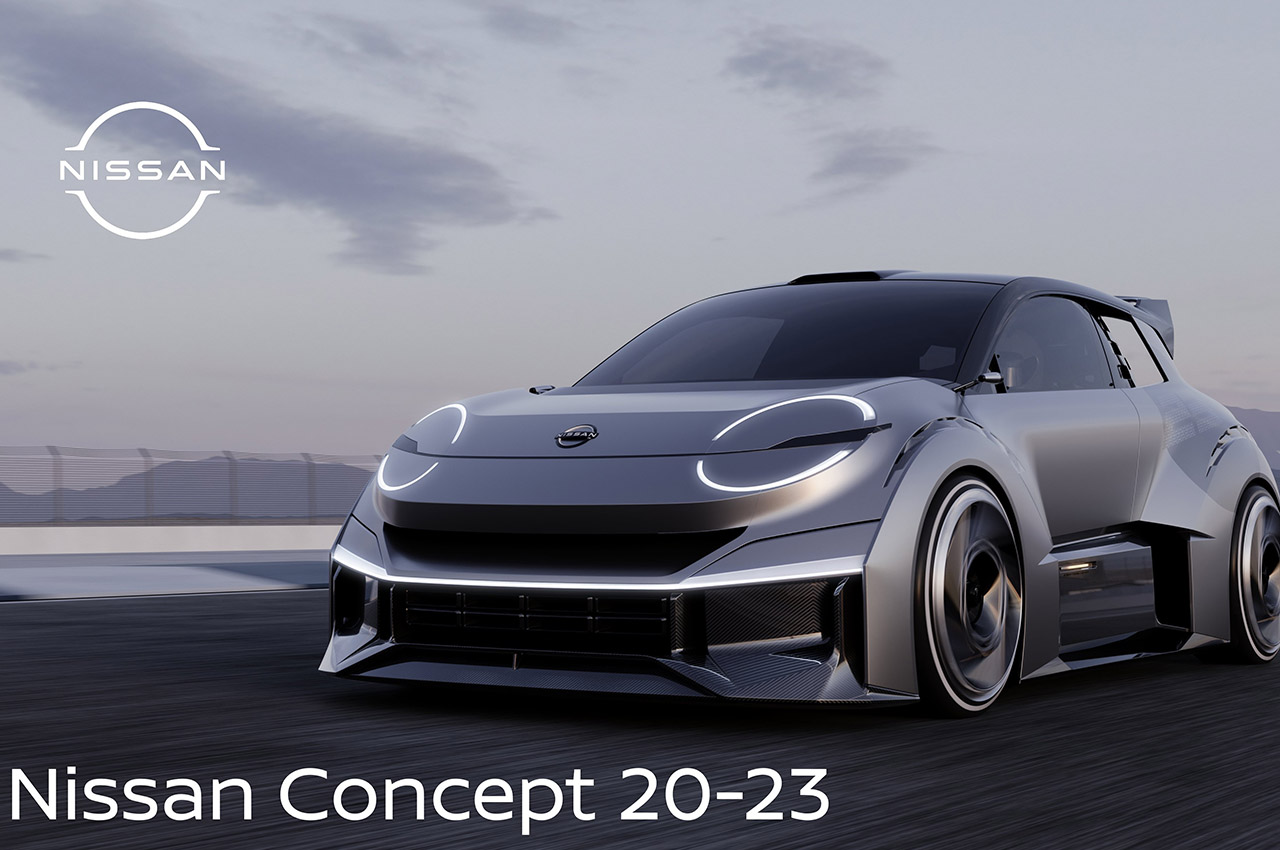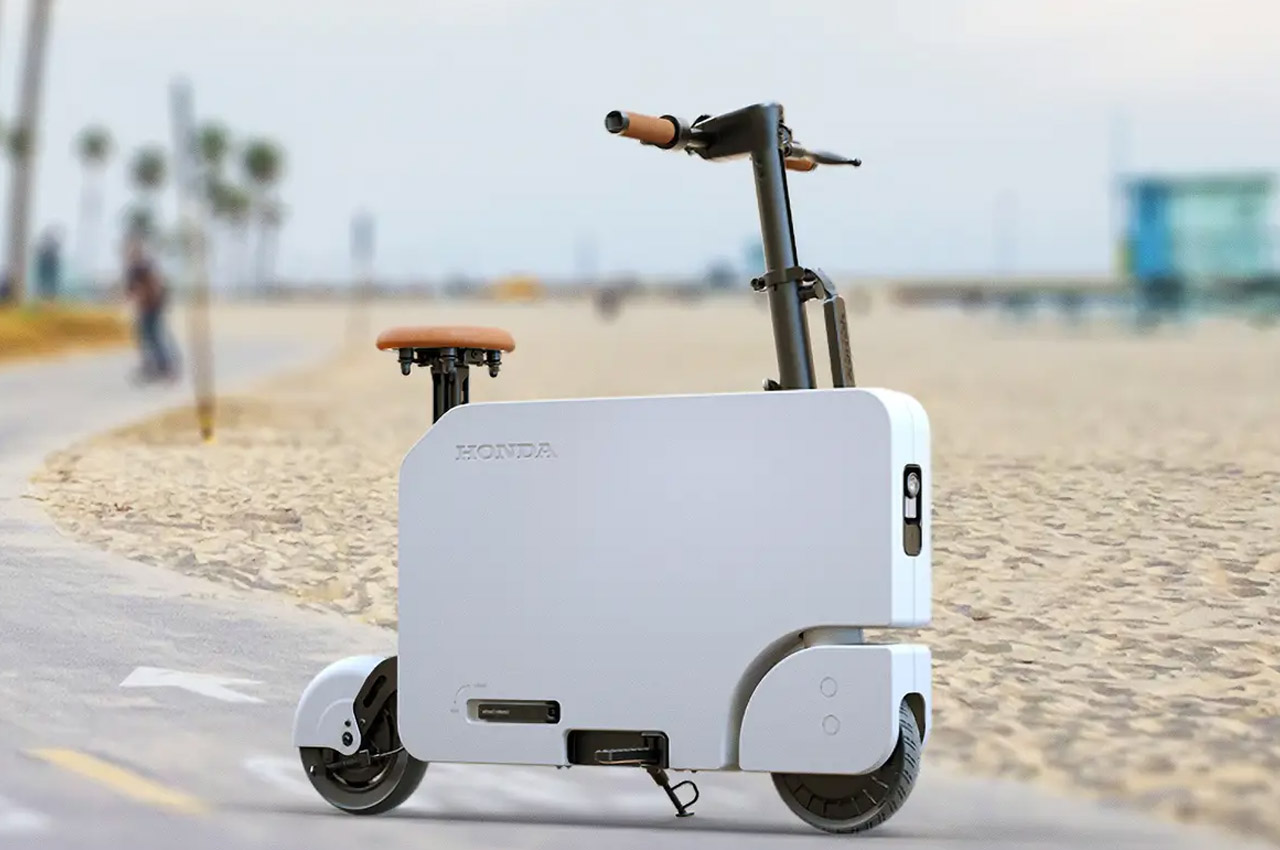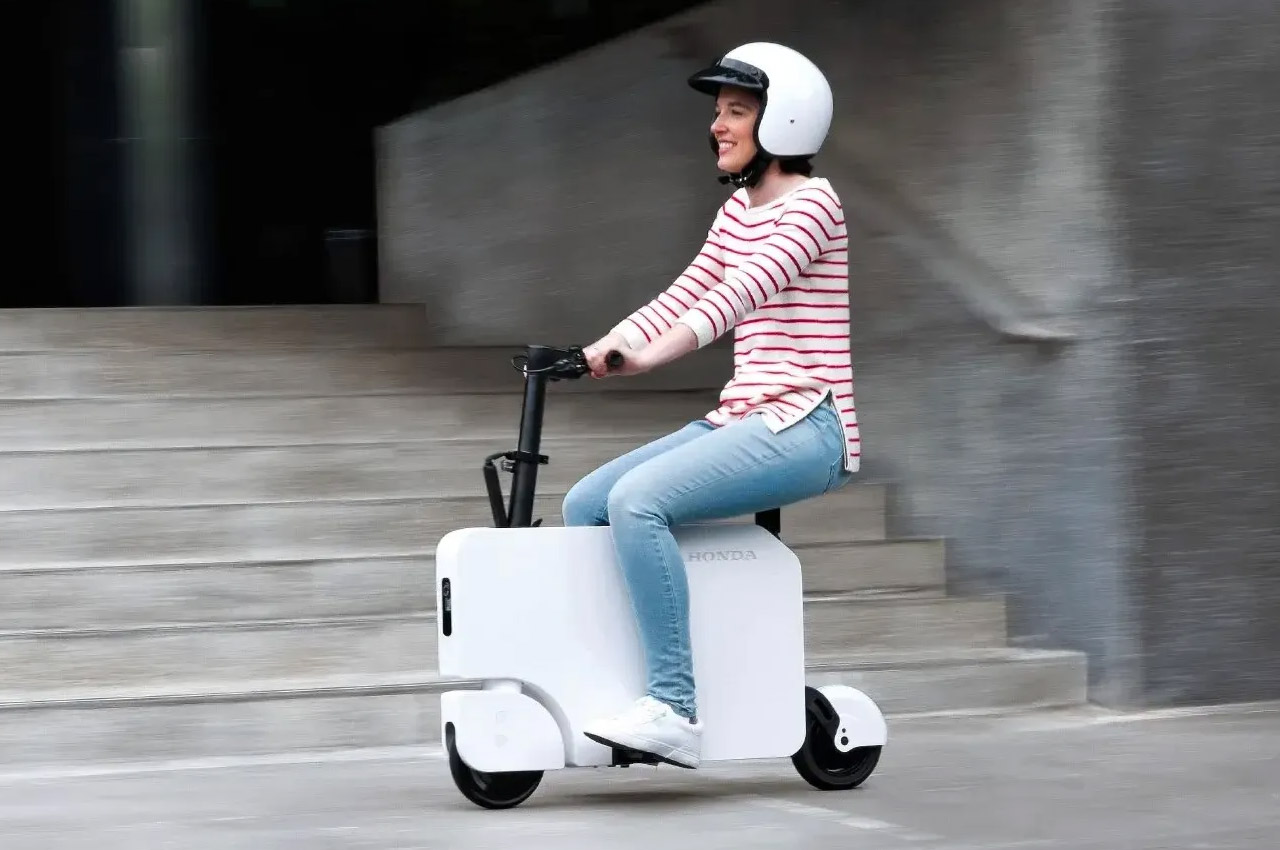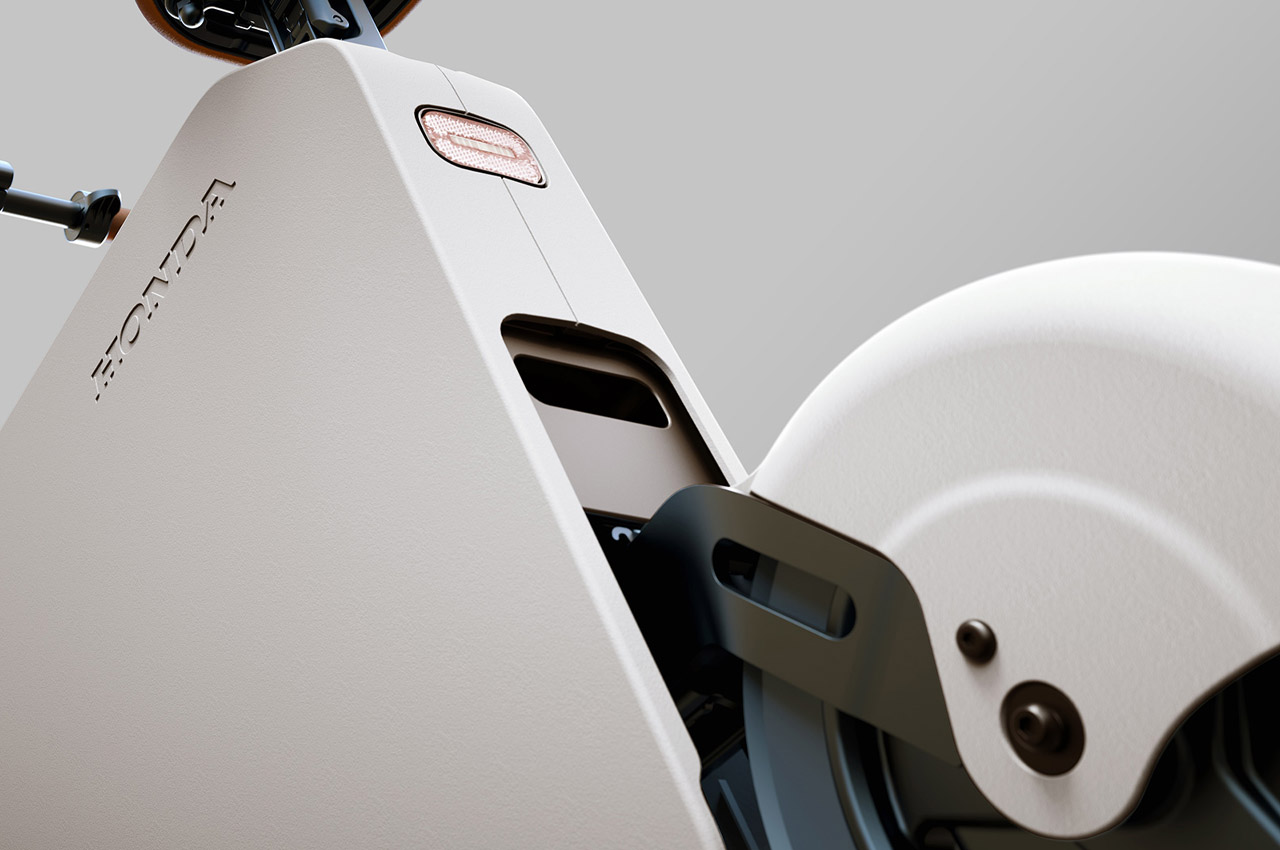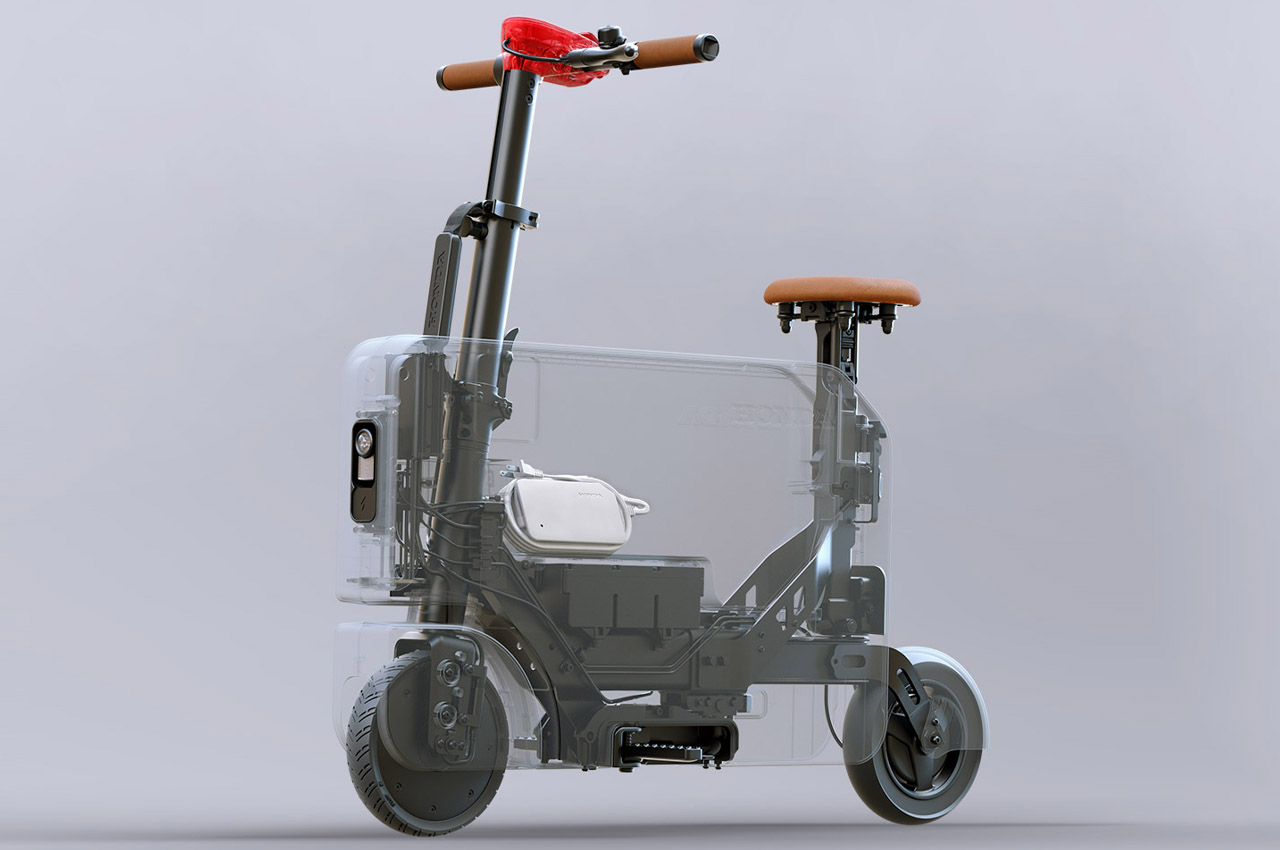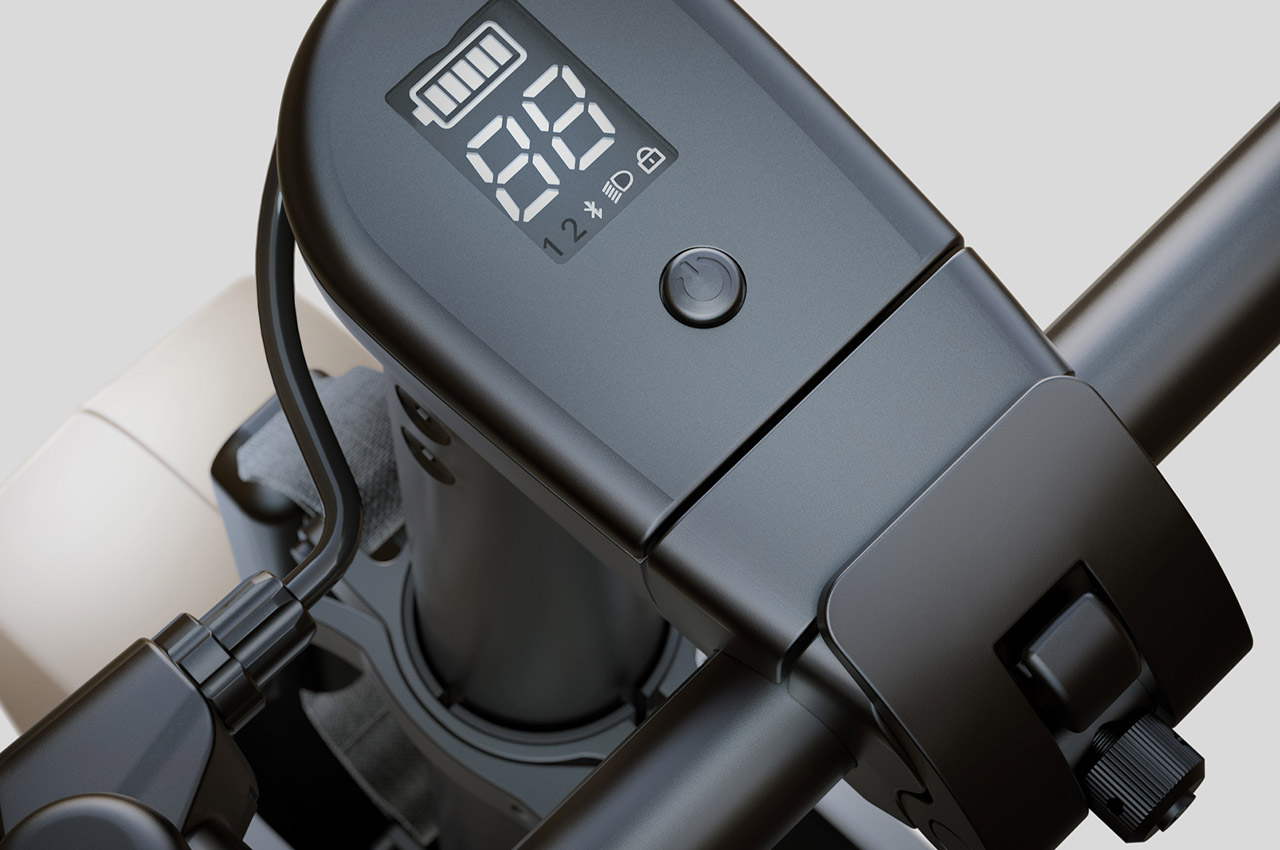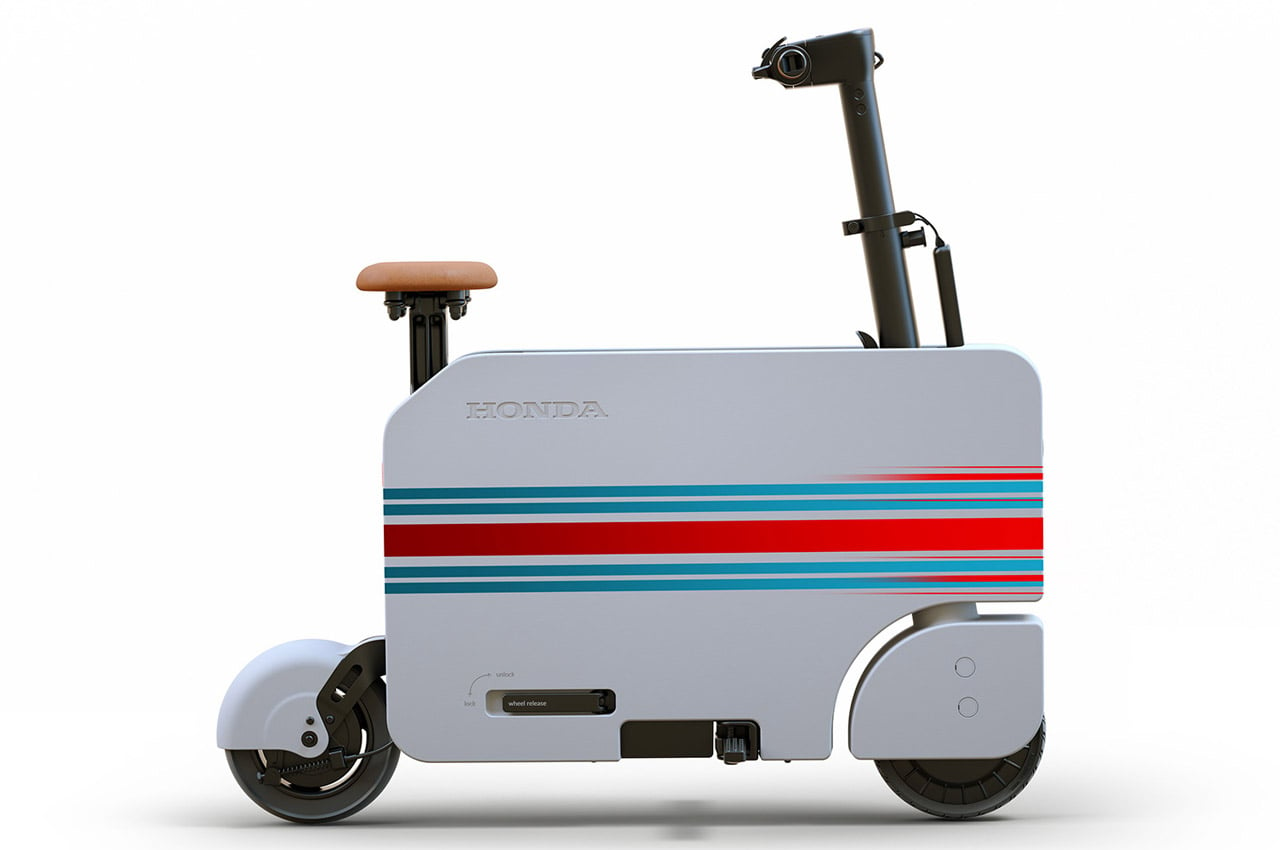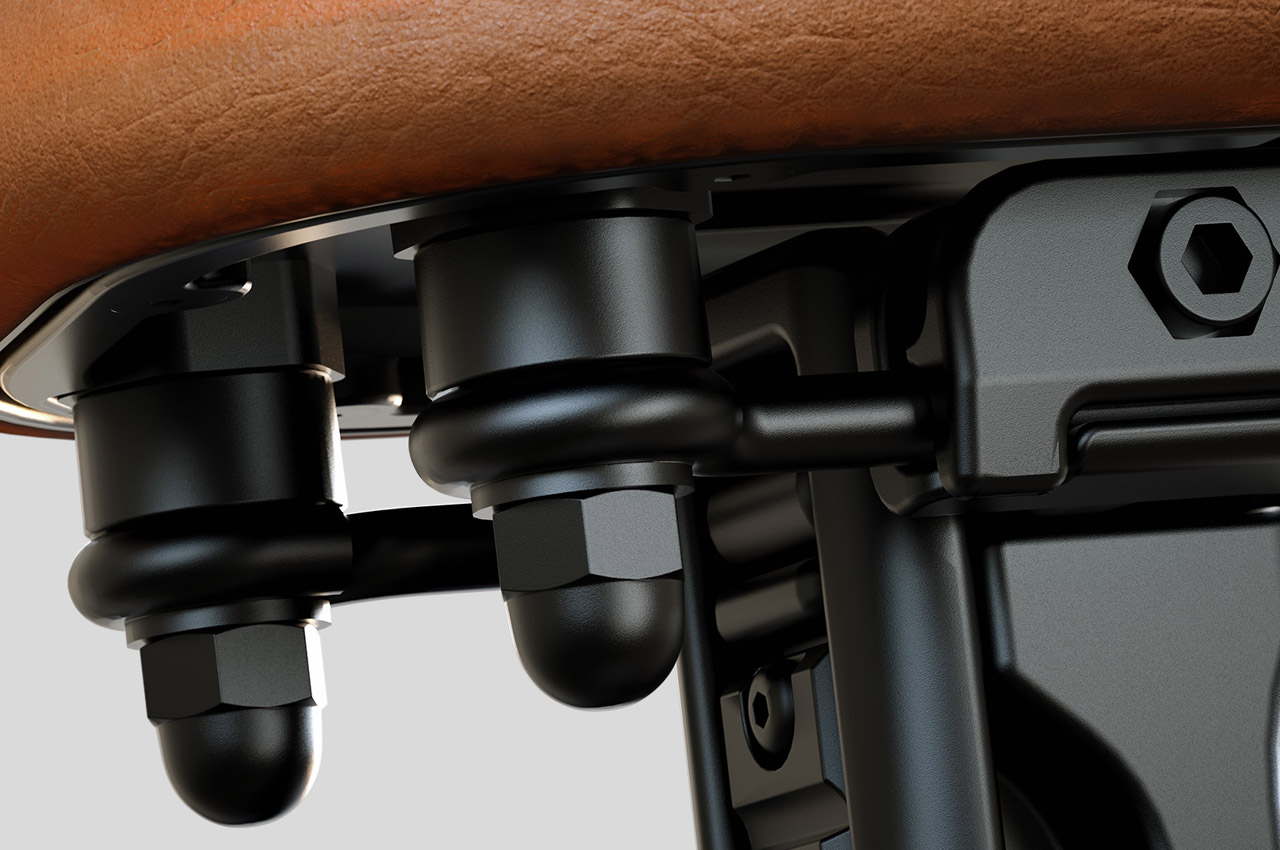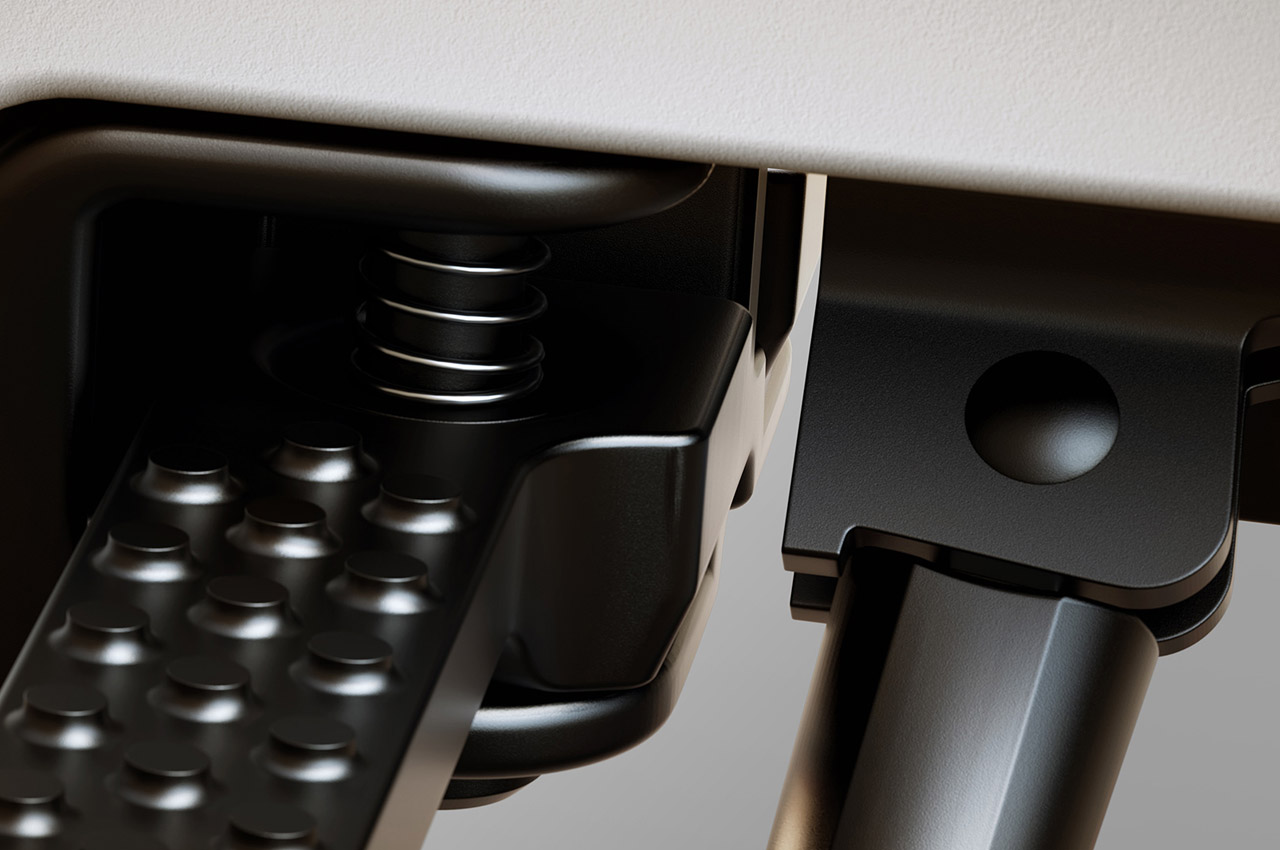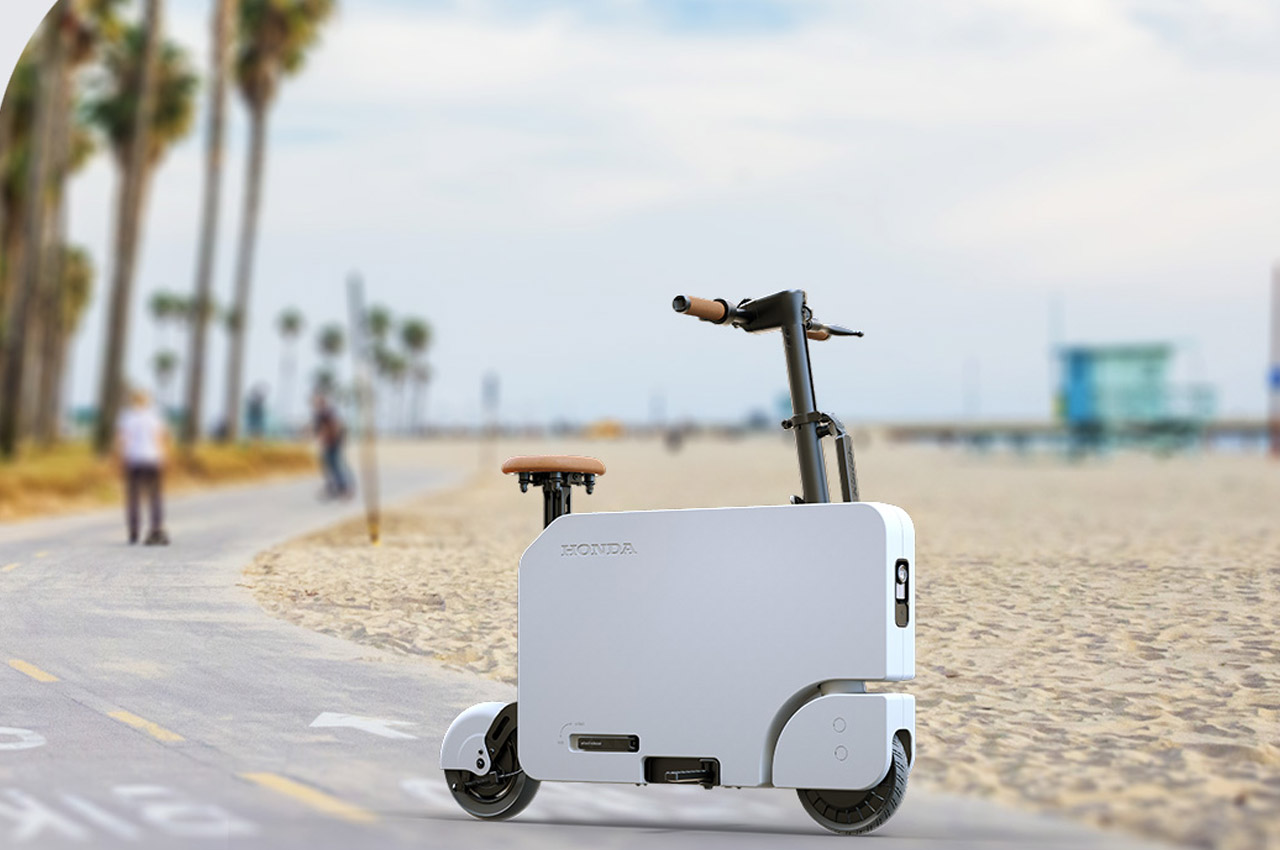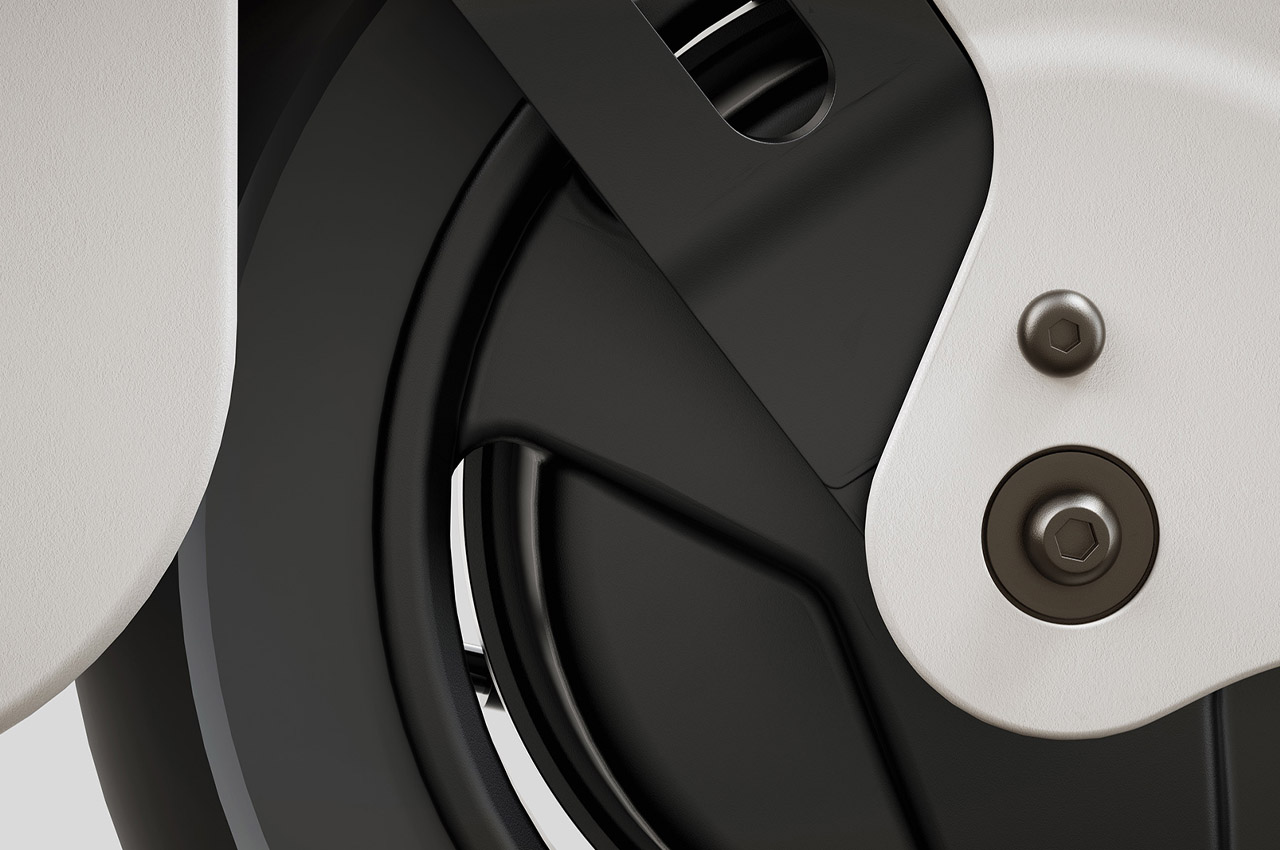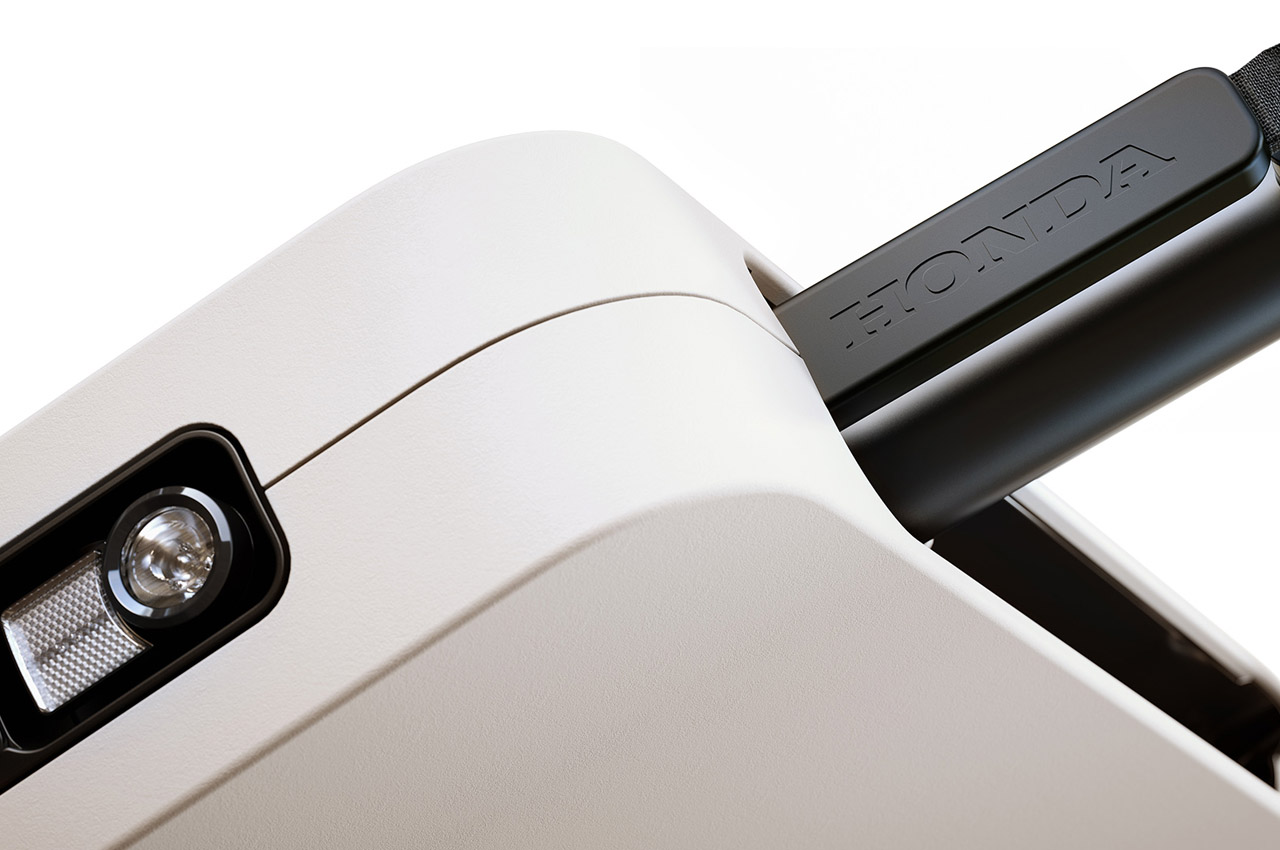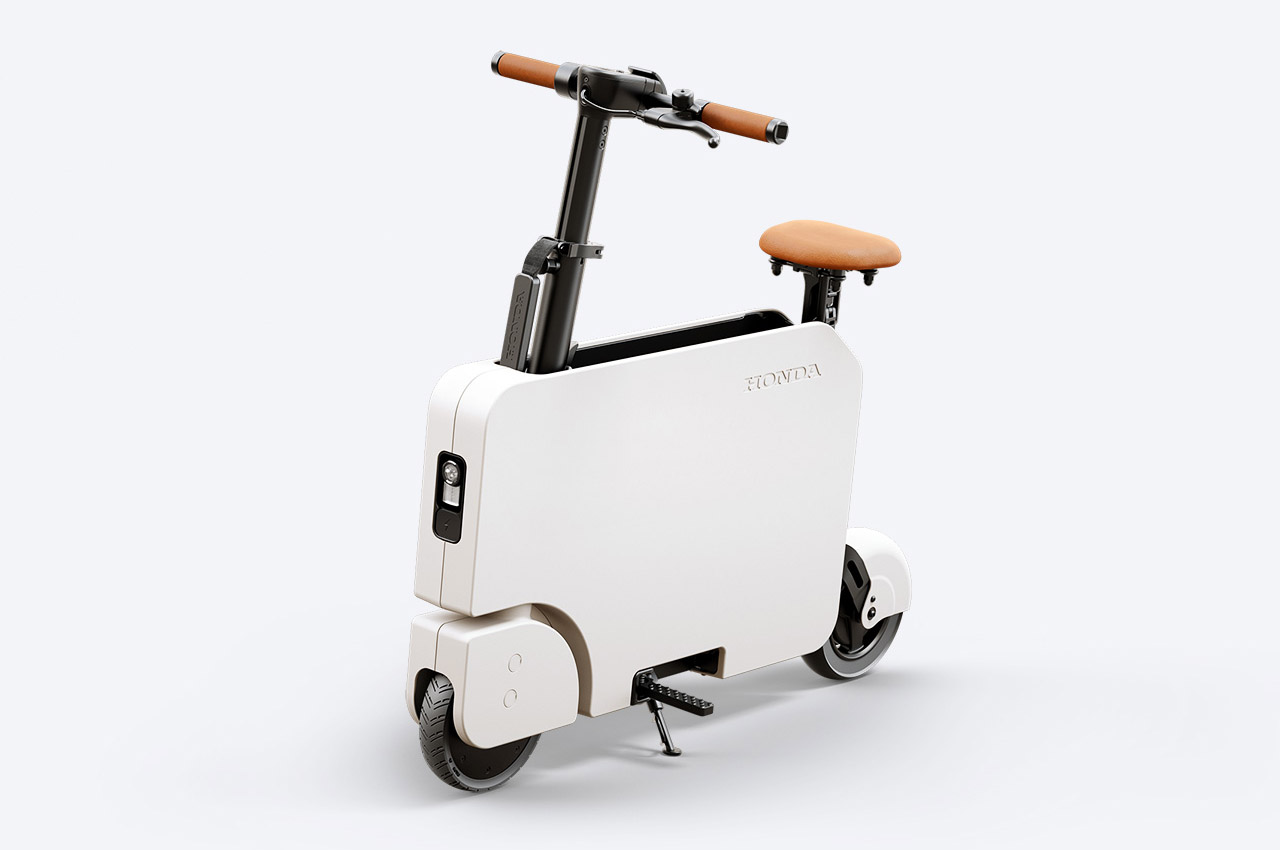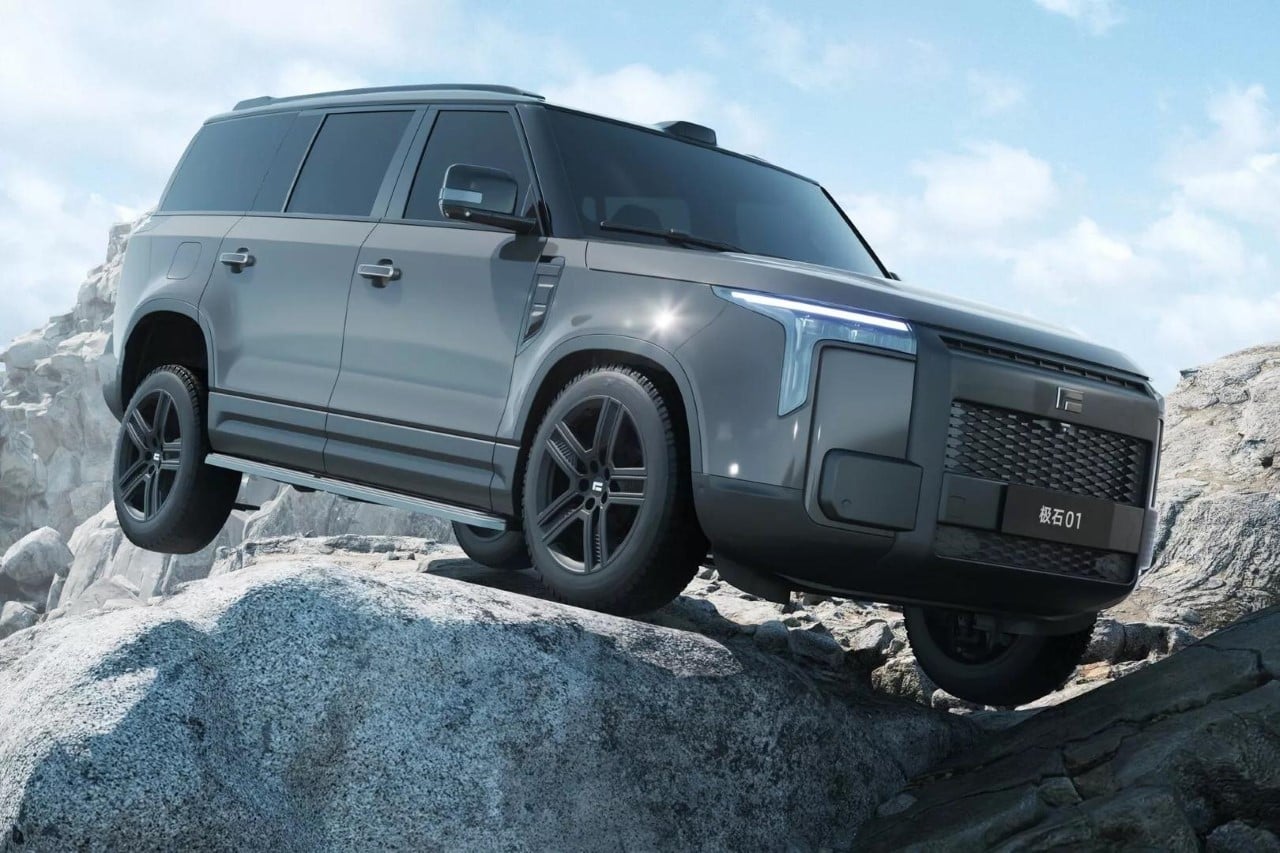
Meet the Polestones 01. Not to be confused with the Volvo-owned EV marque Polestar, this particular brand of electric vehicles comes from China… Shanghai, specifically. The Polestones 01’s design can be credited to the iconic automotive design outfit Pininfarina’s Shanghai branch. The Polestones 01’s design takes on the visage of a Land Rover Defender-esque 7-seater SUV, but boasts a few clever features like dual-axle electric powertrains that get further supplemented by a 1.5-liter turbocharged petrol engine. Clearly designed for outdoor-enthusiasts with range-anxiety, the Polestones 01 has a ‘claimed’ maximum range of 692 miles when supplemented by the petrol engine, and boasts a complete outdoor kitchen built into its tailgate, along with a fold-out gazebo that I genuinely hope becomes a standard fixture in SUVs and Pickups moving forward…
Designer: Pininfarina Shanghai
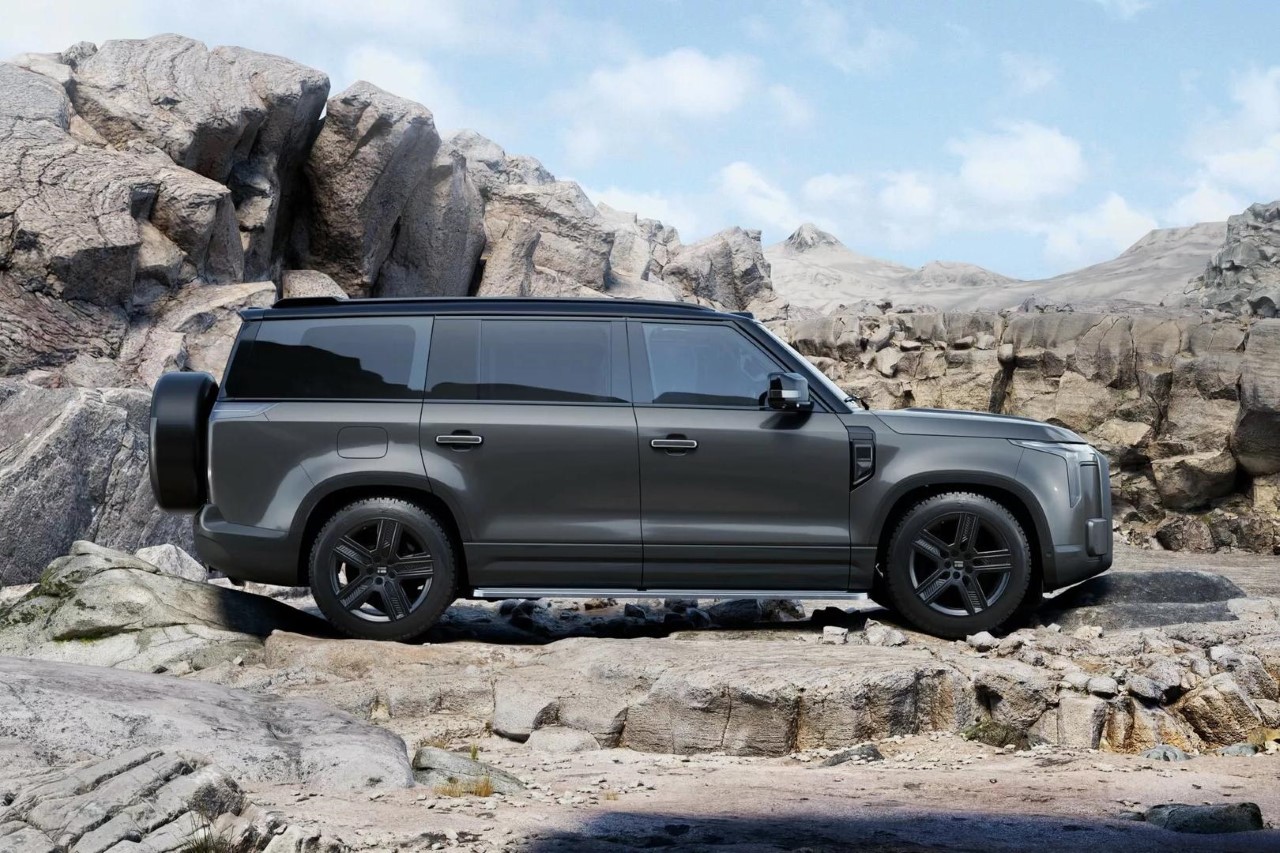
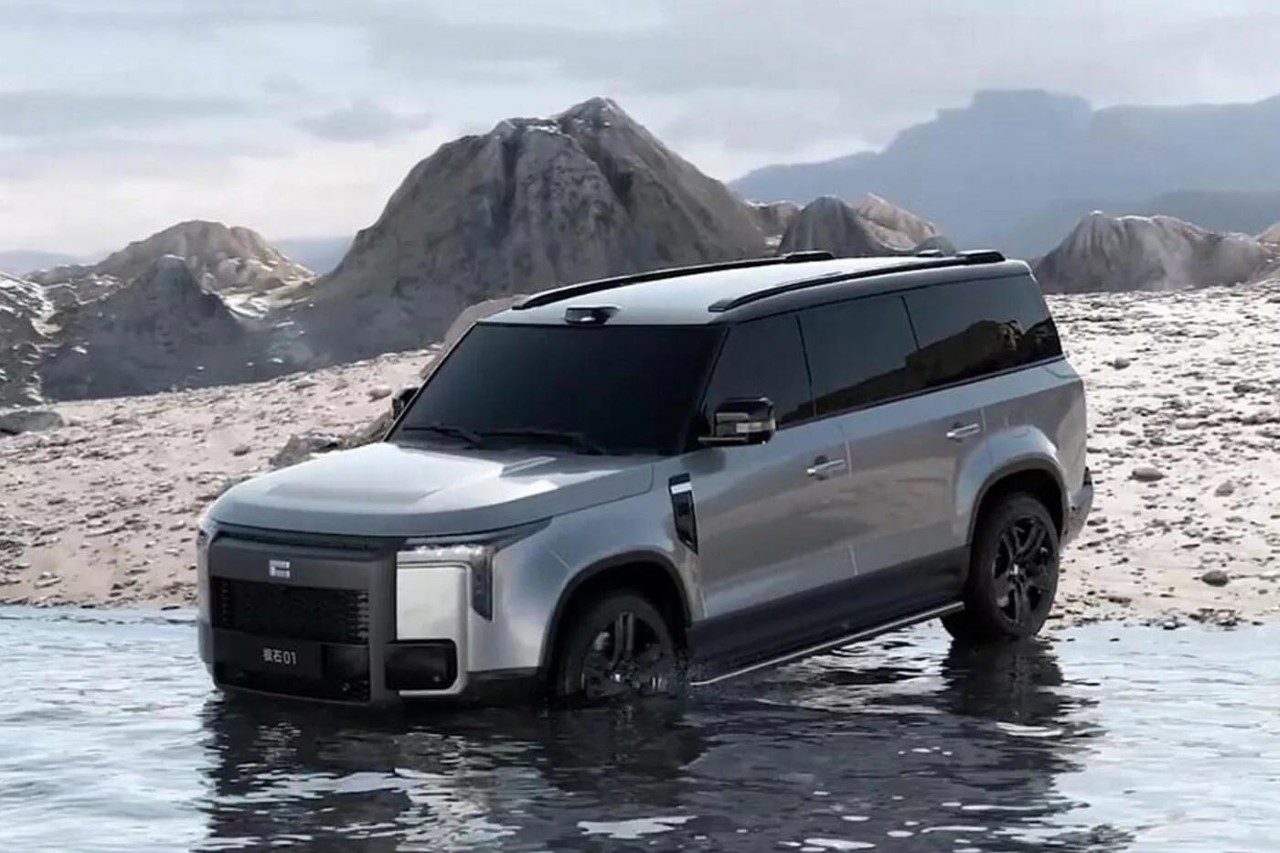
Let’s cut to the chase: The Polestones 01 isn’t shy about its ambitions. Designed by the renowned Italian coachbuilder Pininfarina, this seven-seat behemoth marries the classic boxy aesthetics with modern technology. With two length options, accommodating either six or seven passengers, it caters to both family outings and adventure-seekers. At its heart lies a range-extender powertrain, a symphony of two electric motors harmonizing with a 1.5-liter turbocharged petrol engine. The result? A robust 350kW of power and 740Nm of torque, capable of propelling the 01 from 0-100km/h (0-62mph) in a mere 5.5 seconds. While its electric-only range stands at 234km (145 miles), invoke the petrol engine, and you’re looking at a staggering 1113km (692 miles) journey.
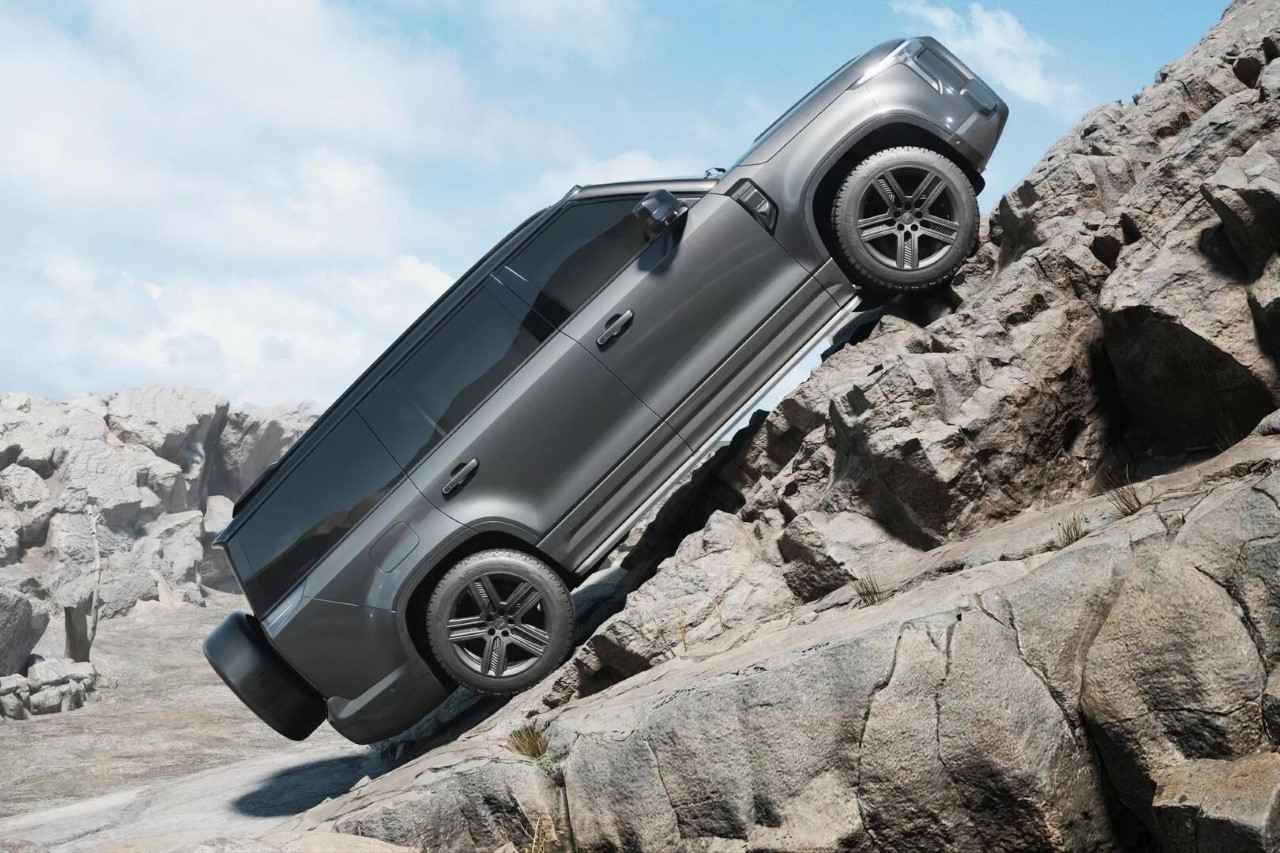
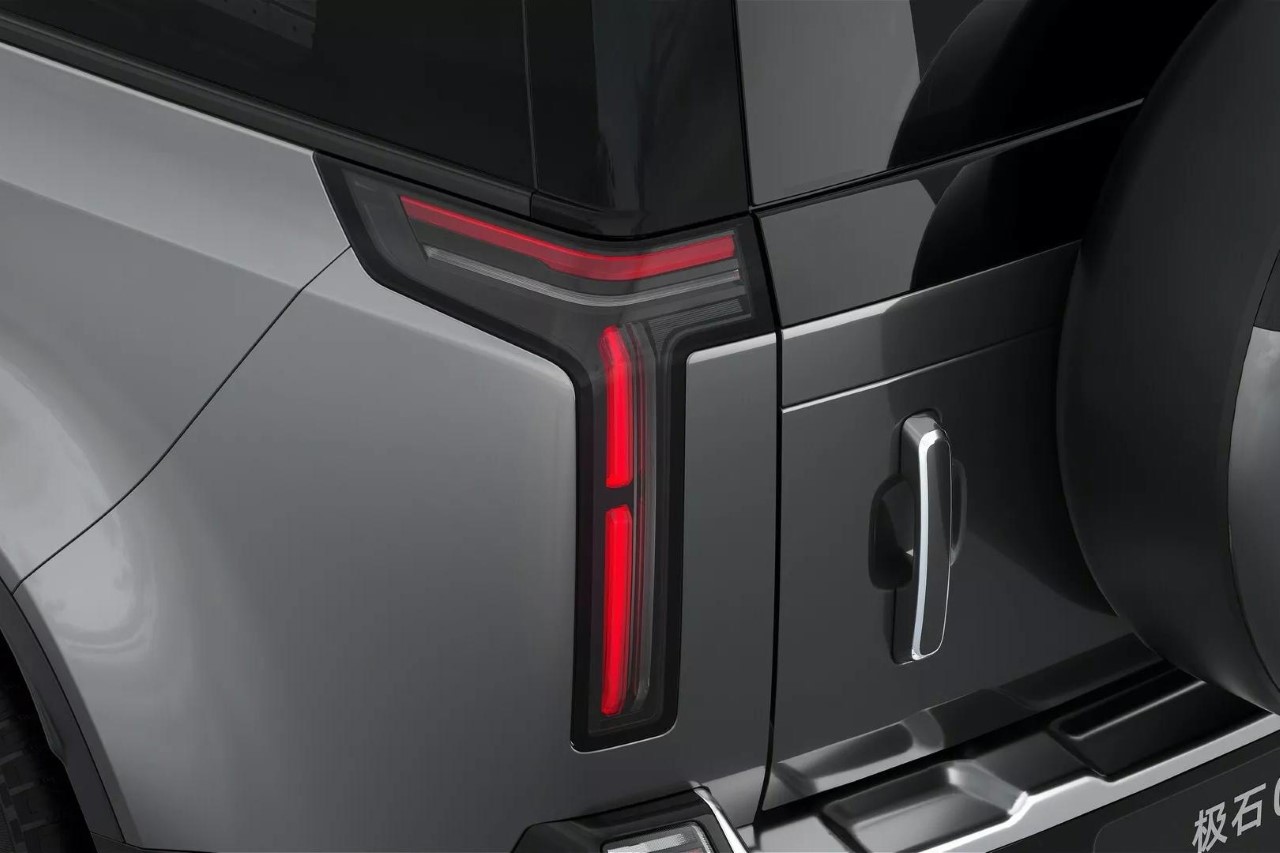
A comprehensive array of six cameras, five millimeter-wave radars, 12 ultrasonic sensors, and not one, but three LiDAR units stand guard, ensuring a secure and informed drive. This level of detail extends to its suppliers as well; industry giants like Bosch, CATL, Continental, Valeo, and of course, Pininfarina, have all played a part in bringing this vision to life.
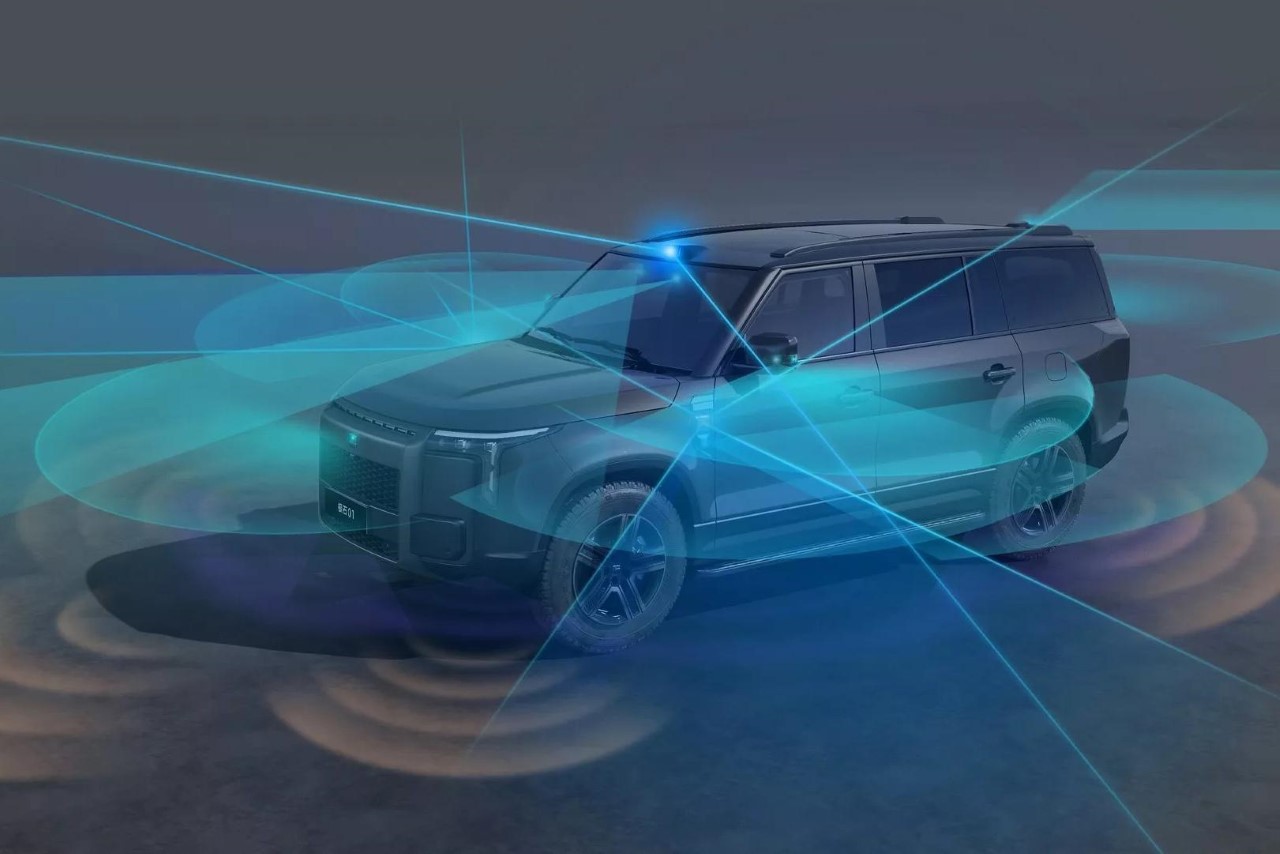

But here’s where it gets deliciously interesting: the Polestones 01 features a camper-van style kitchen right in its tailgate. You’ve got a deployable kitchen neatly tucked in the tailgate, complete with an induction cooktop and water dispenser, all shielded by a fold-out gazebo. Inside, the six-seat variant boasts individually reclining seats and a roof-mounted dropdown screen, transforming the cabin into a mobile lounge. Opt for the seven-seater, and you’re treated to a transformational space that converts into a king-sized bed.
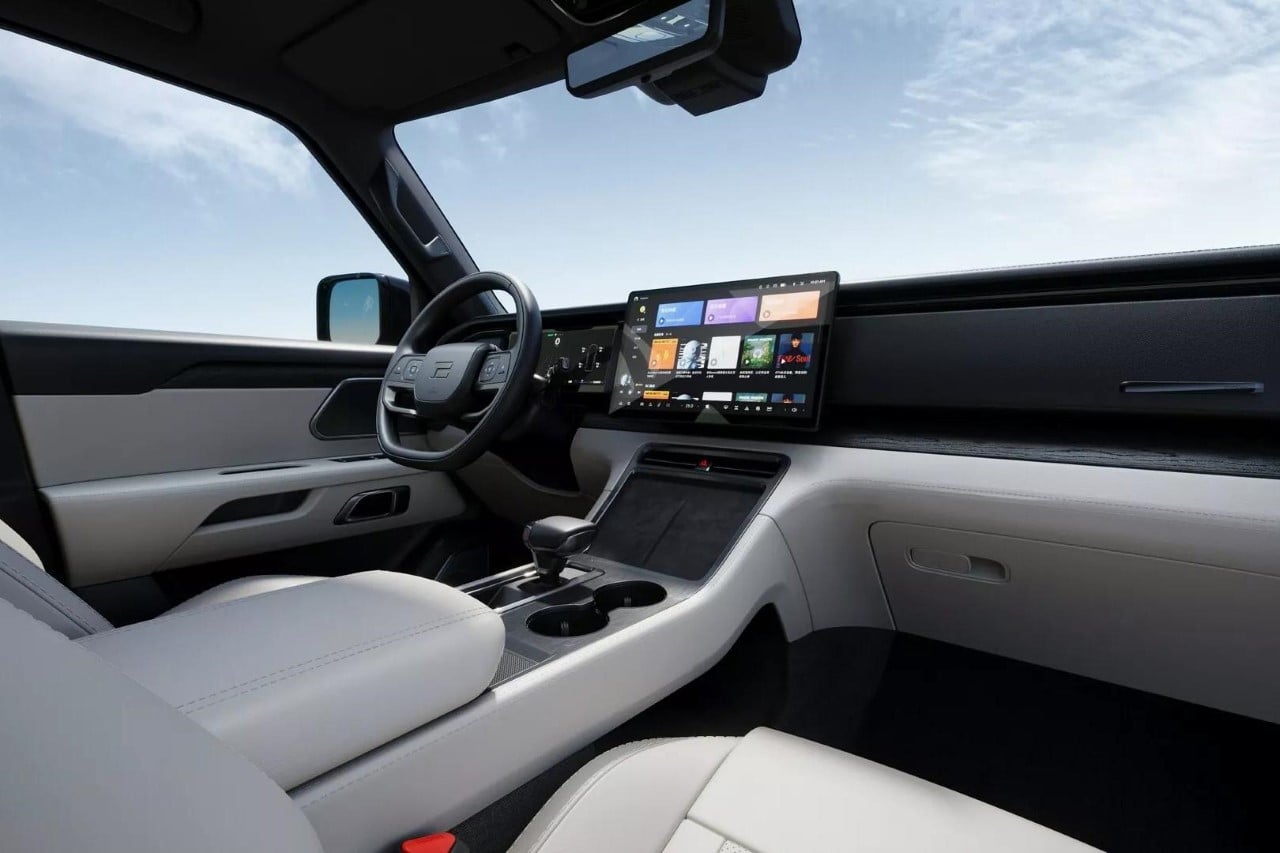
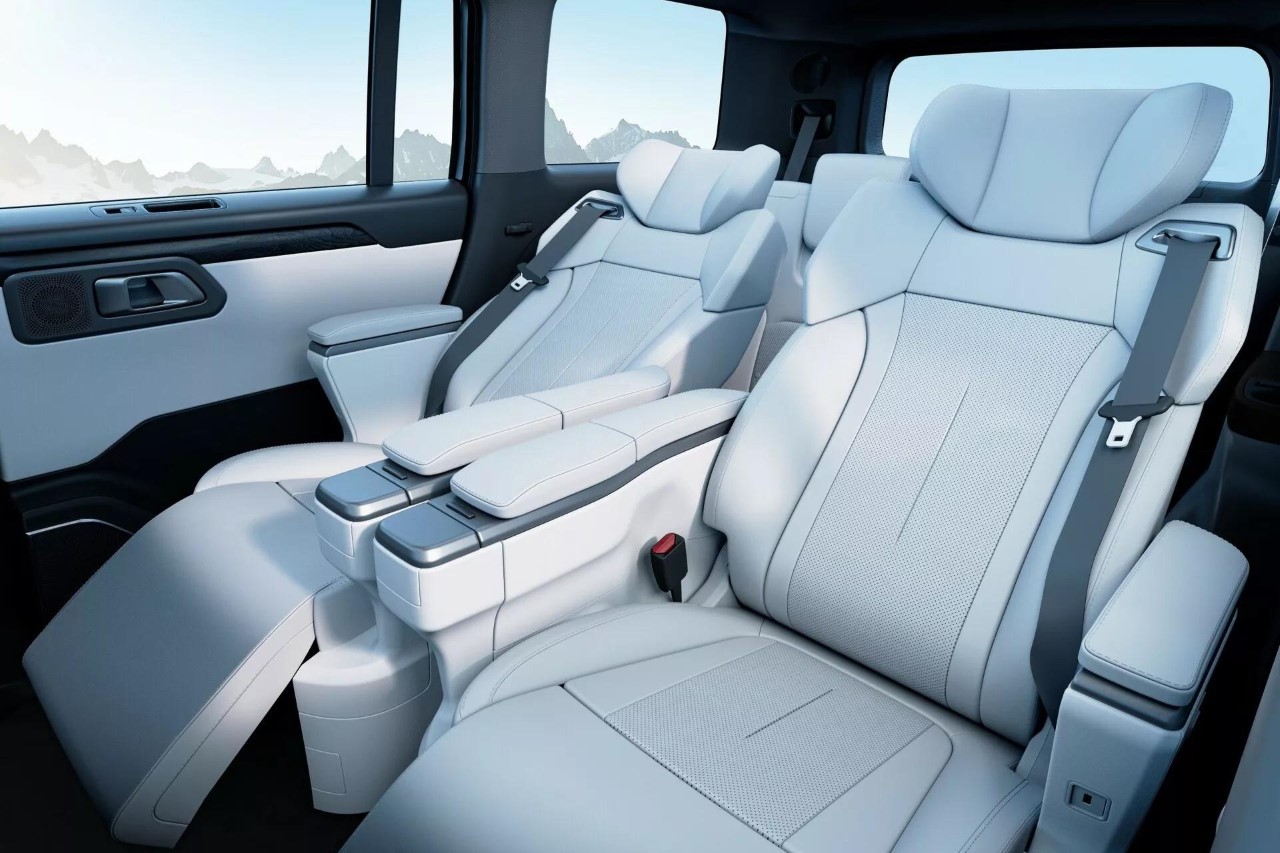
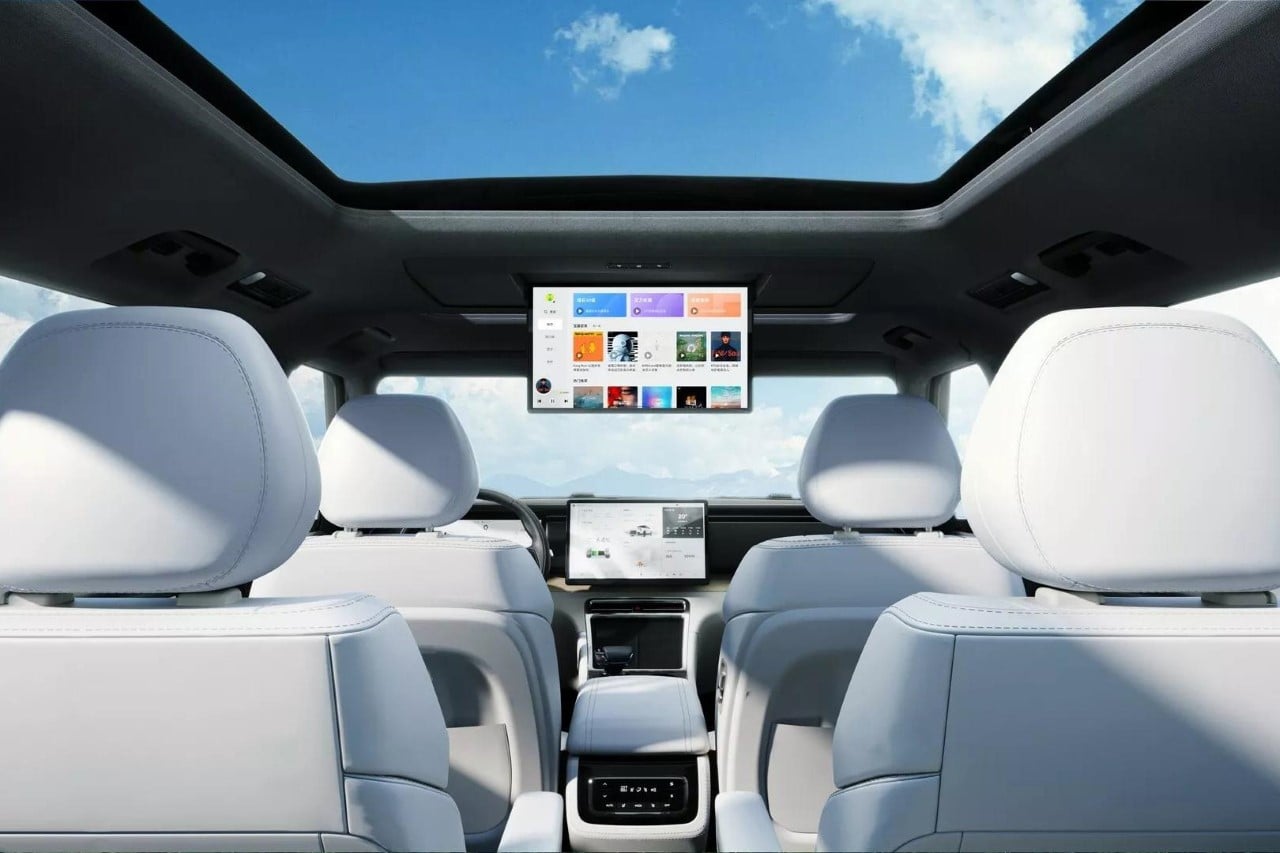
The dual-infotainment system separates function from recreation, allowing the driver to focus on the details that matter, and a larger screen for the rear occupants to enjoy a nice movie while on a long roadtrip.
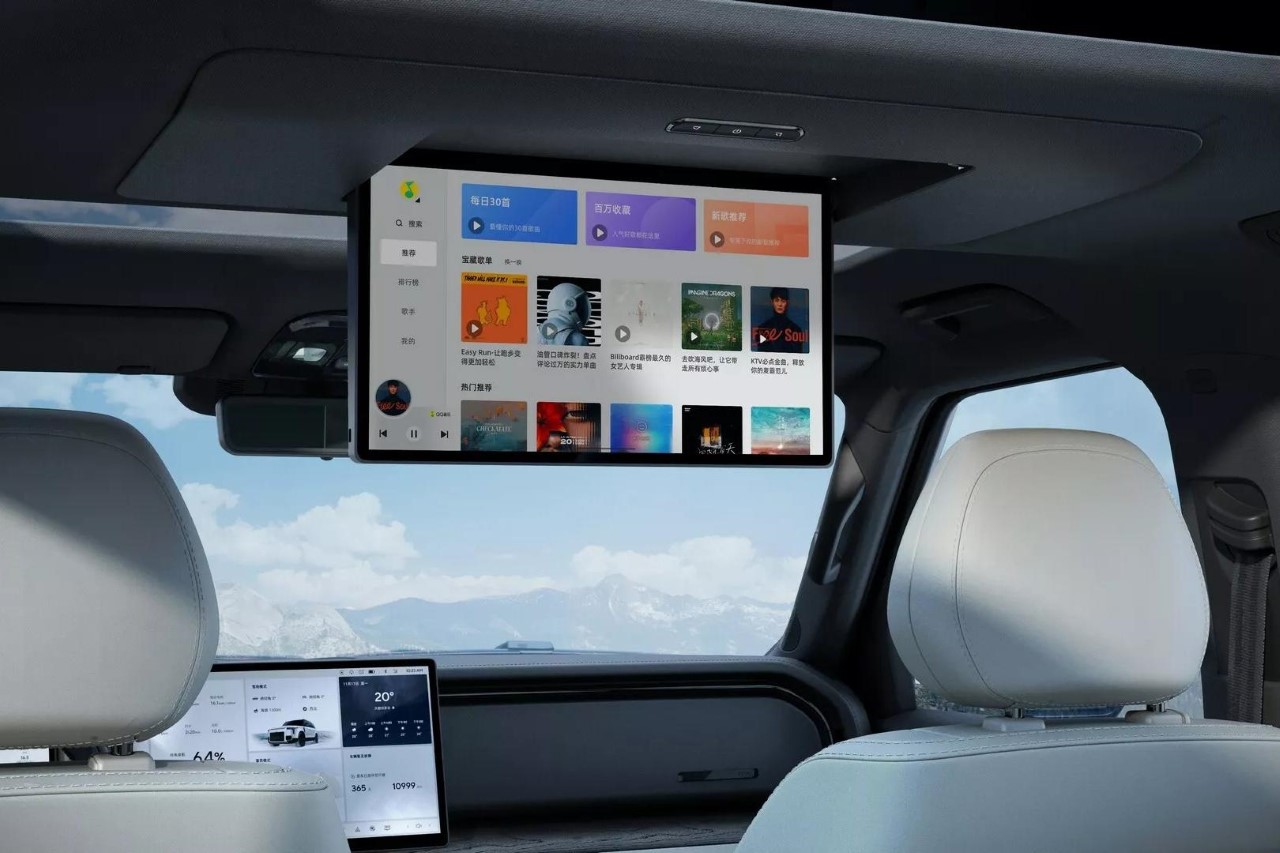
Yet, for all its grandeur, the Polestones 01 doesn’t exist in a vacuum. It enters a market increasingly enamored with the boxy, rugged charm of vehicles like the Land Rover Defender. It joins the ranks of other Chinese contenders like the Tank 300 and Haval Raptor, each vying for a piece of the global automotive pie. However, what sets it apart is that bold blend of classic design, cutting-edge technology, an unapologetic nod to luxury that might just turn heads and shift perceptions of Chinese automotive innovation, and that fold-out gazebo that gets extra points for creativity. As it gears up for its debut, the industry watches with bated breath, wondering whether this blend of old-school charm and new-age tech will resonate with the global consumer.
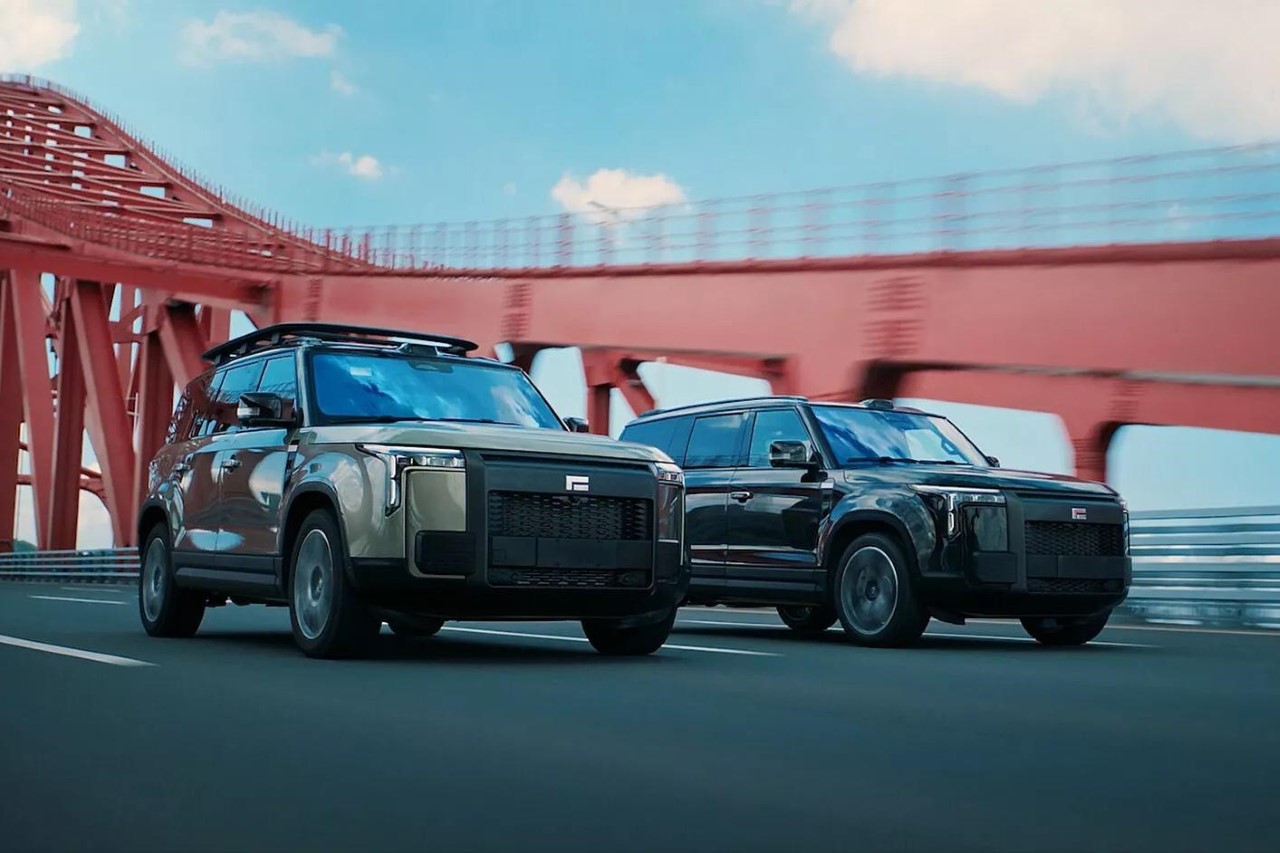
The post Pininfarina’s latest Electric SUV has a 692-mile maximum range… and a strangely familiar name first appeared on Yanko Design.
